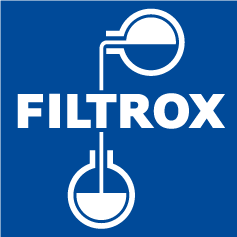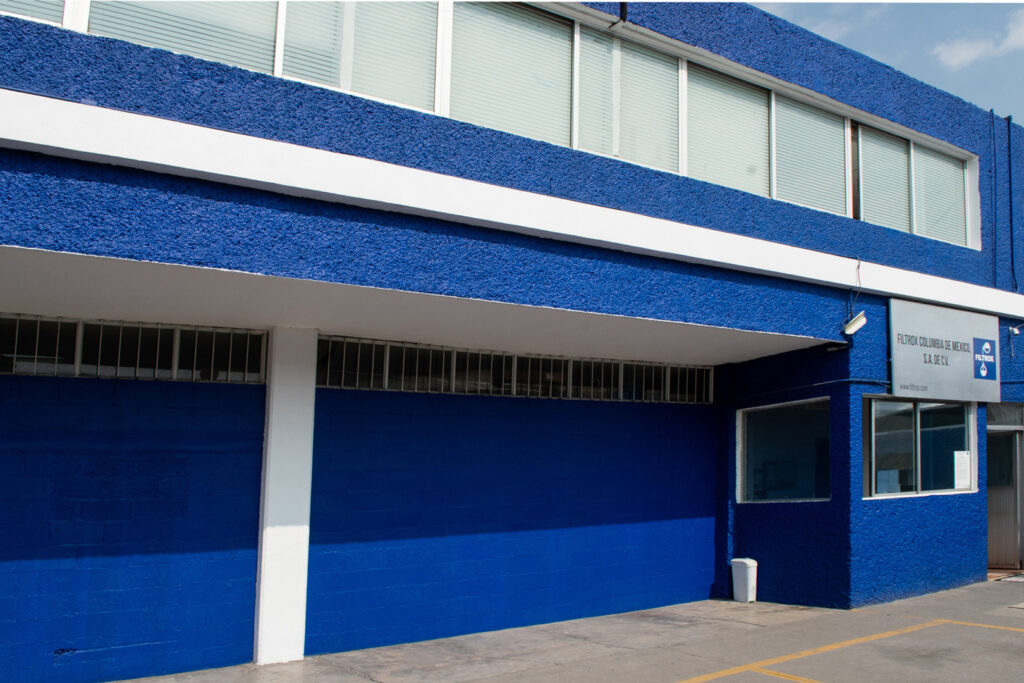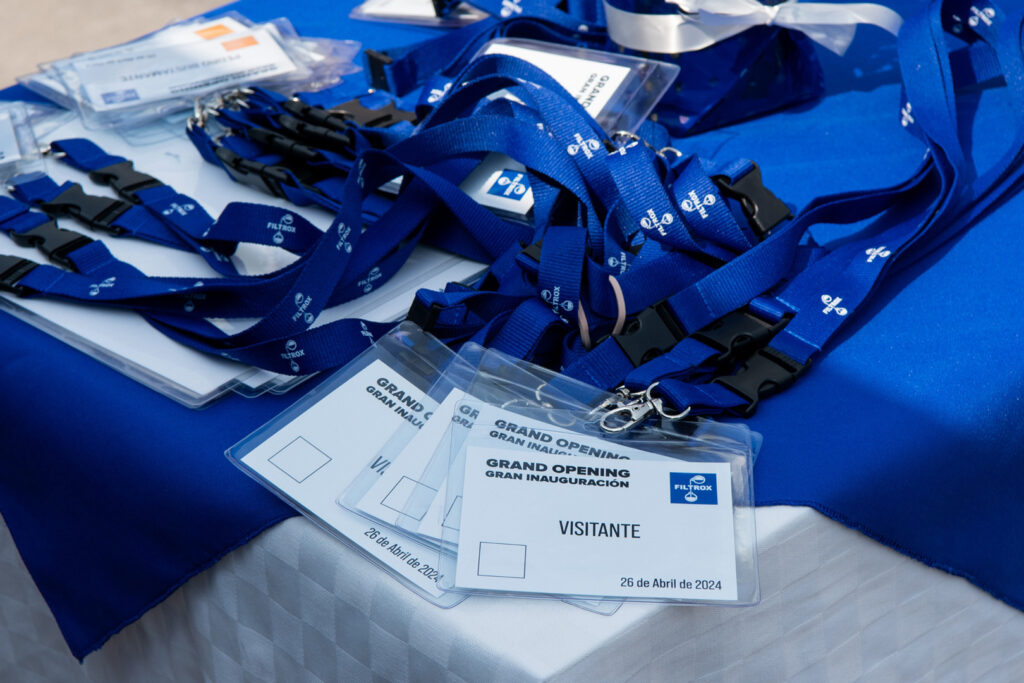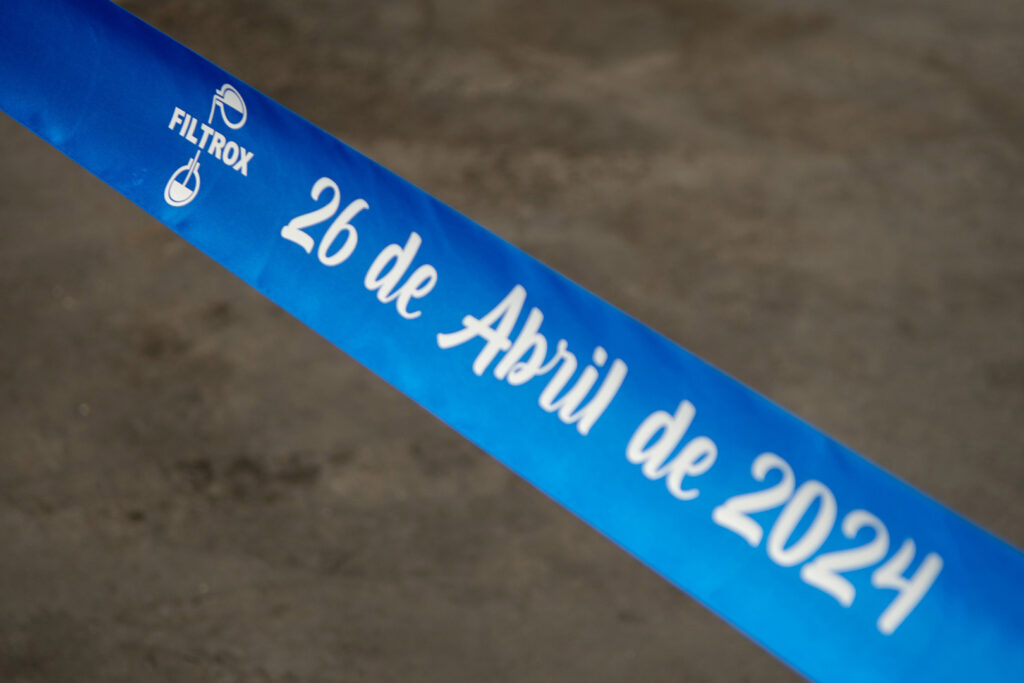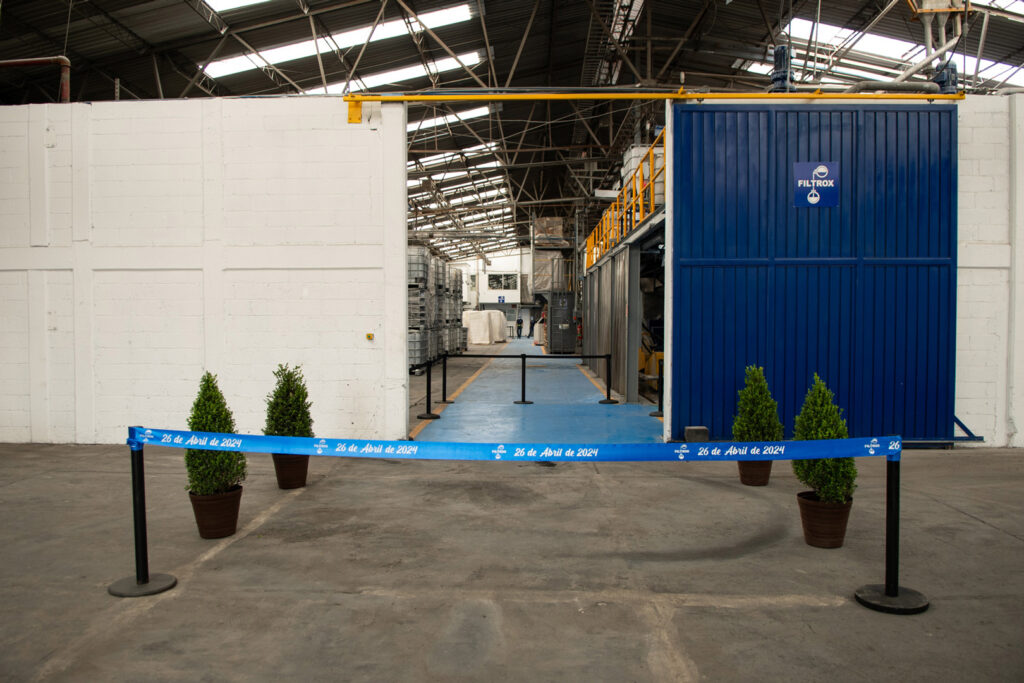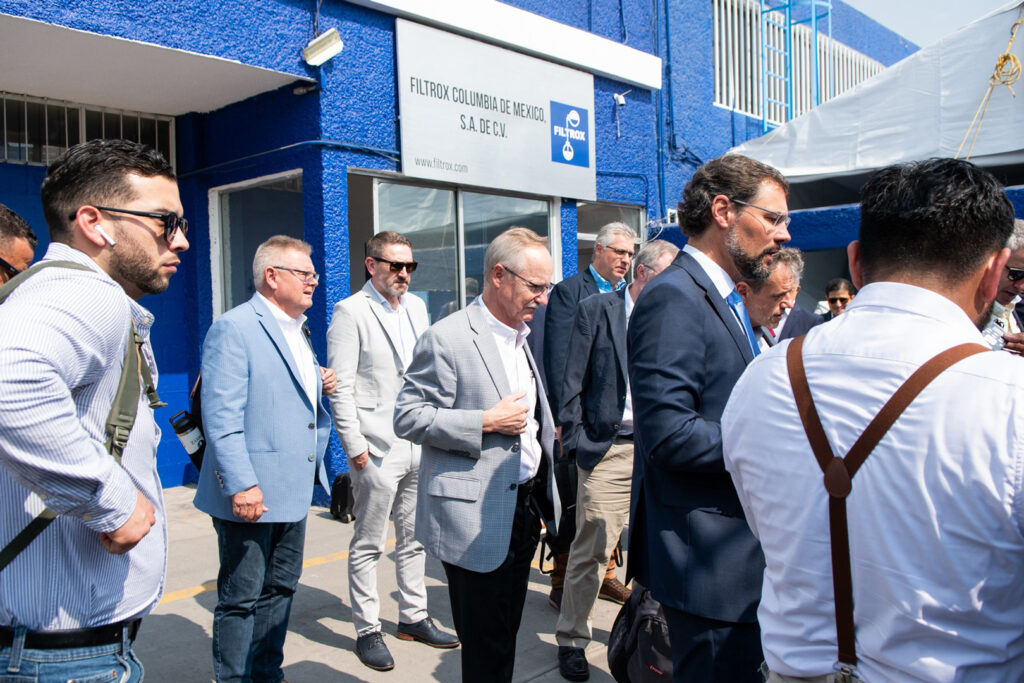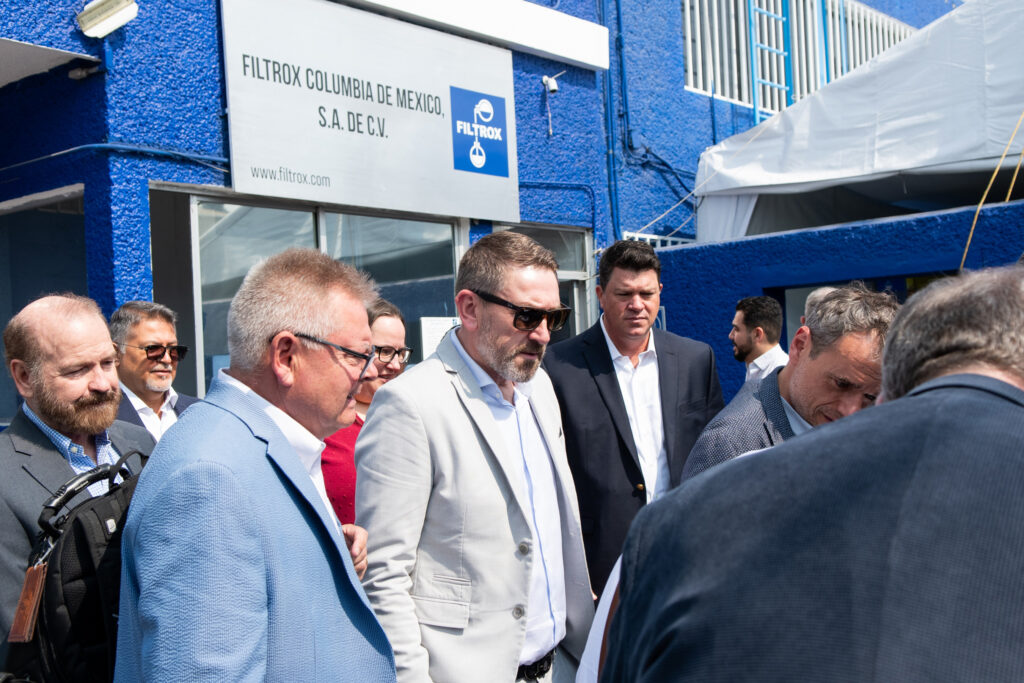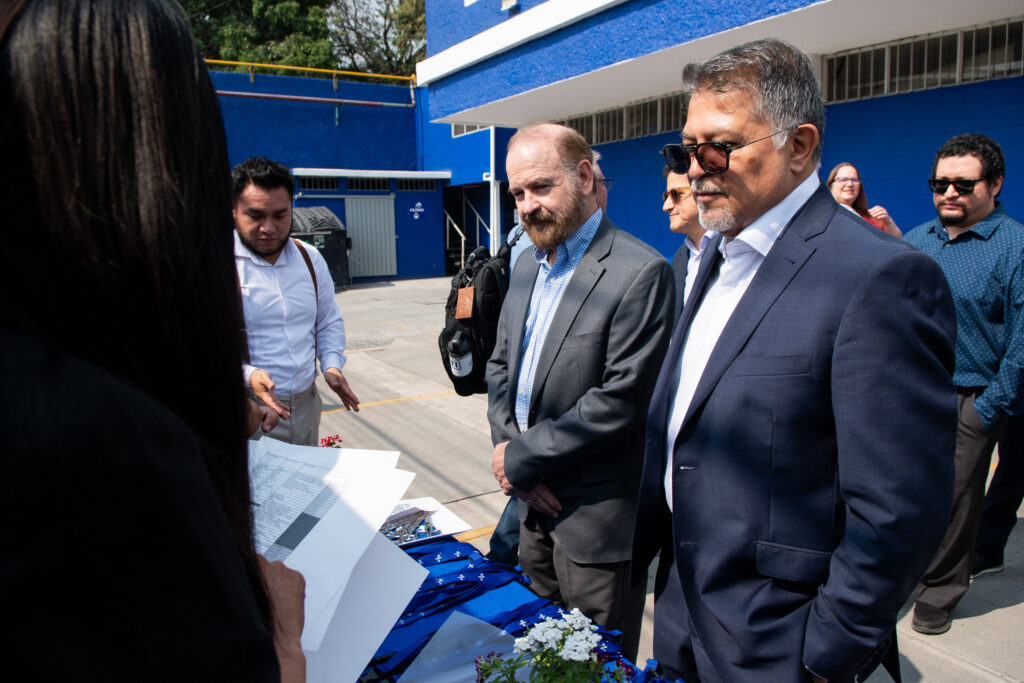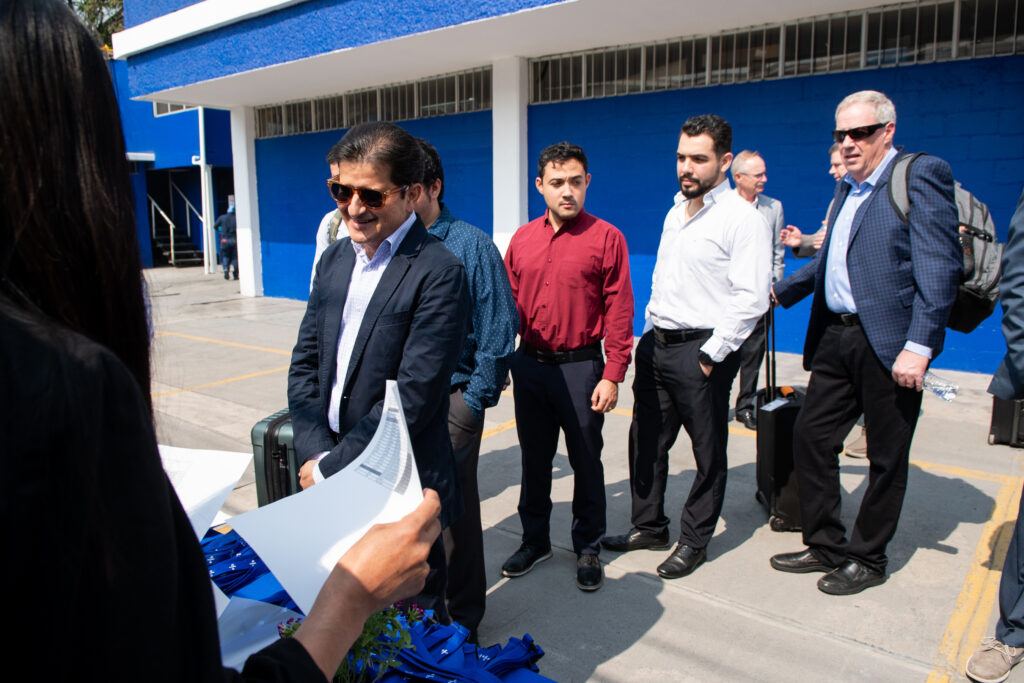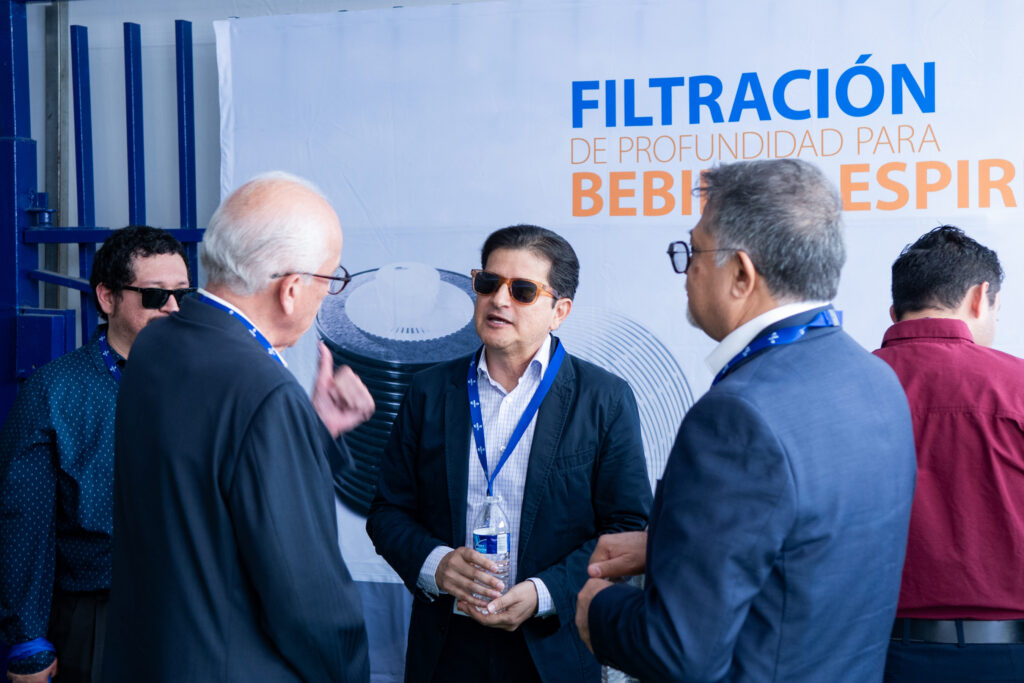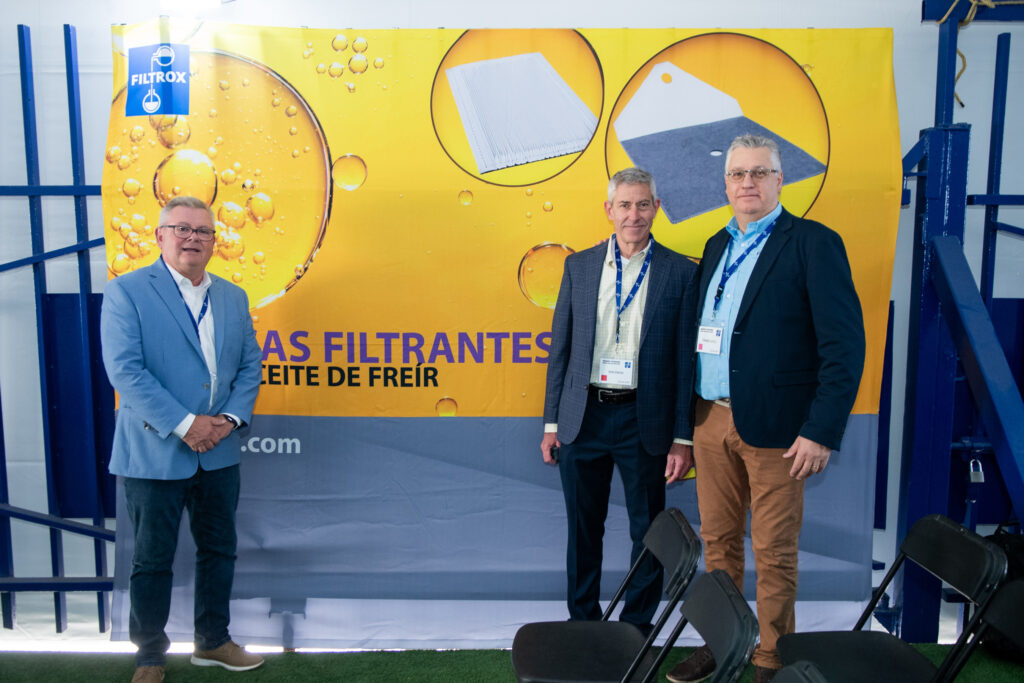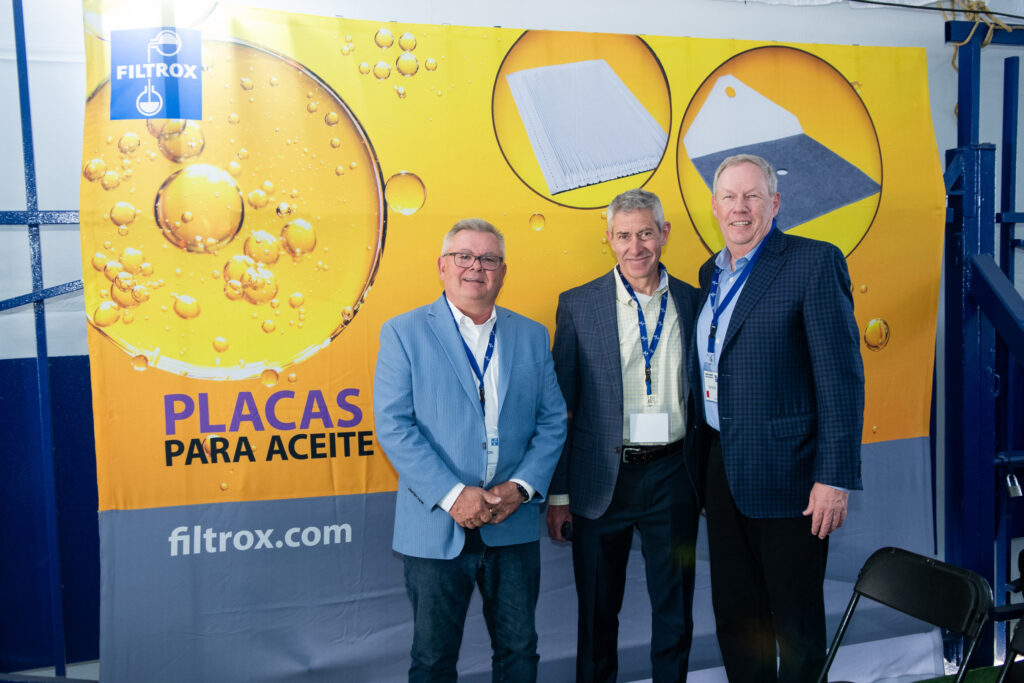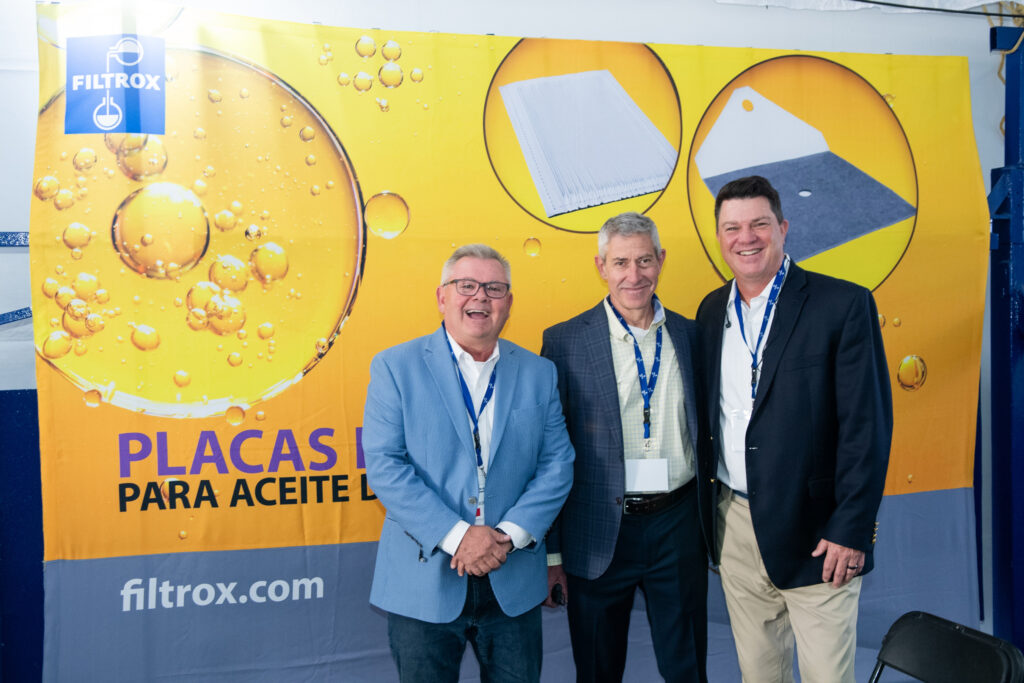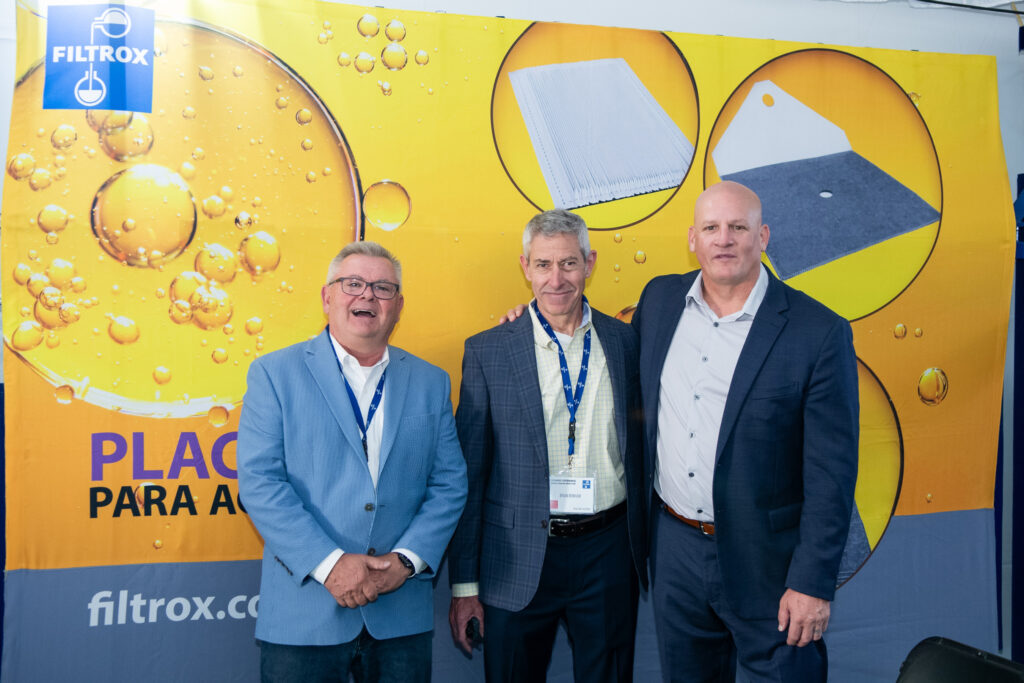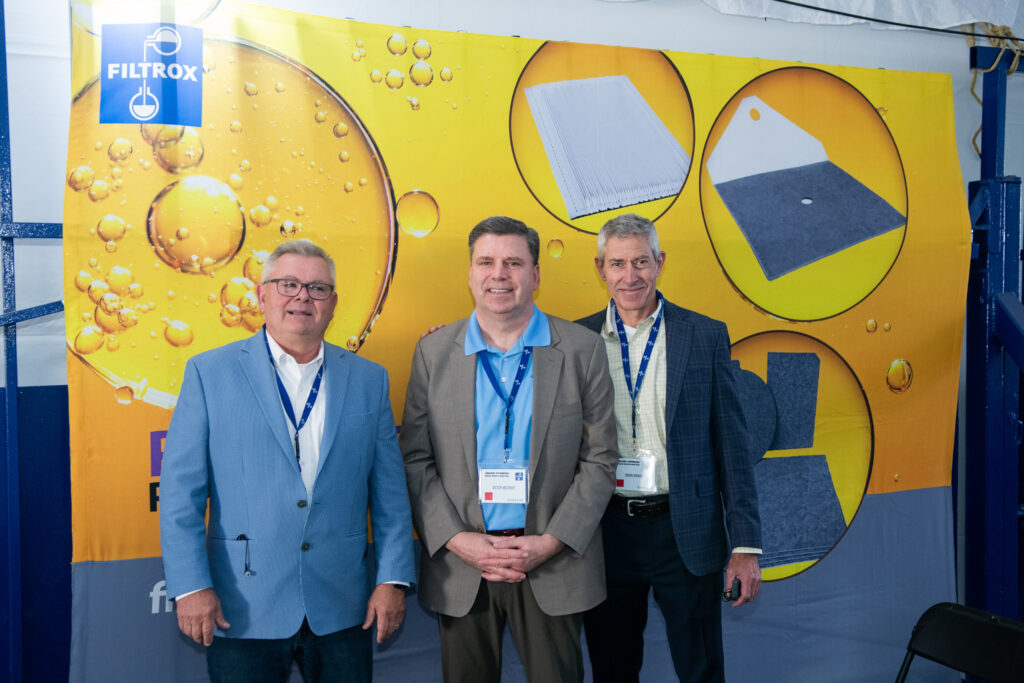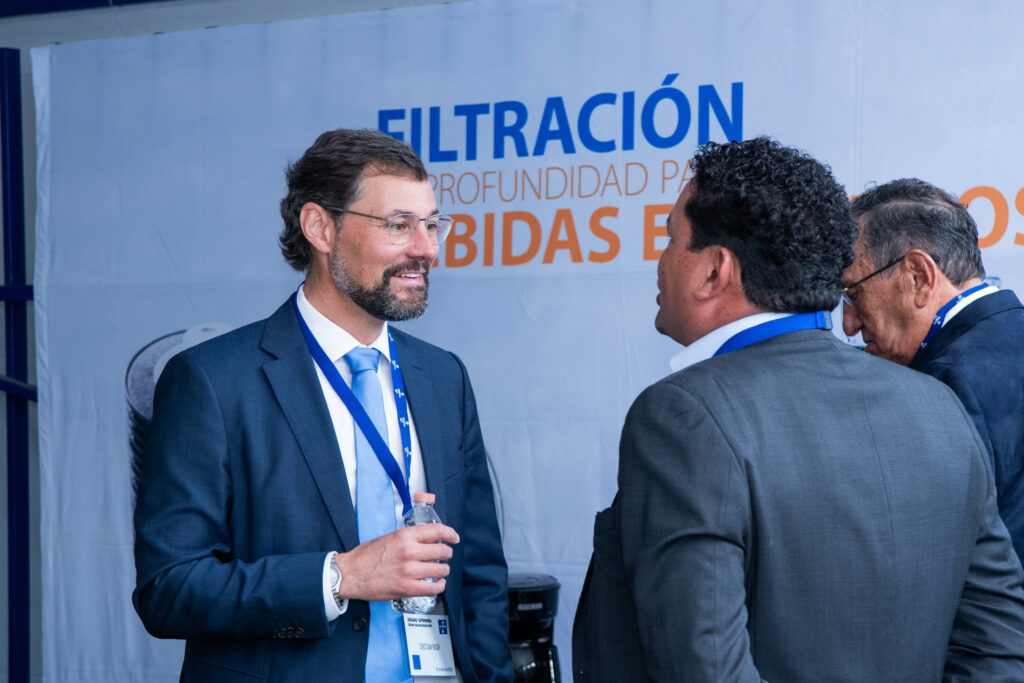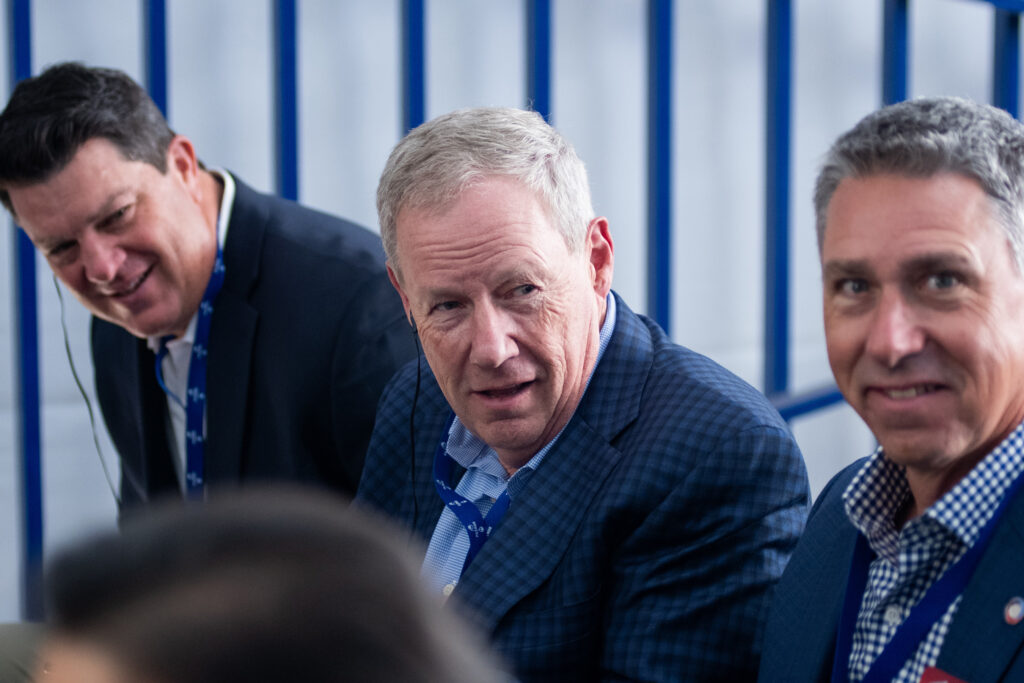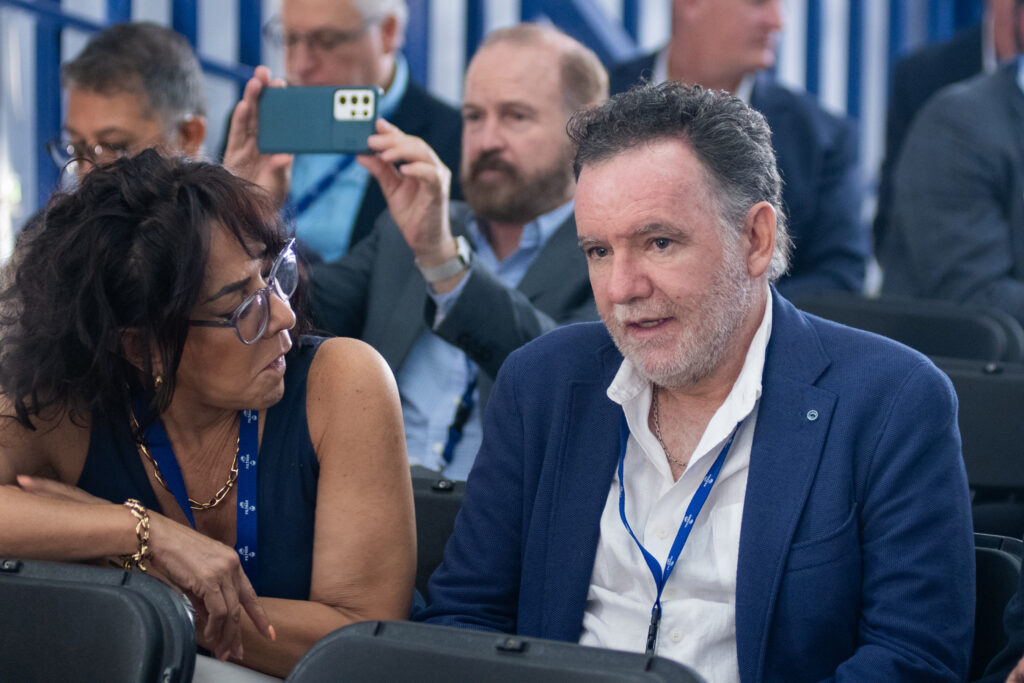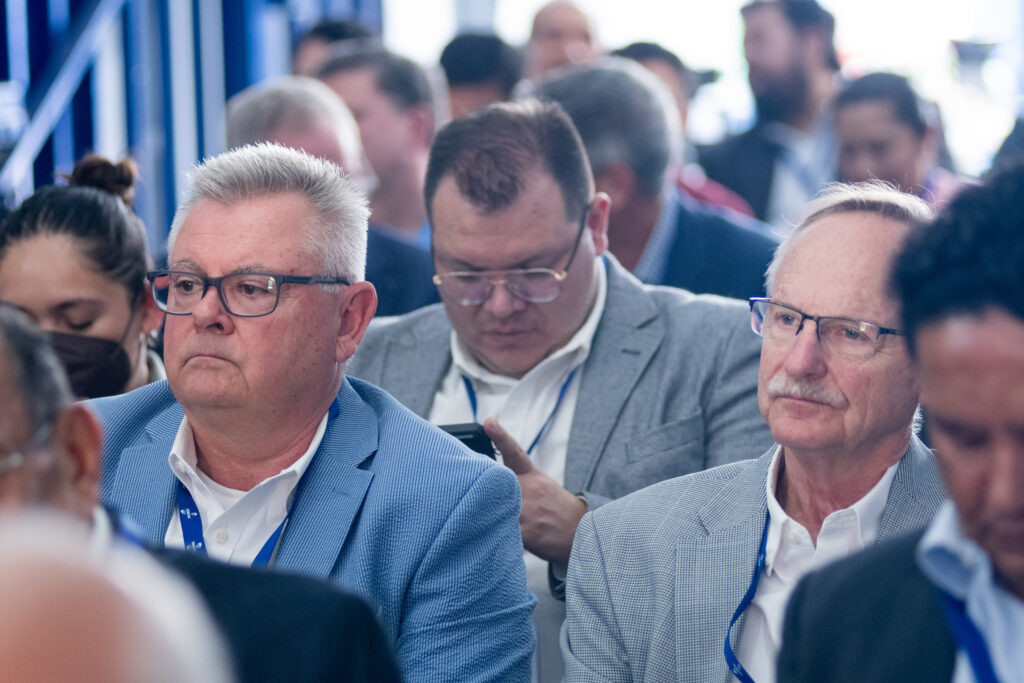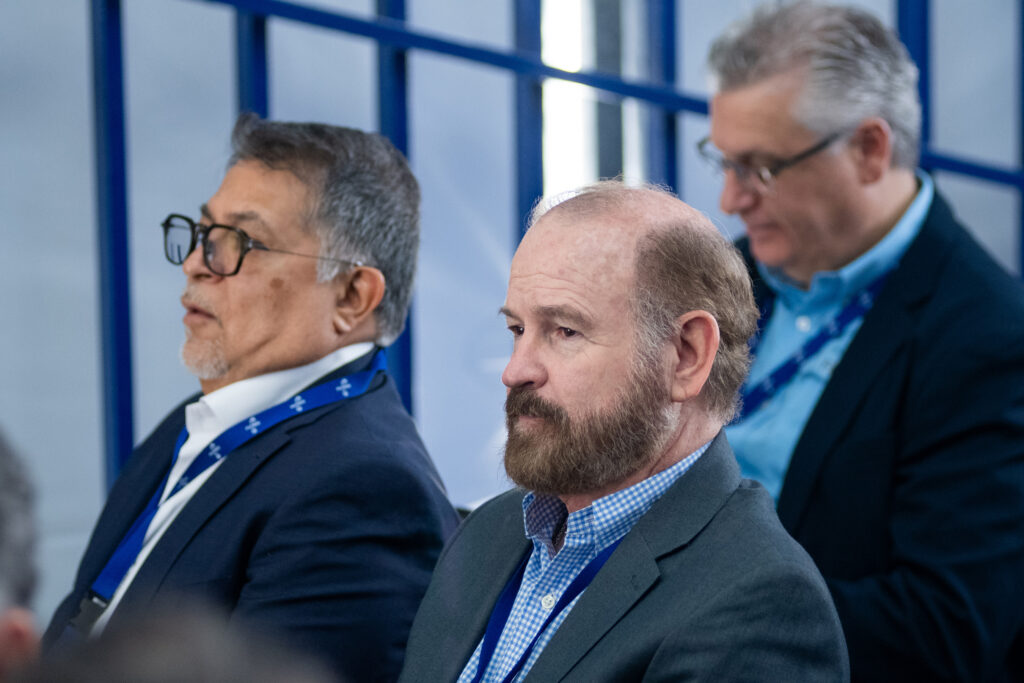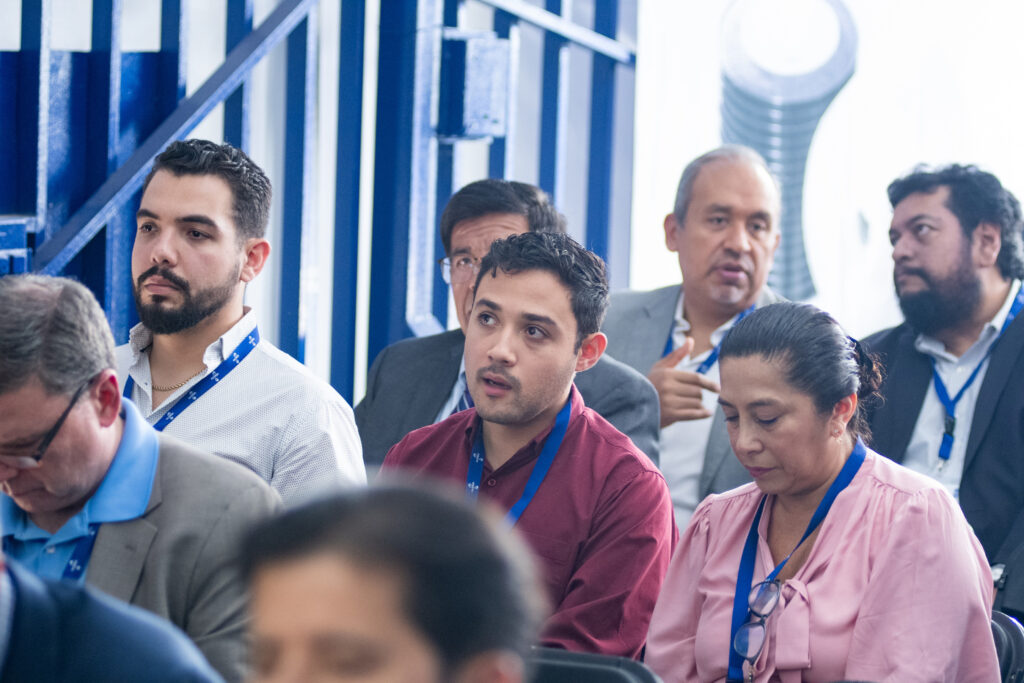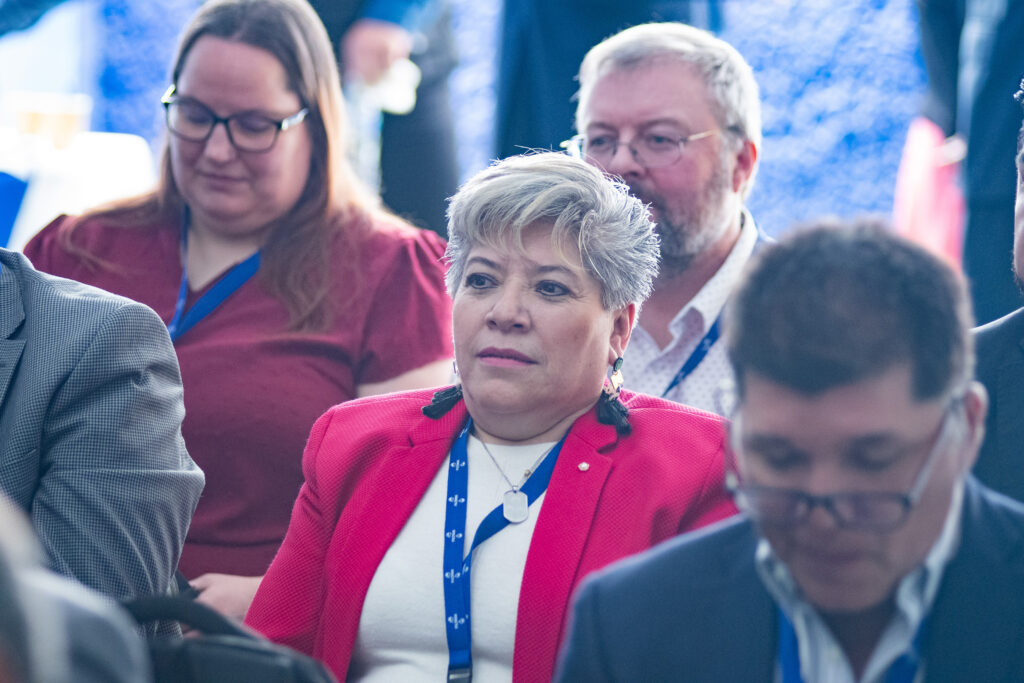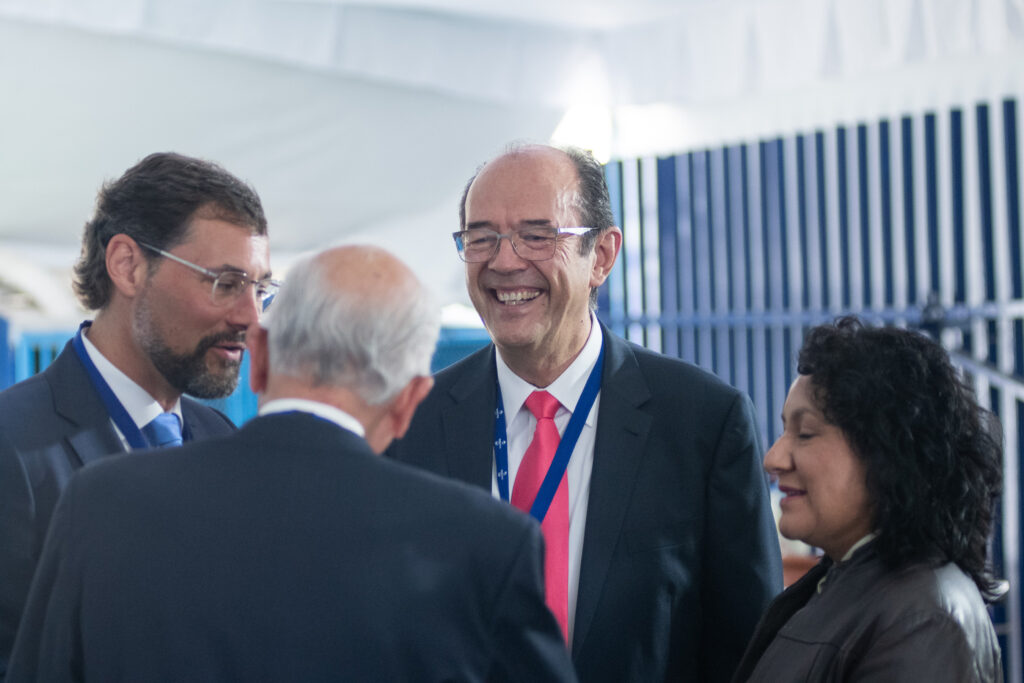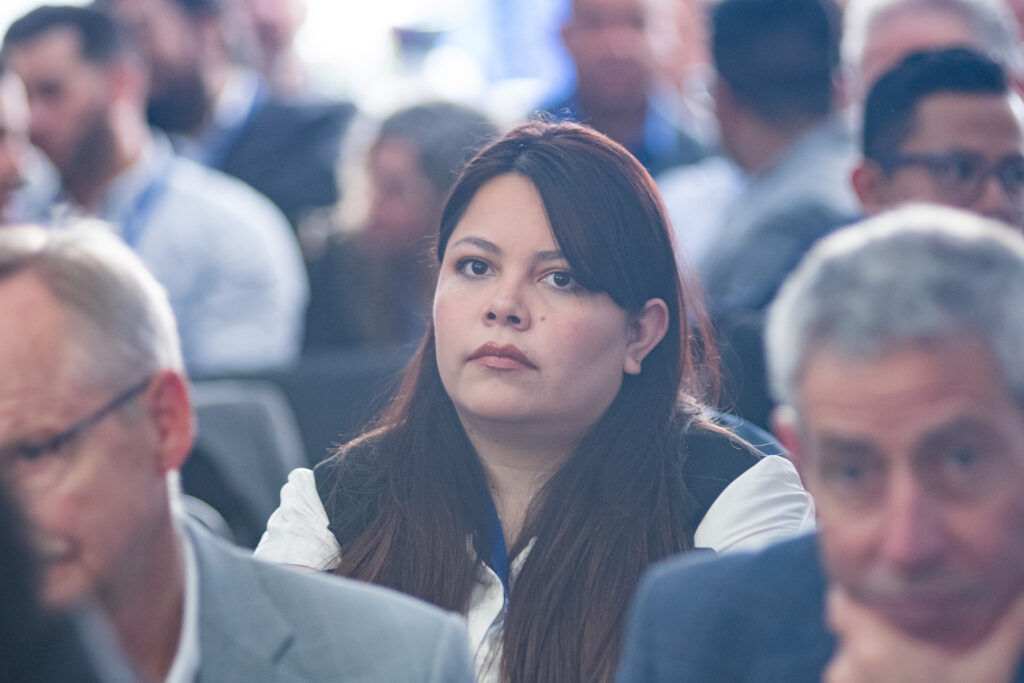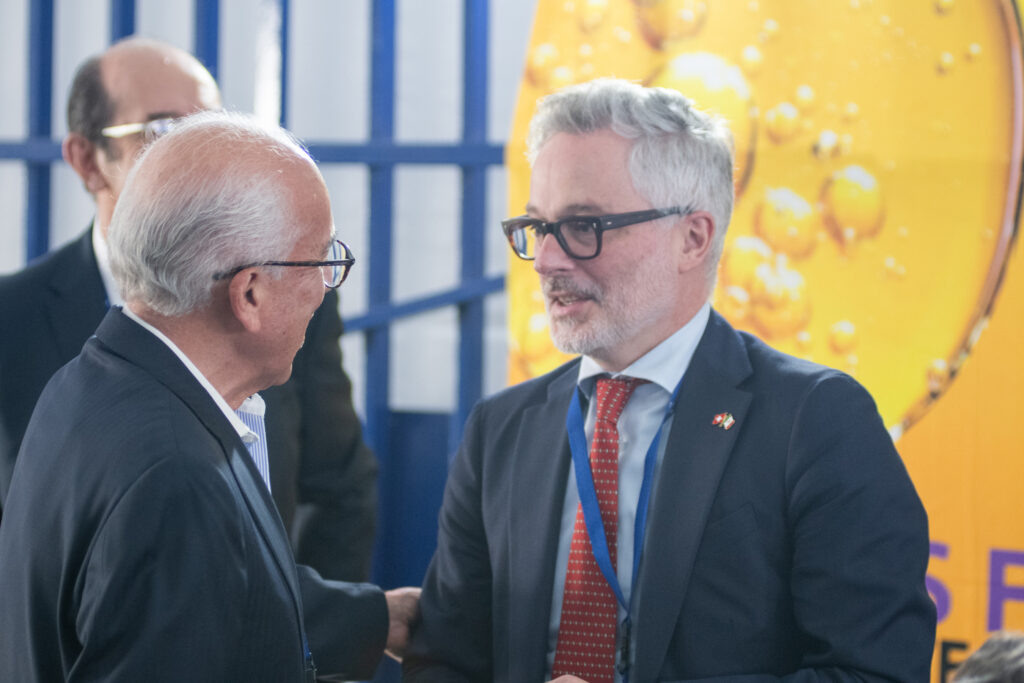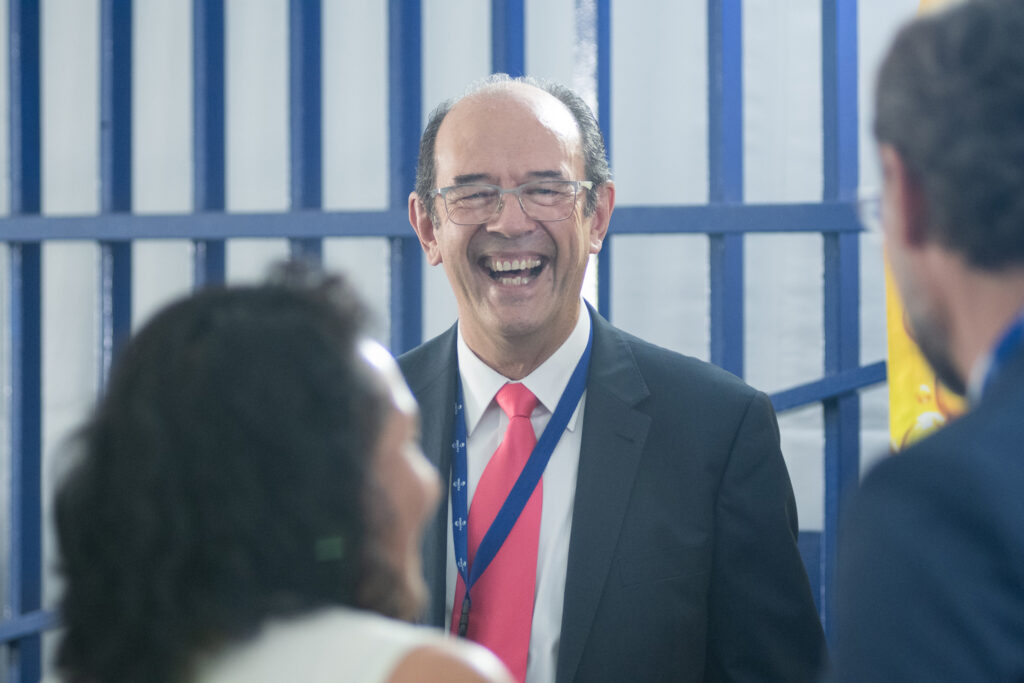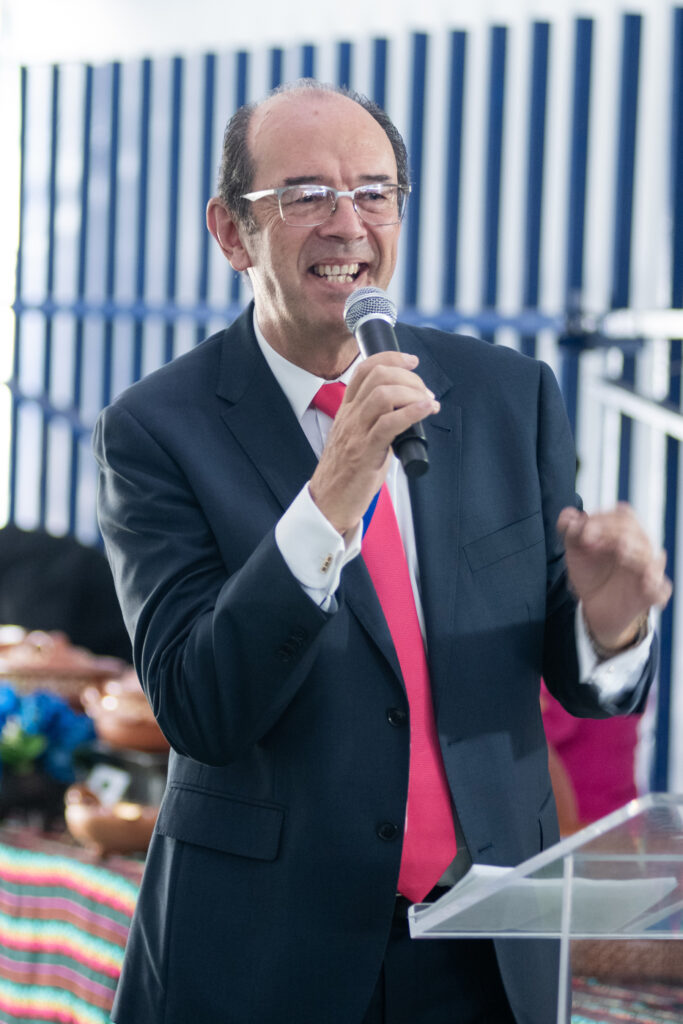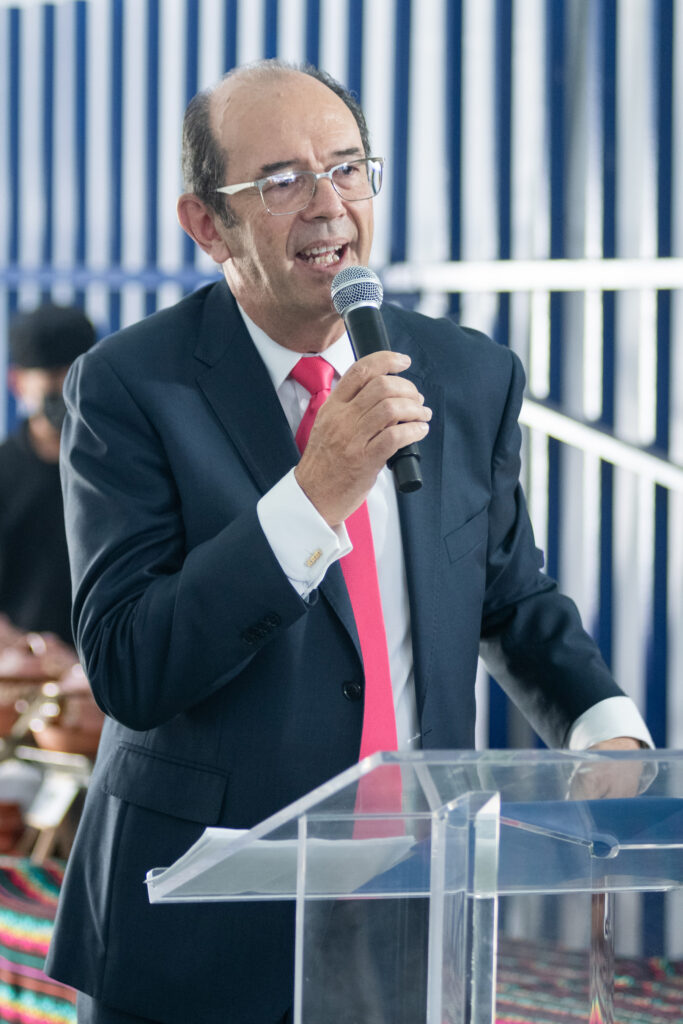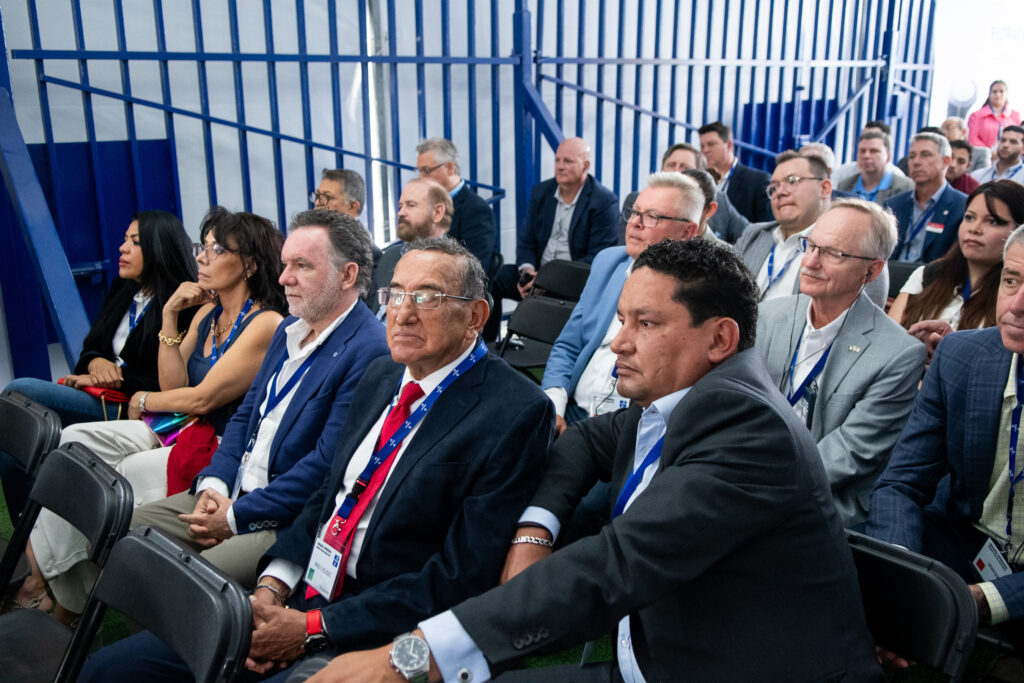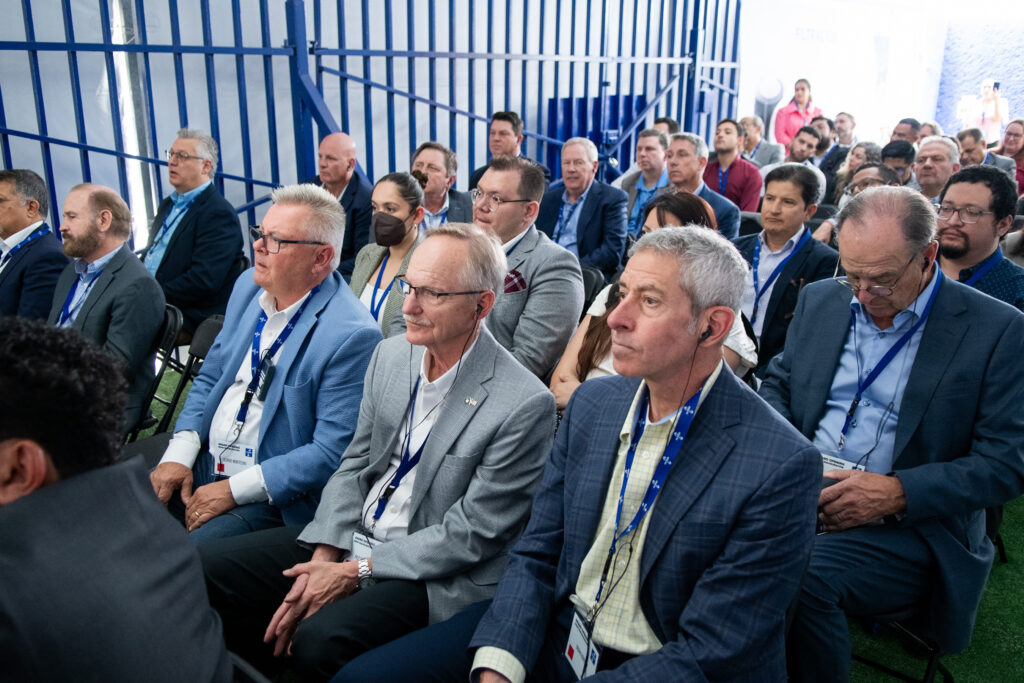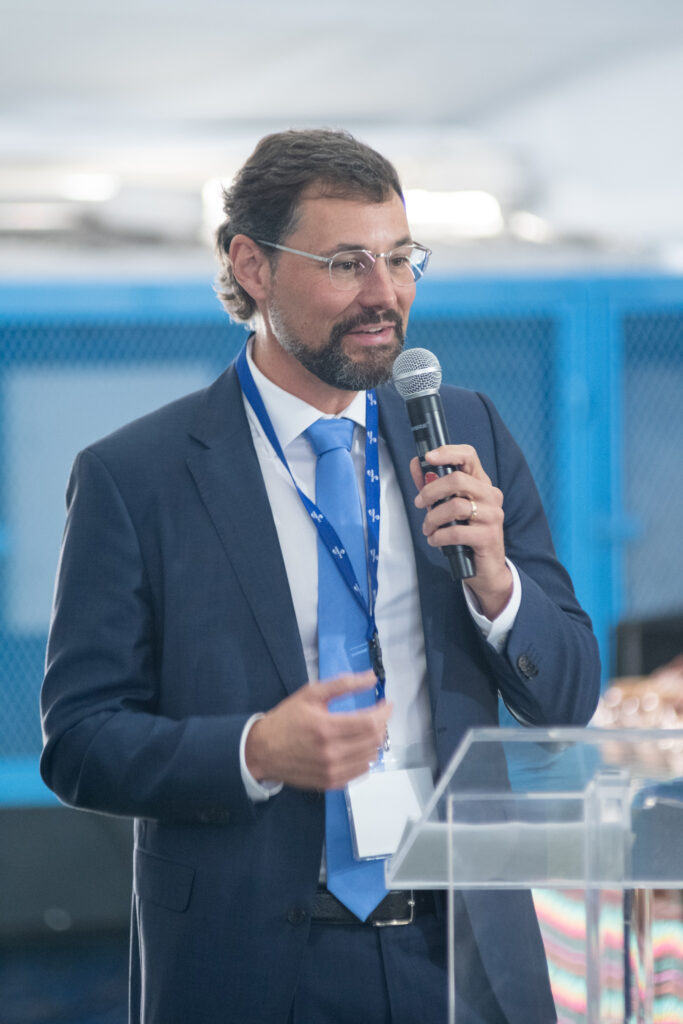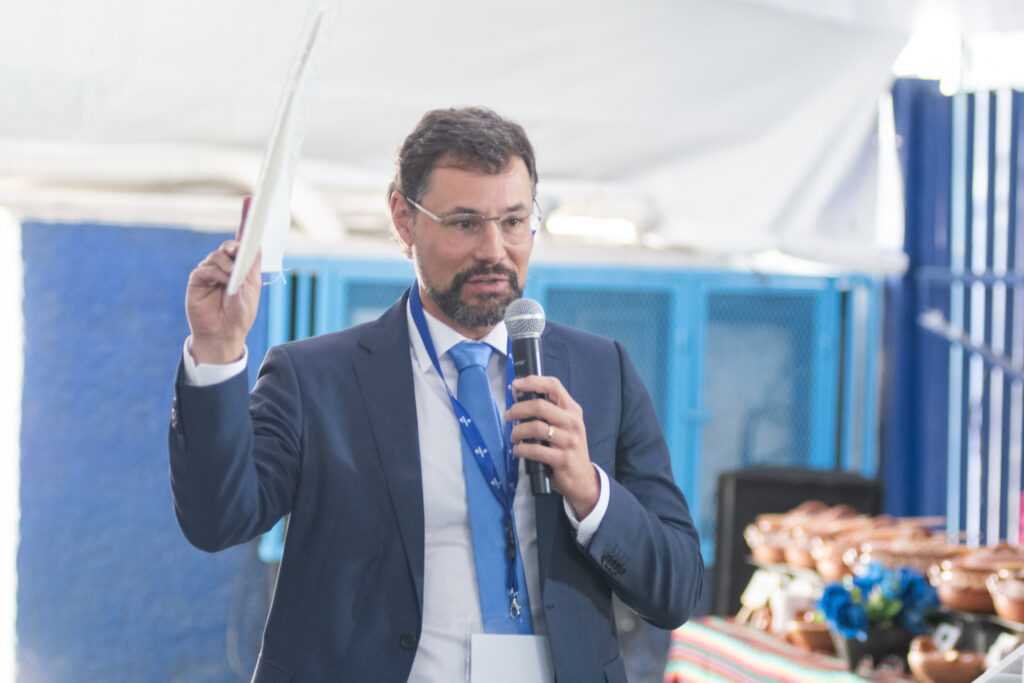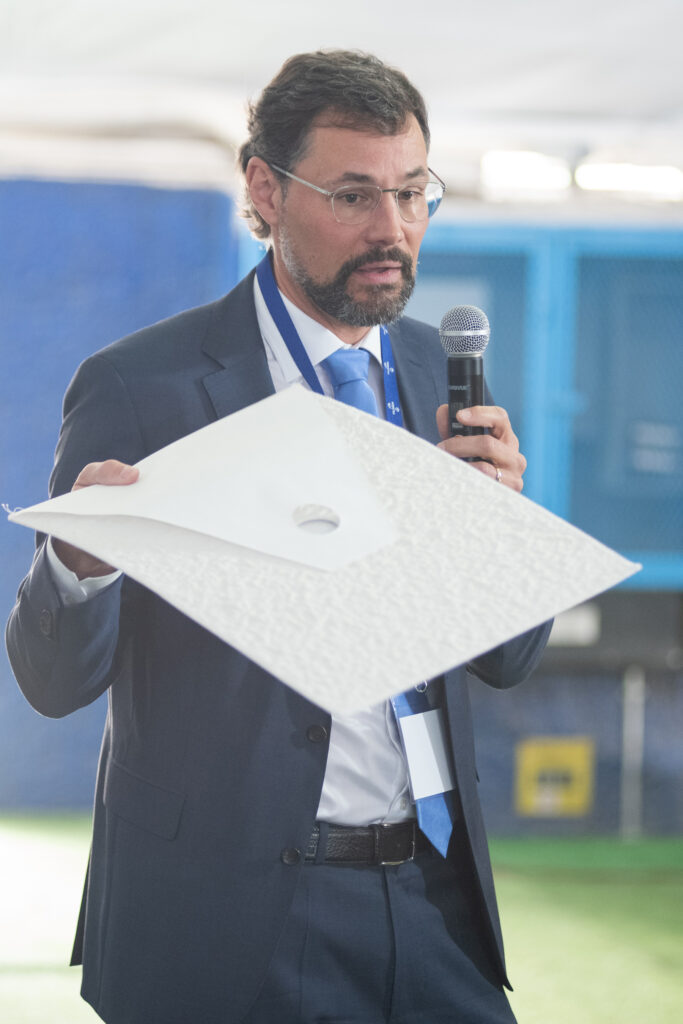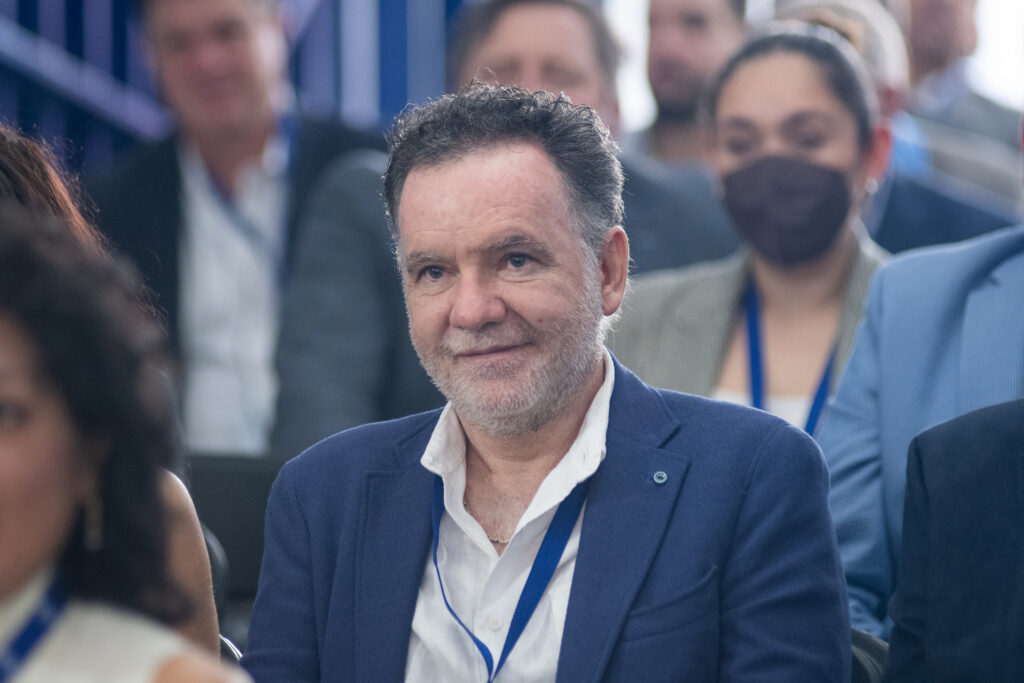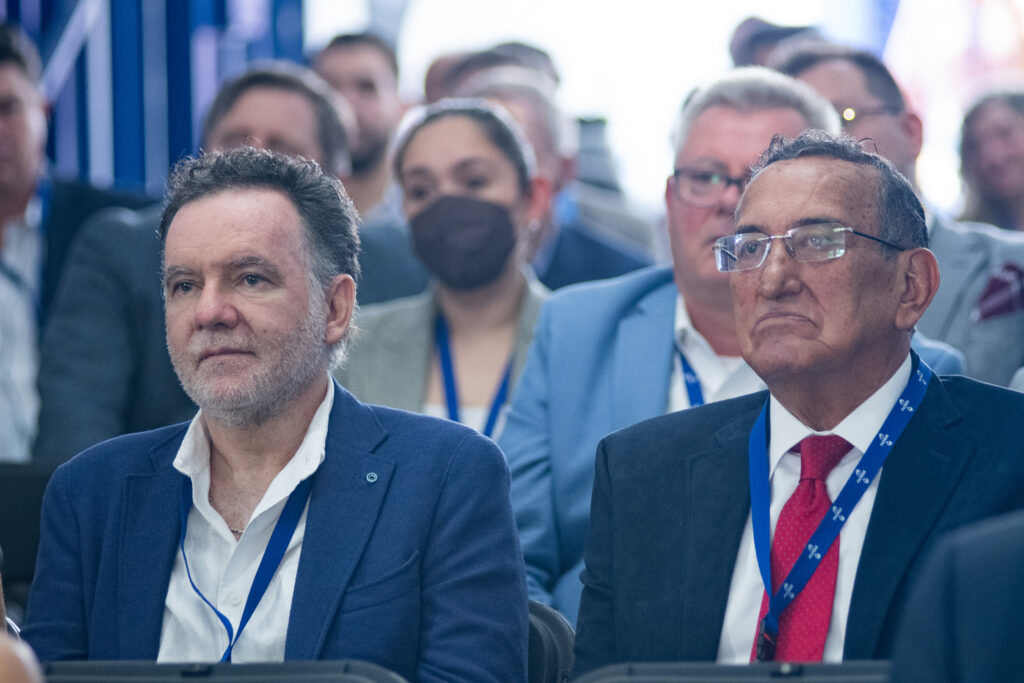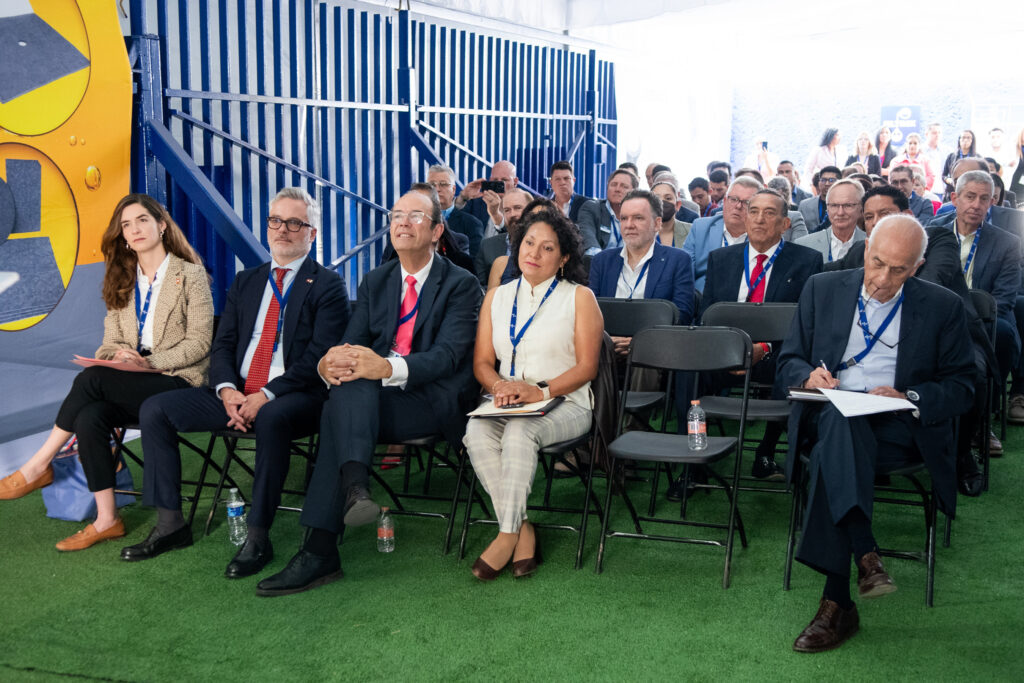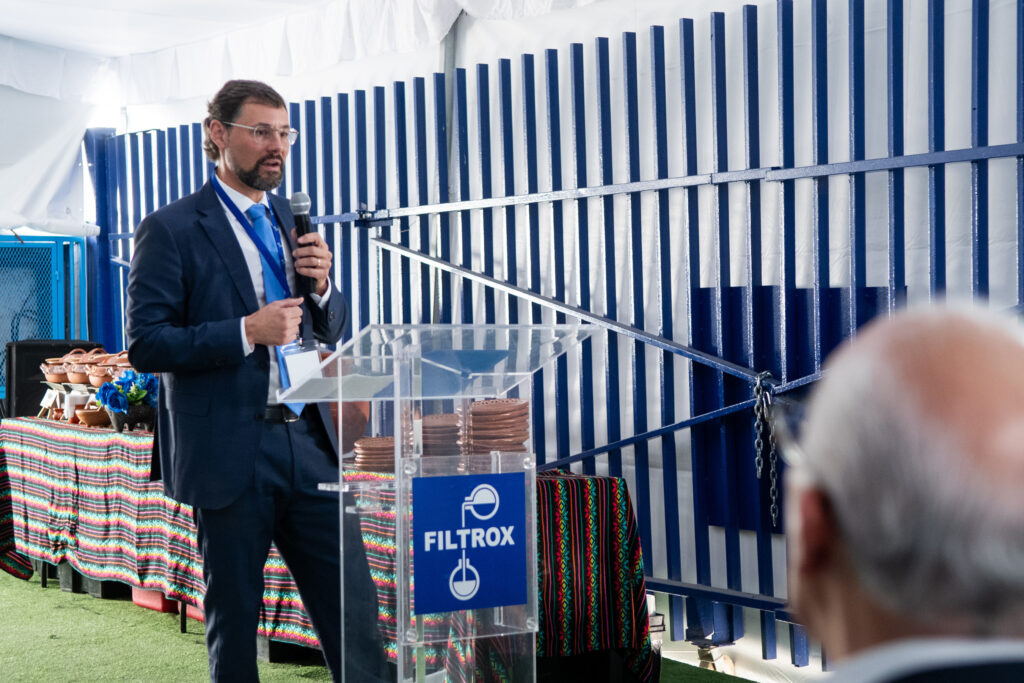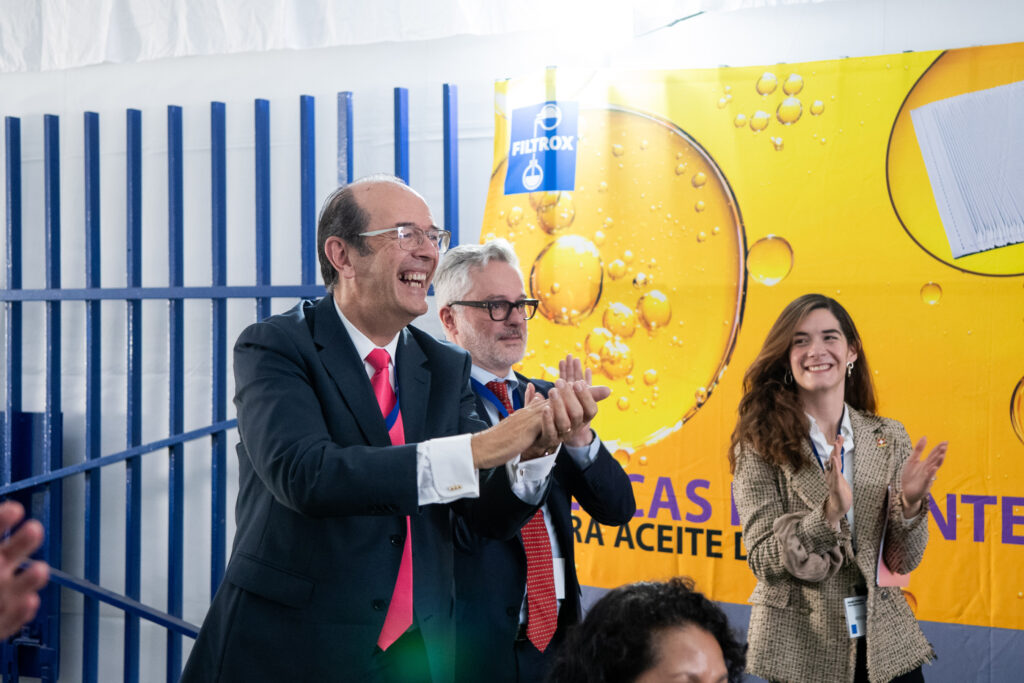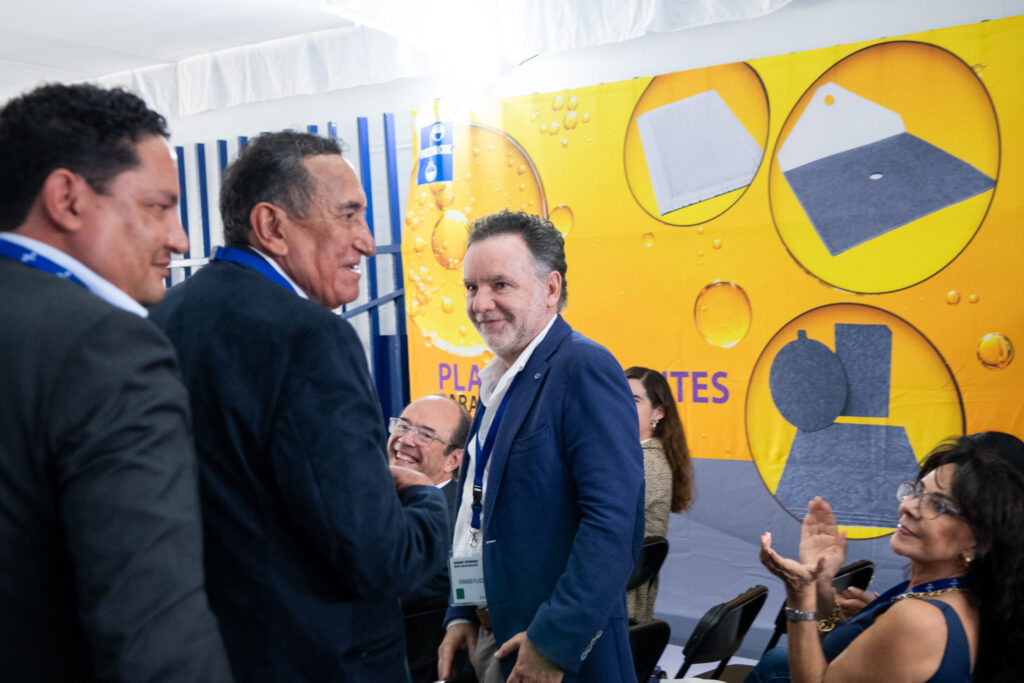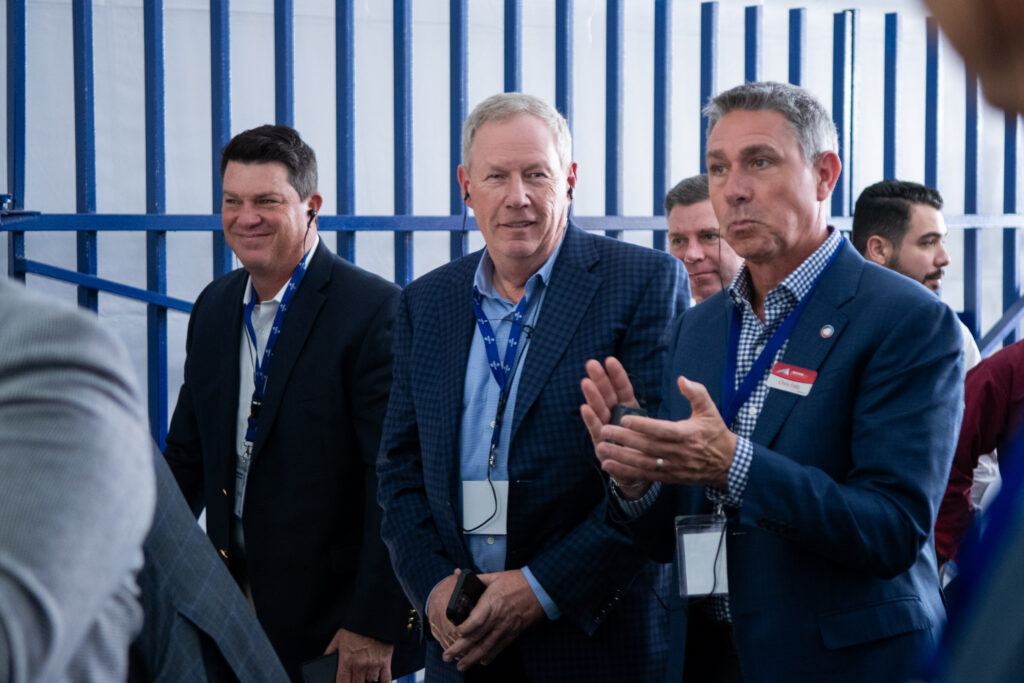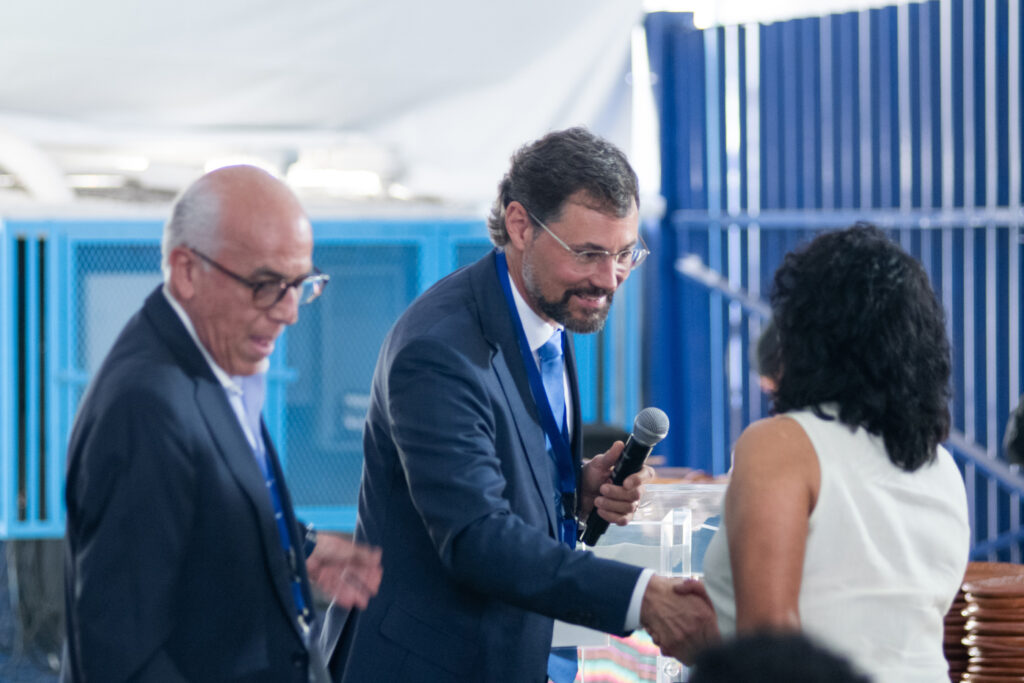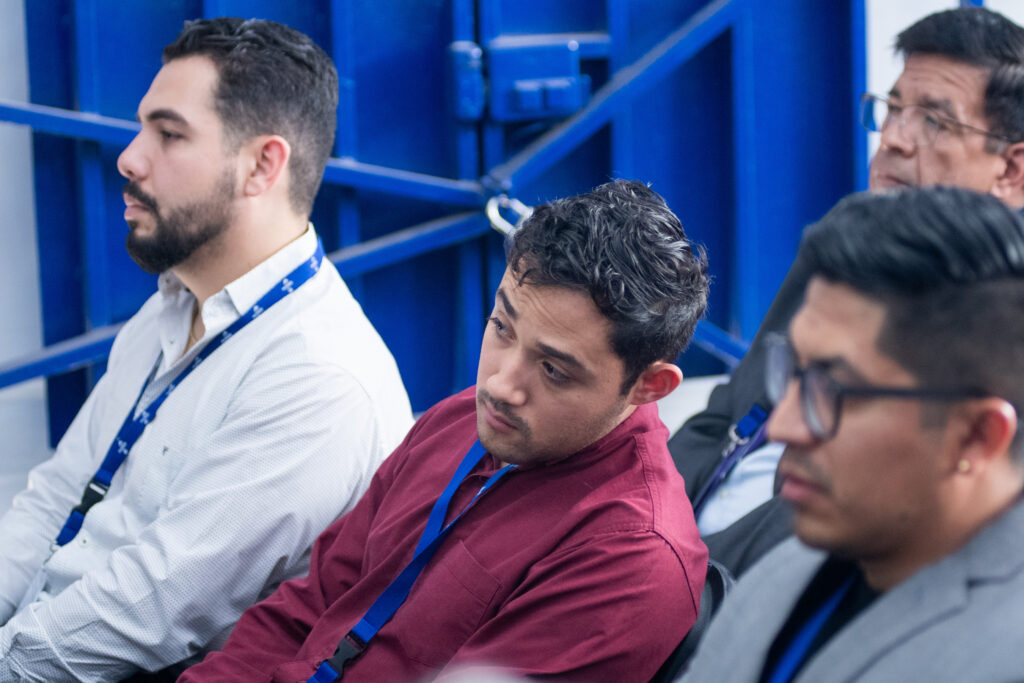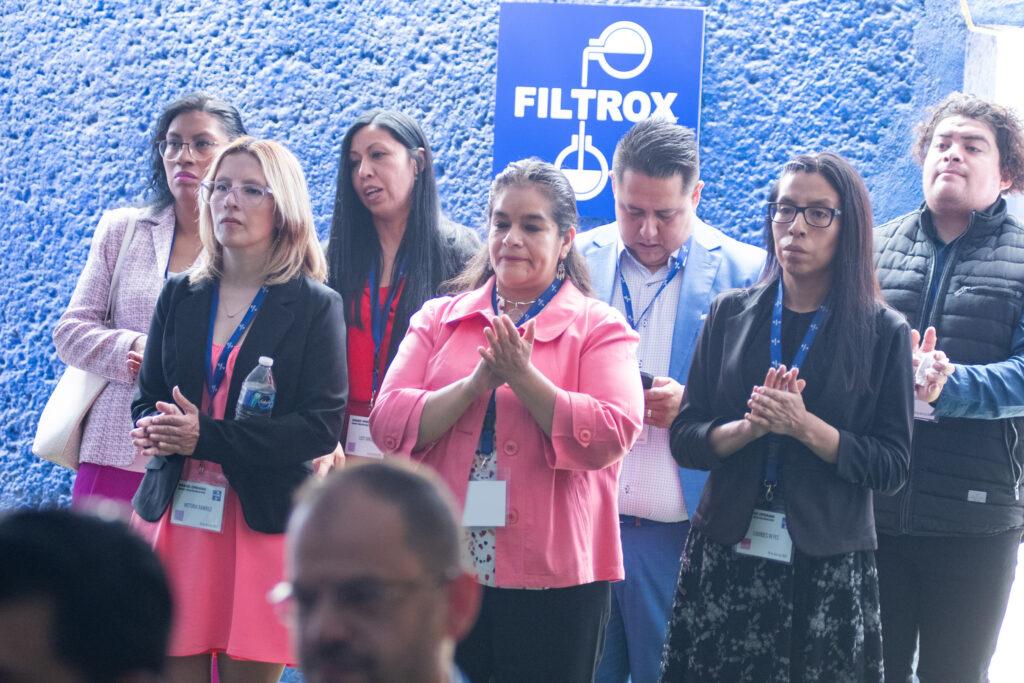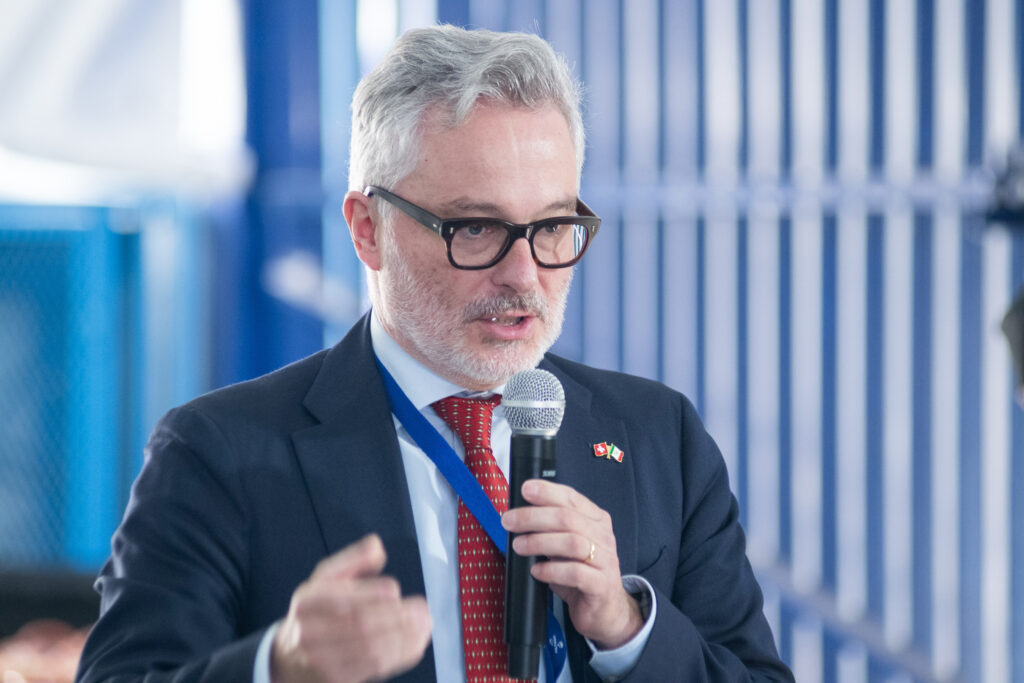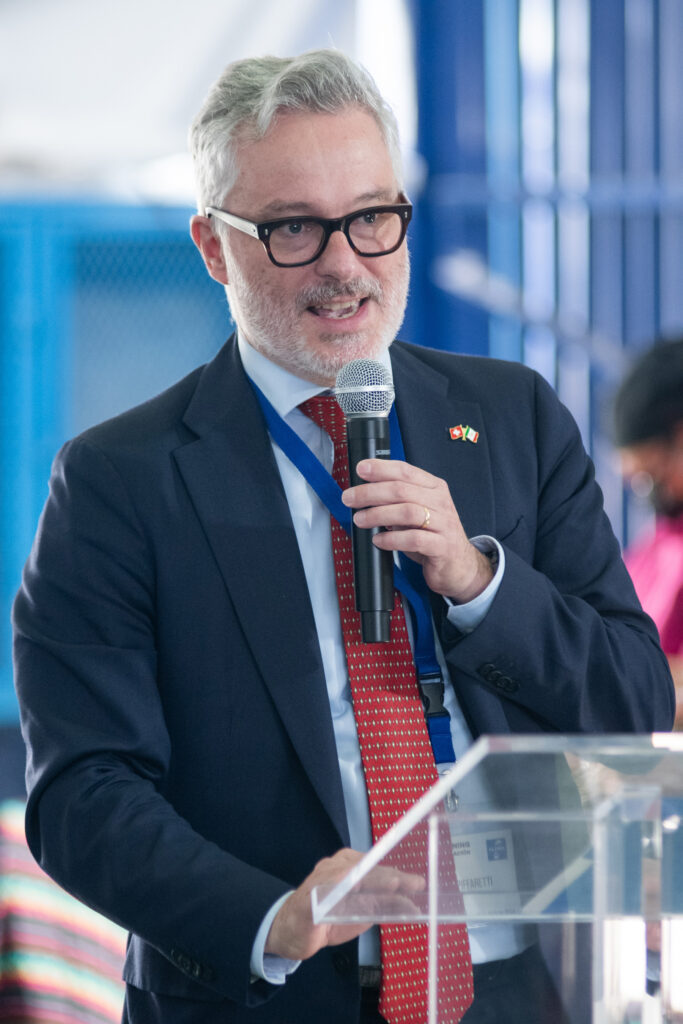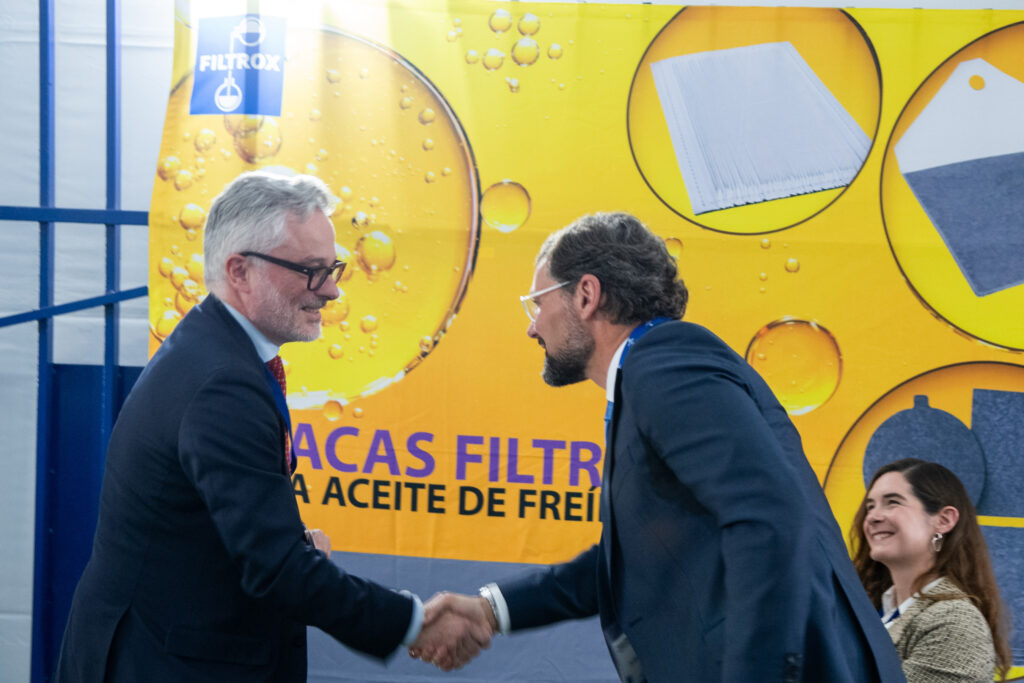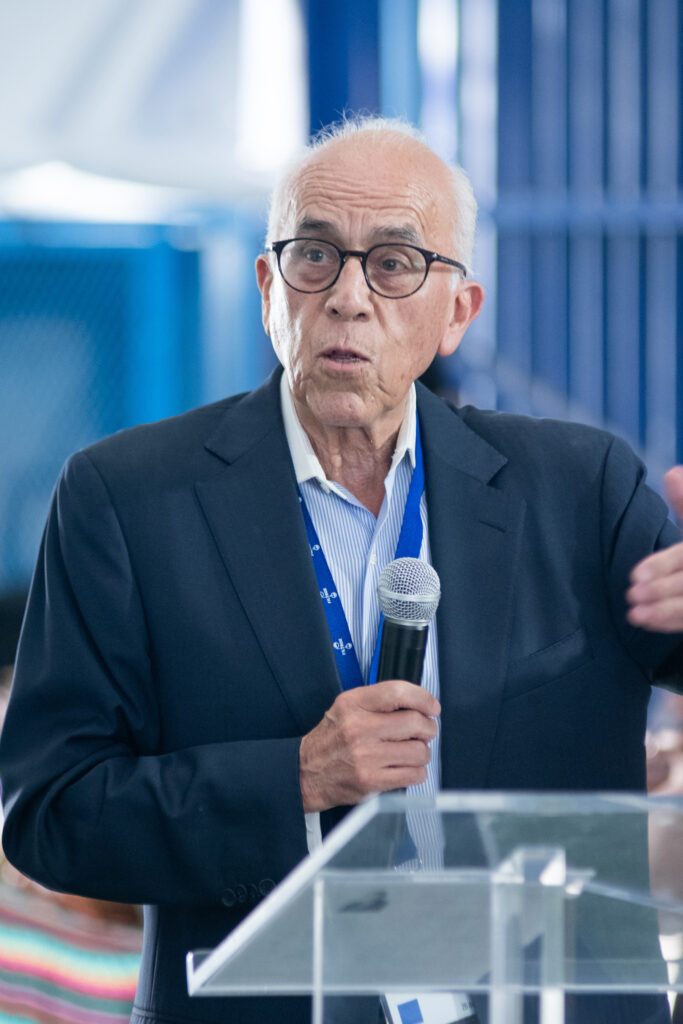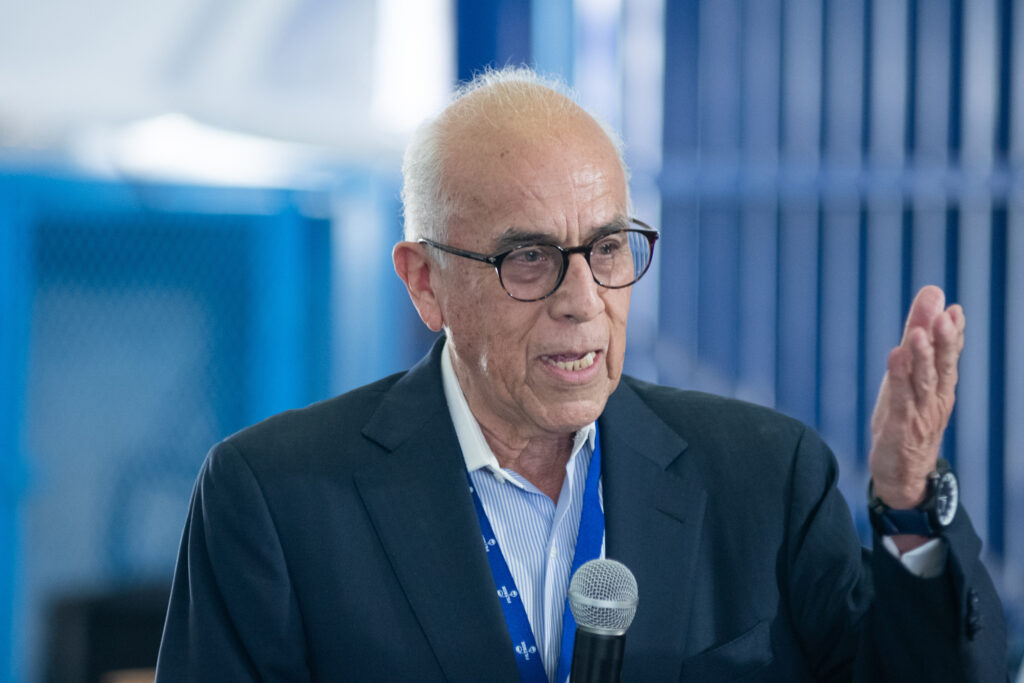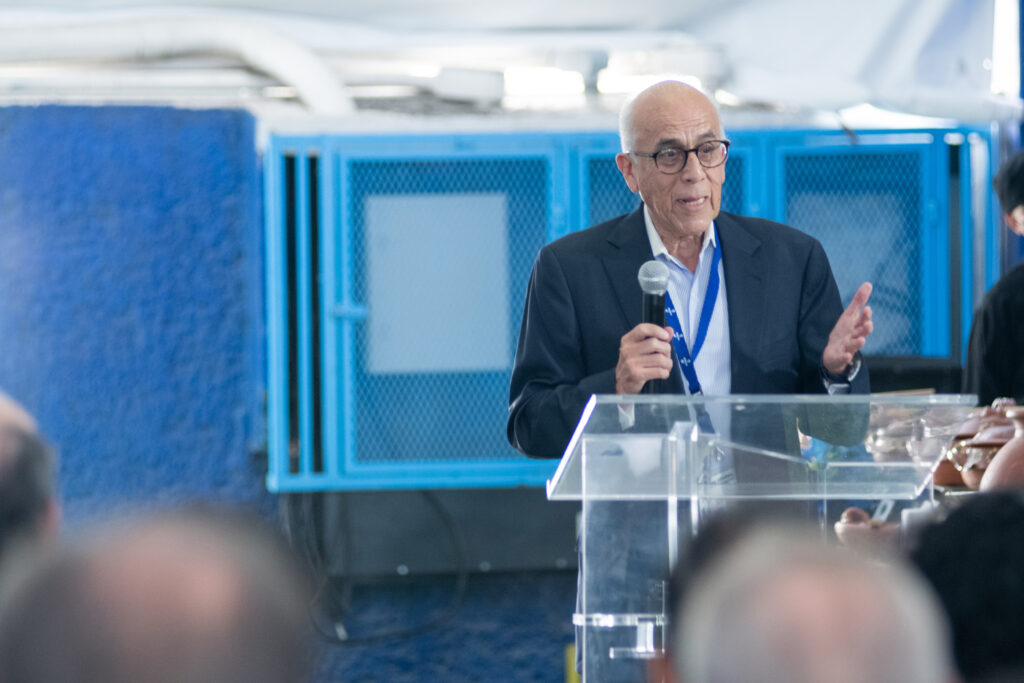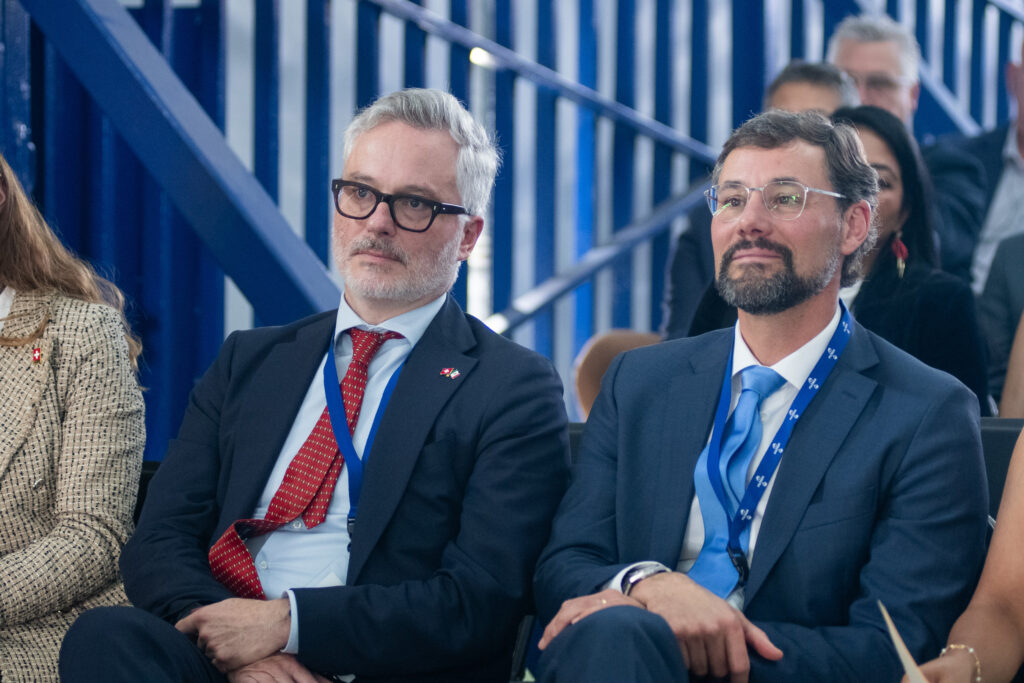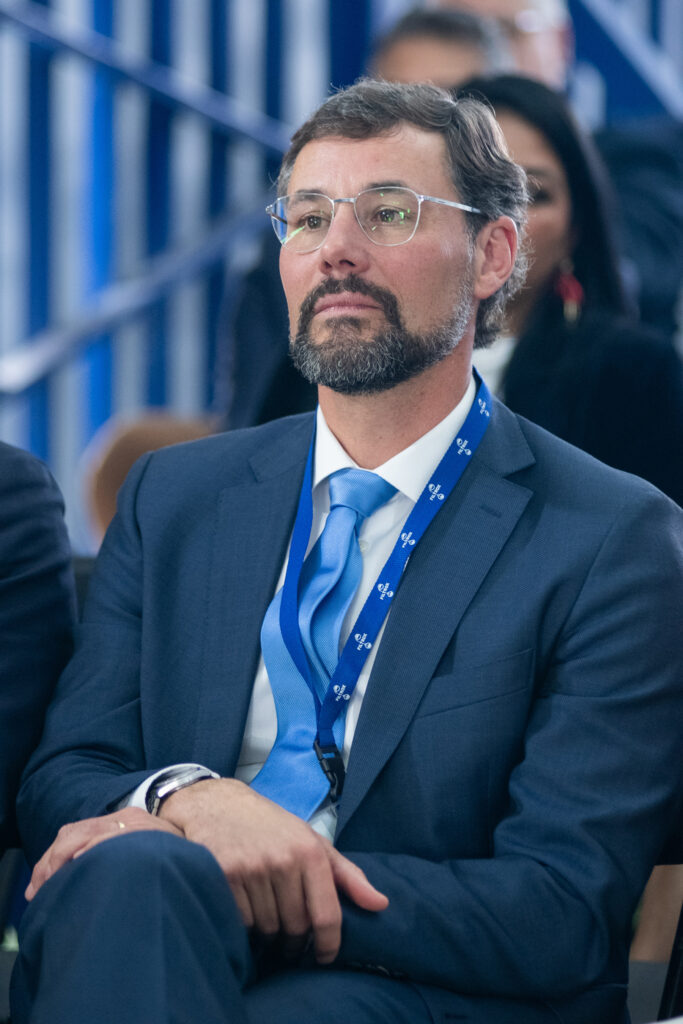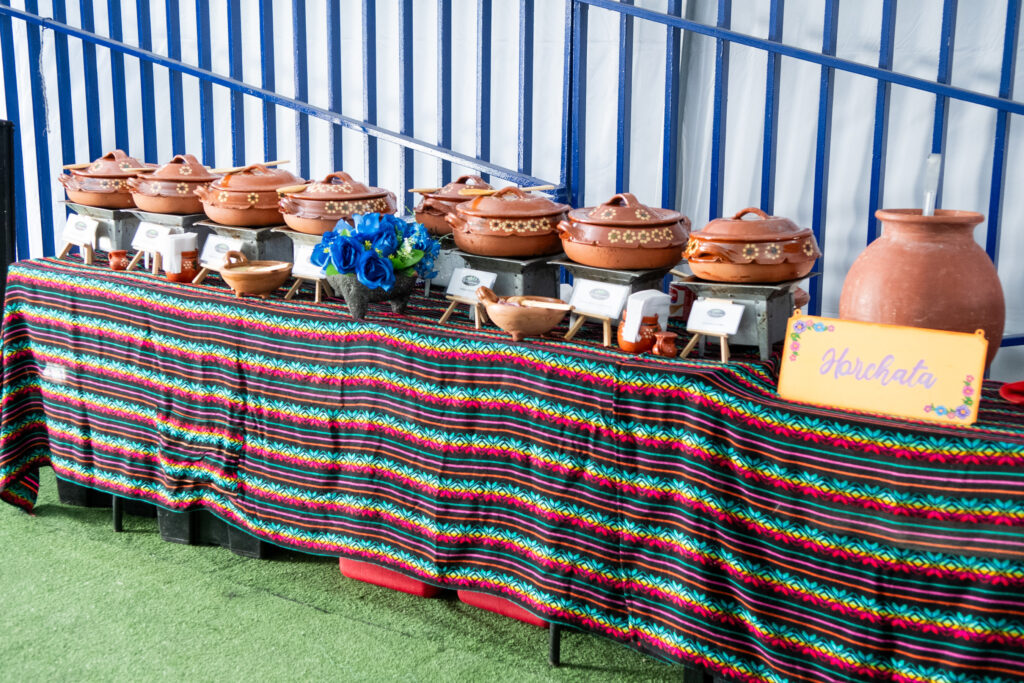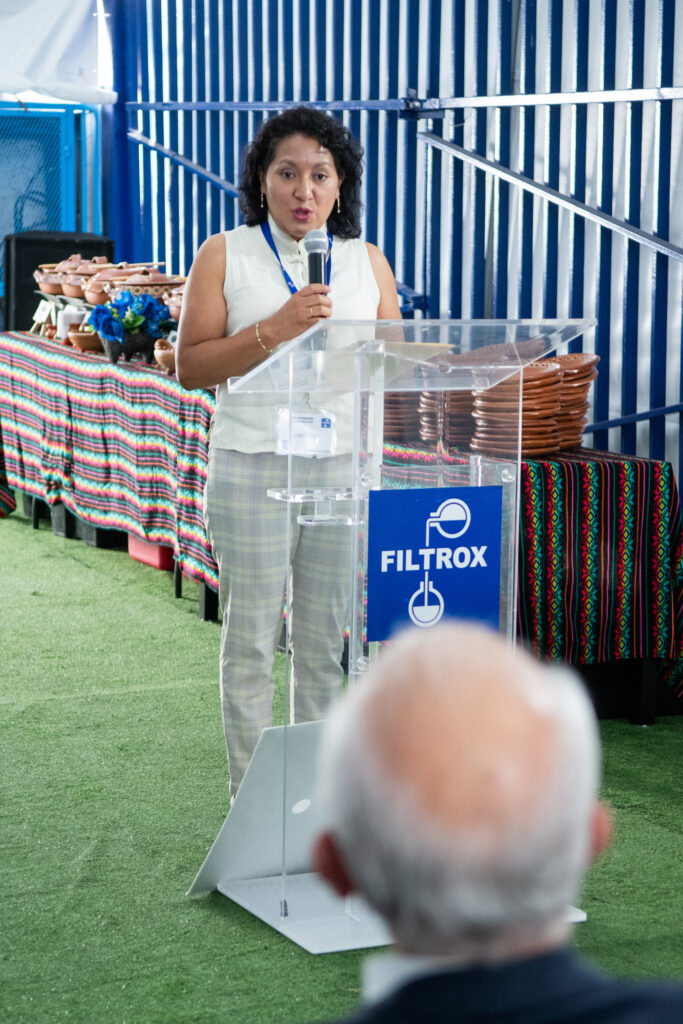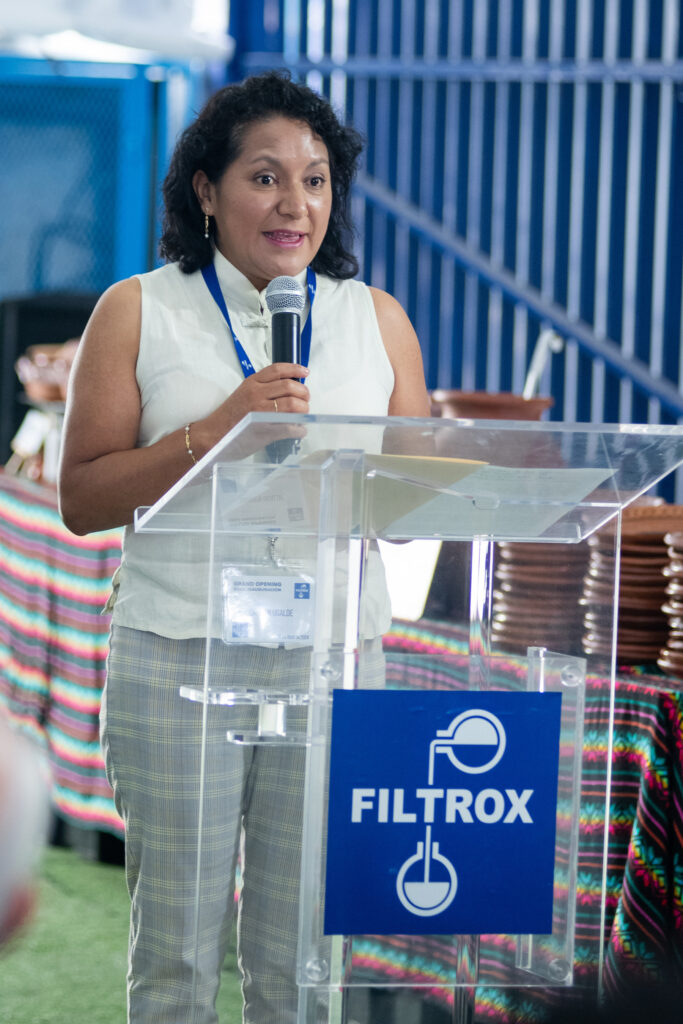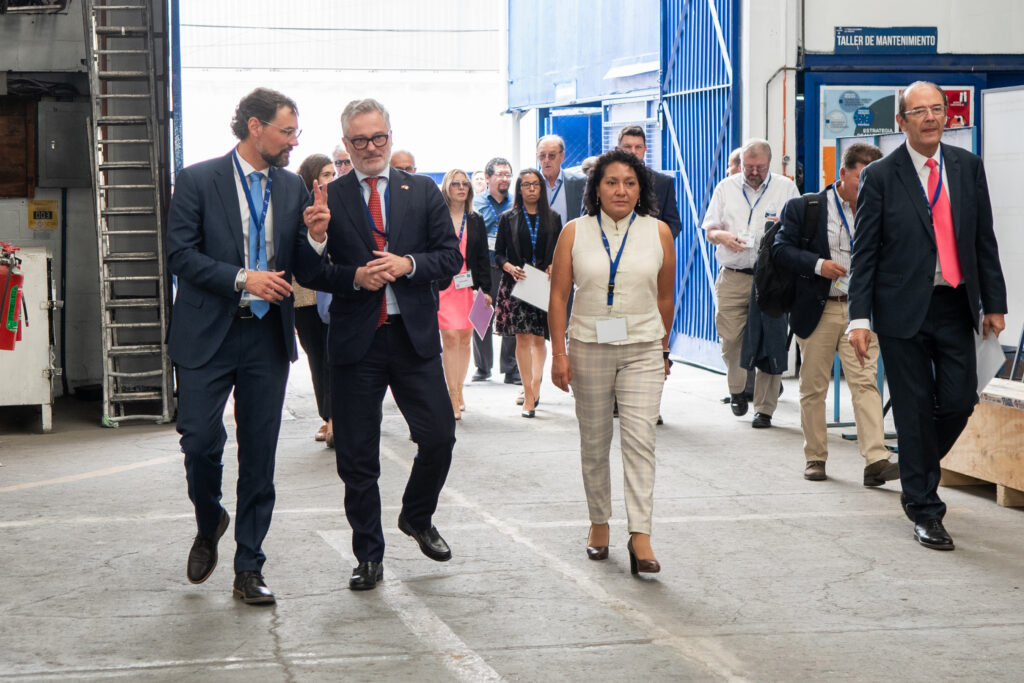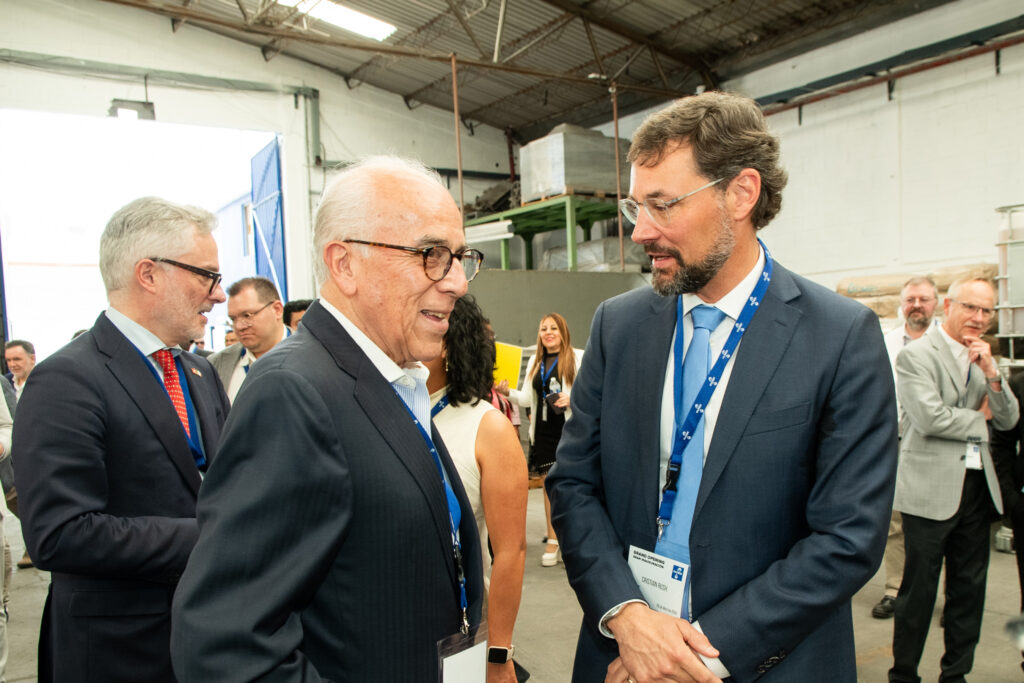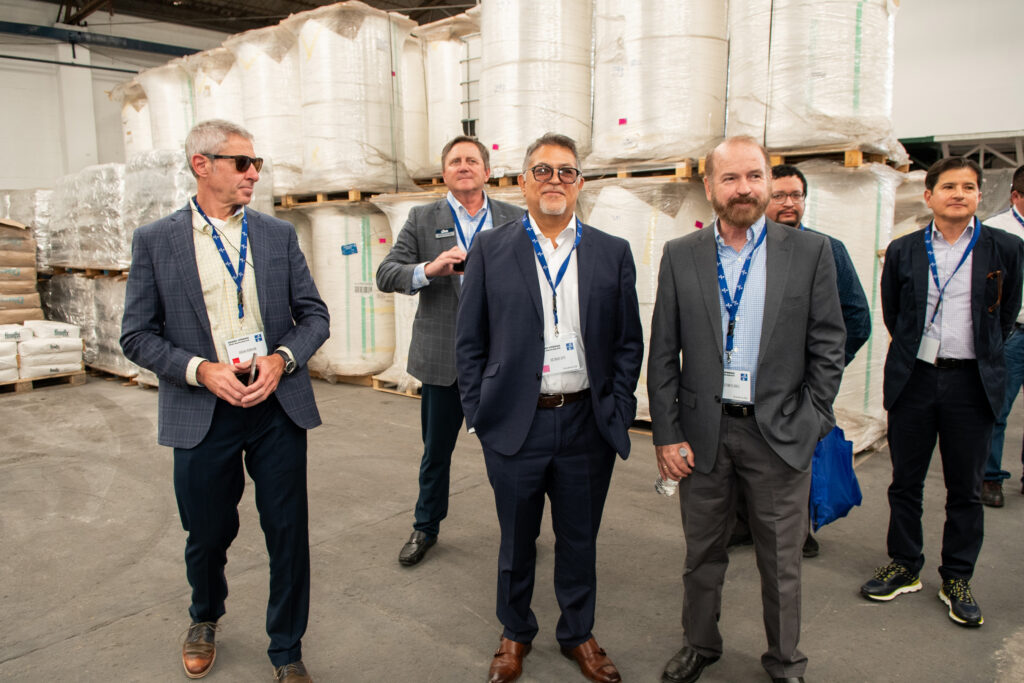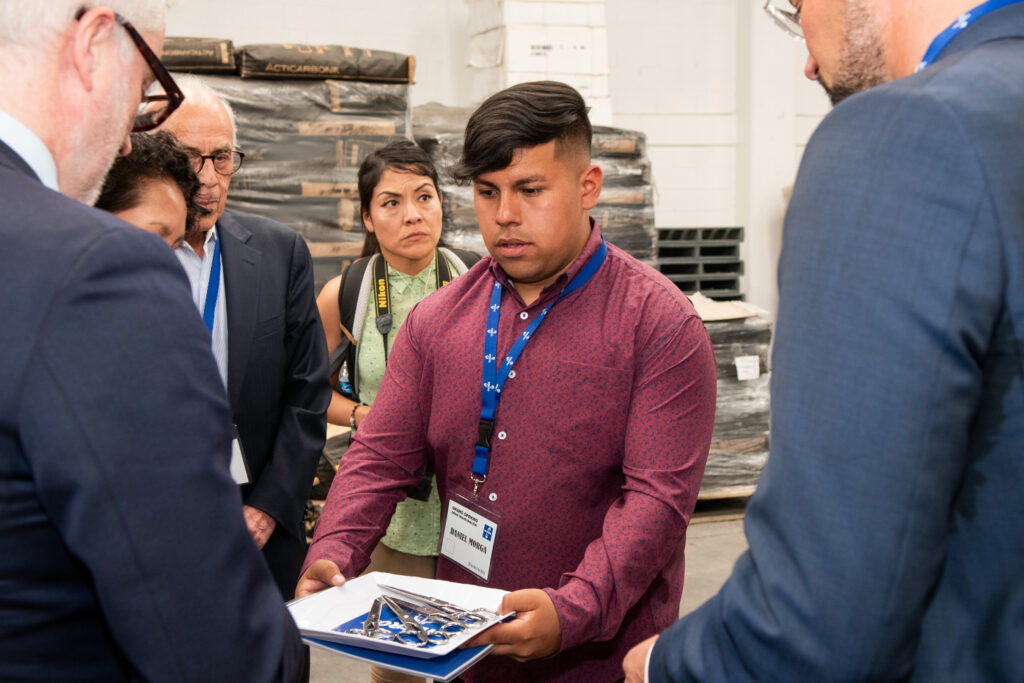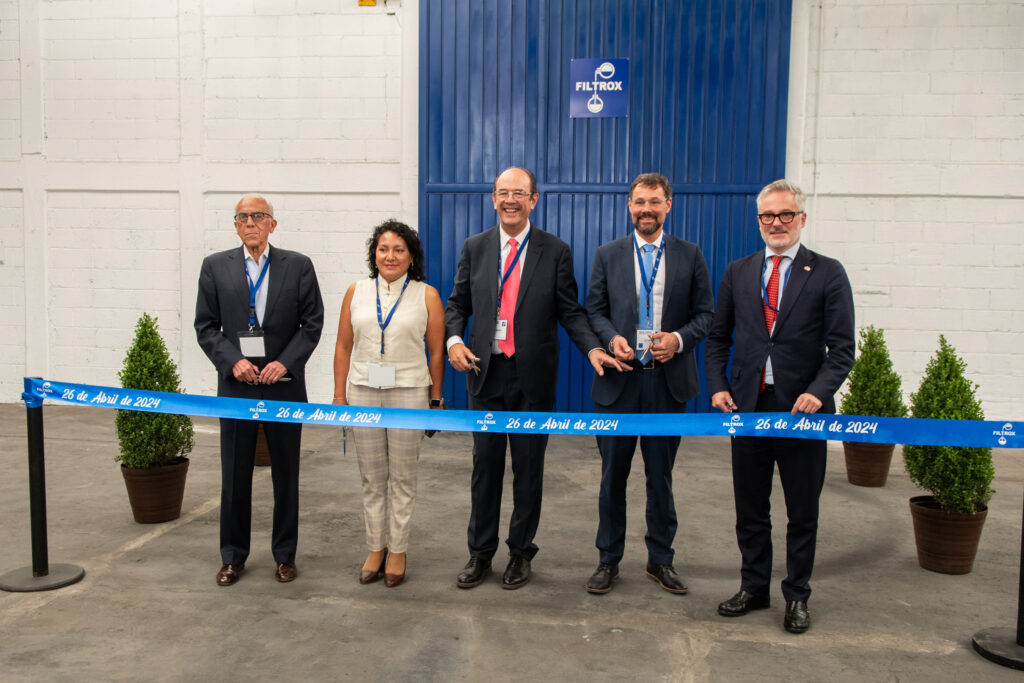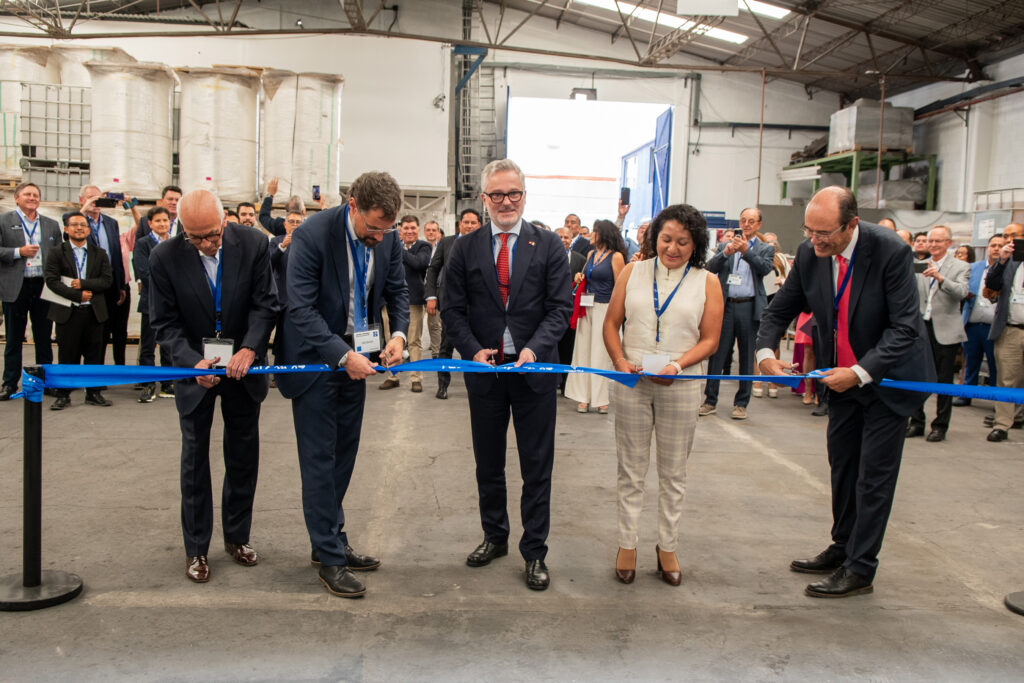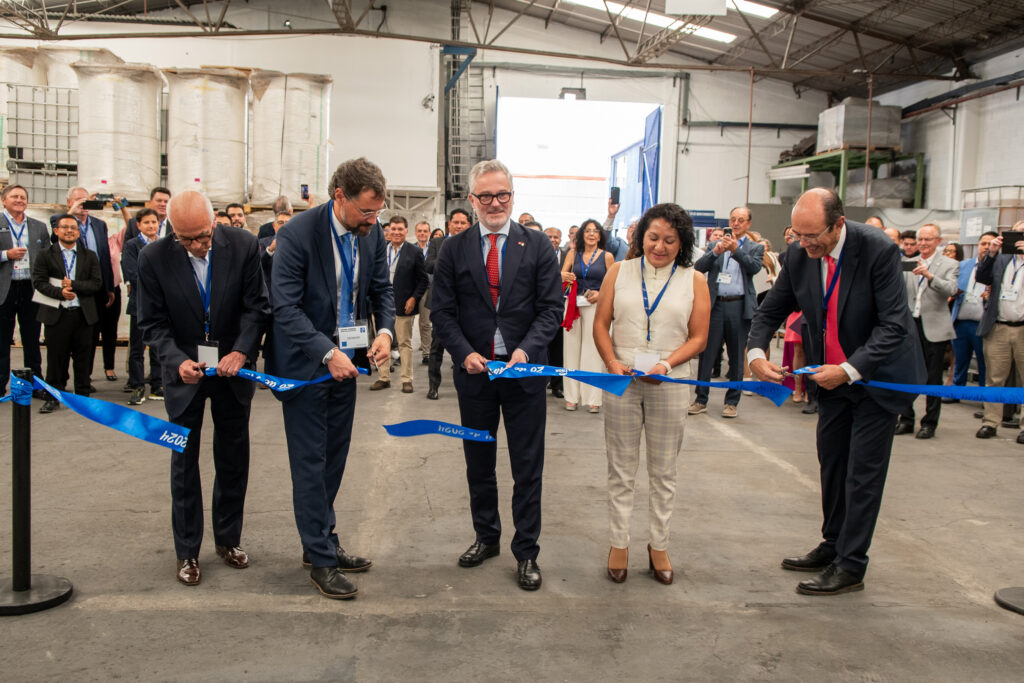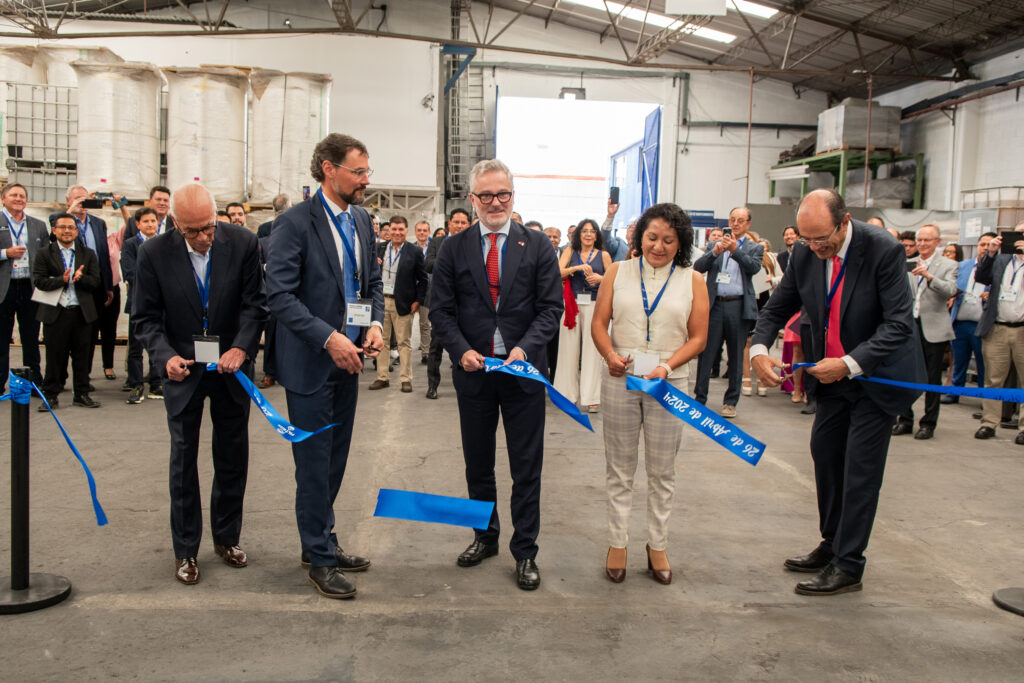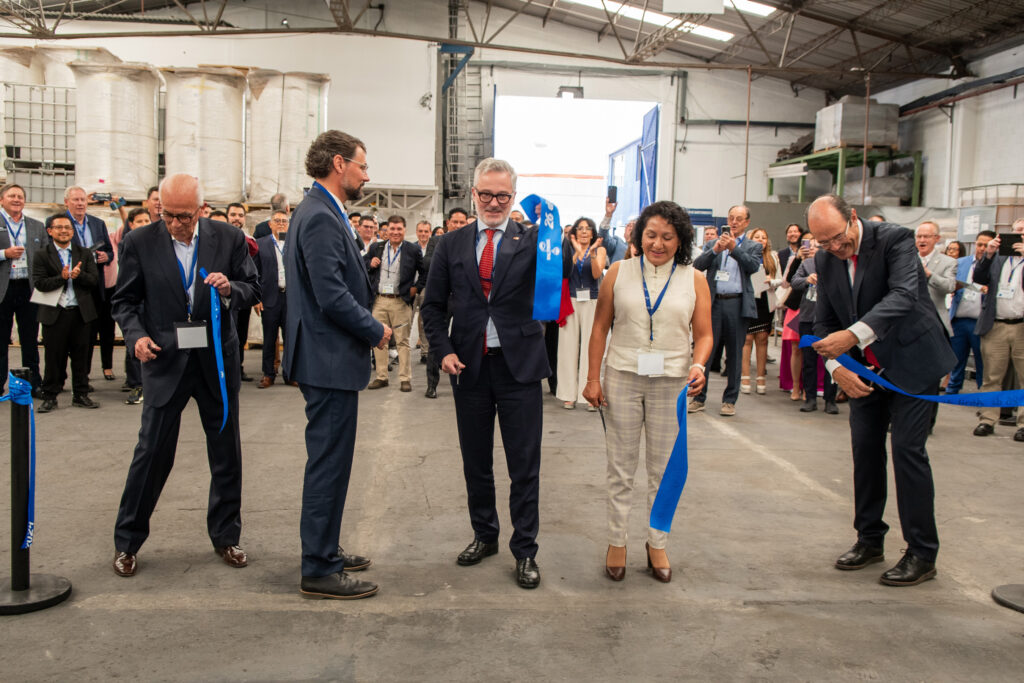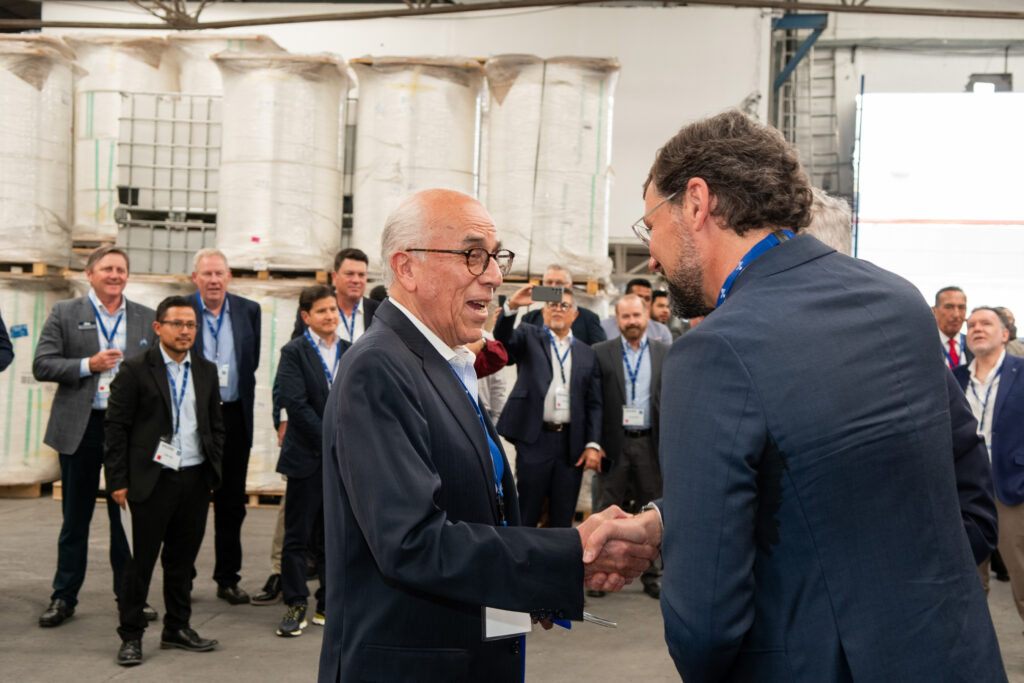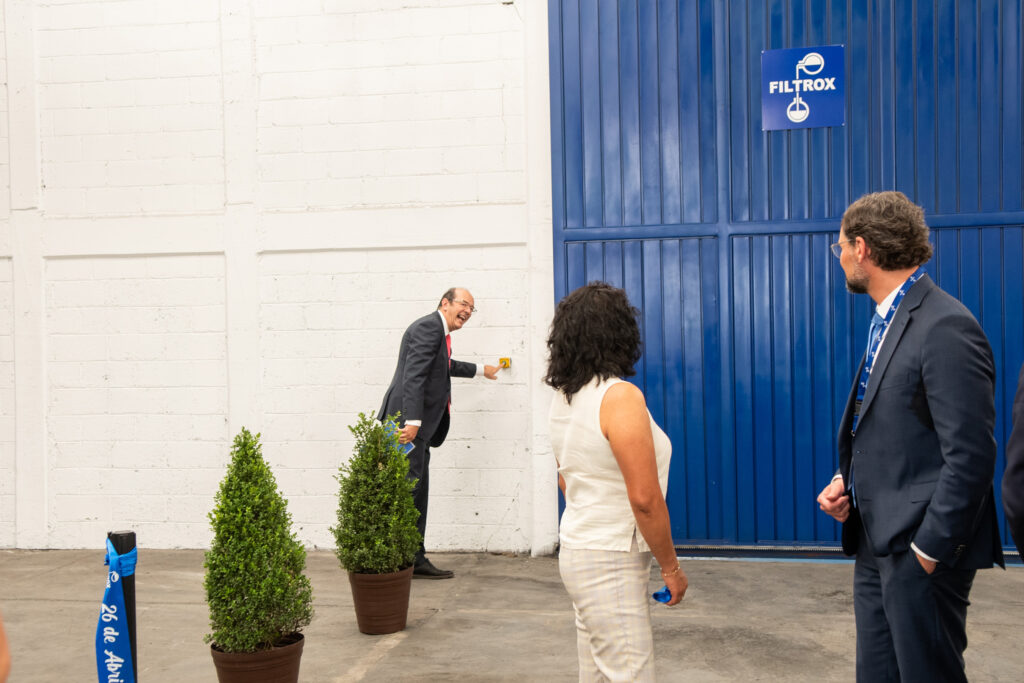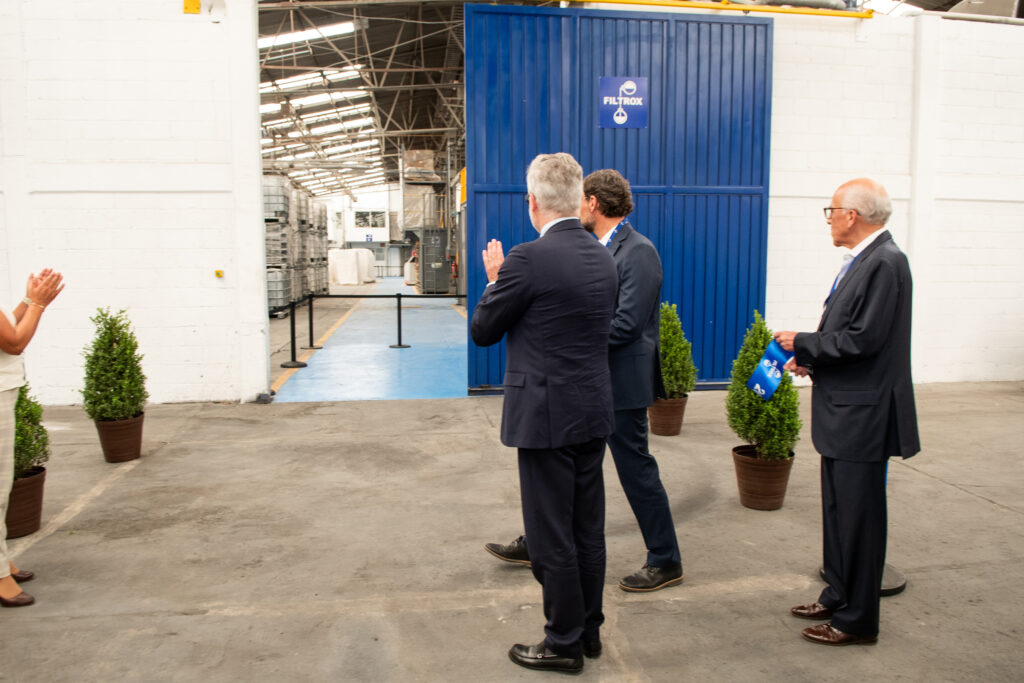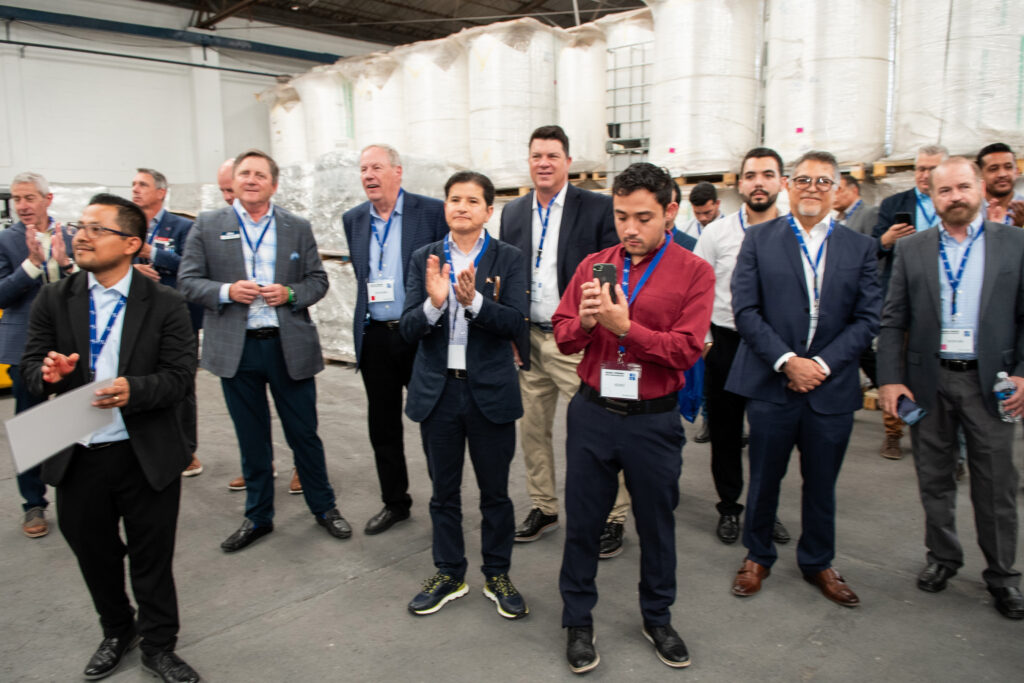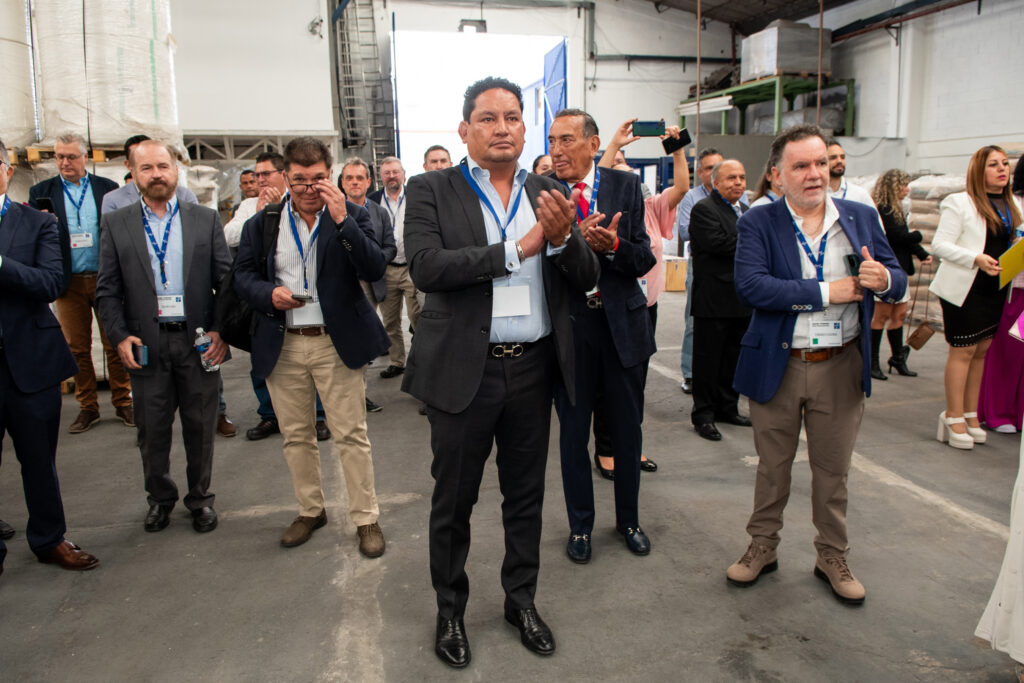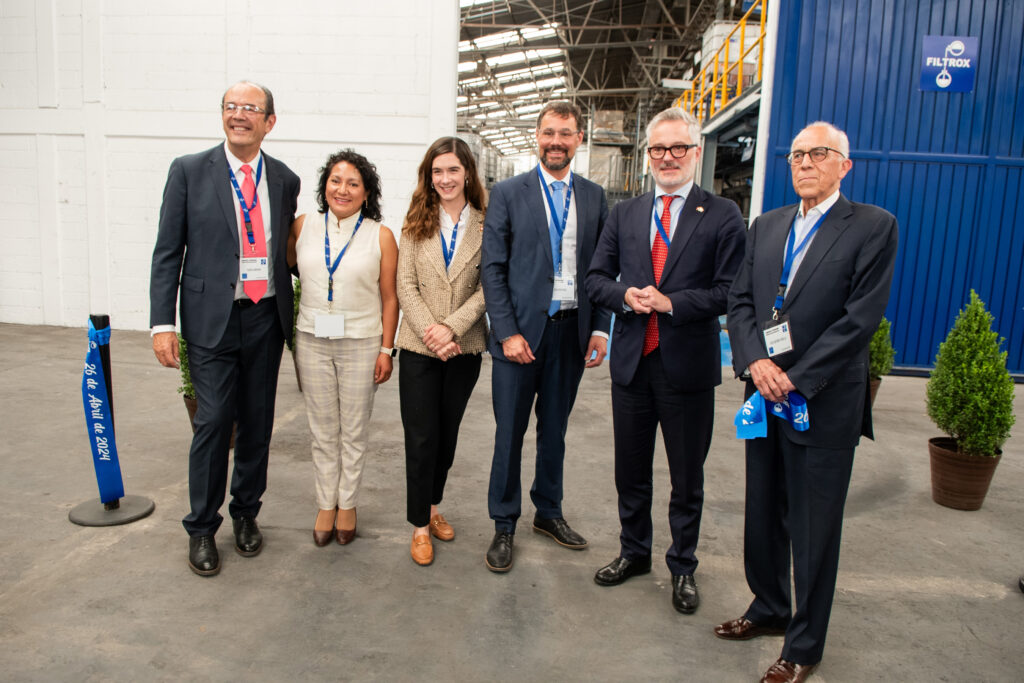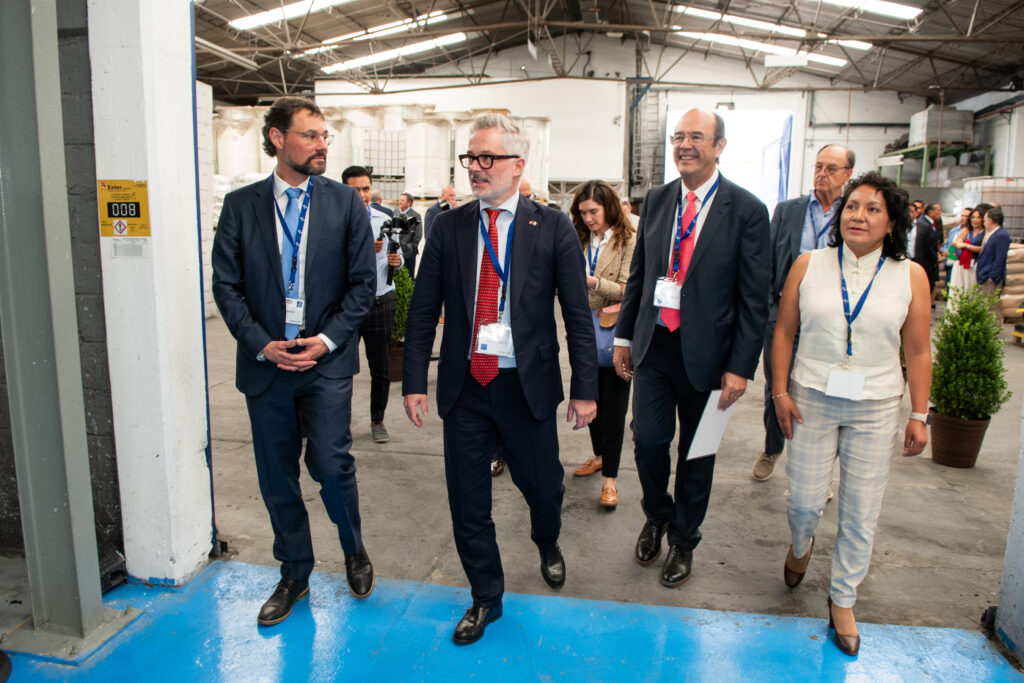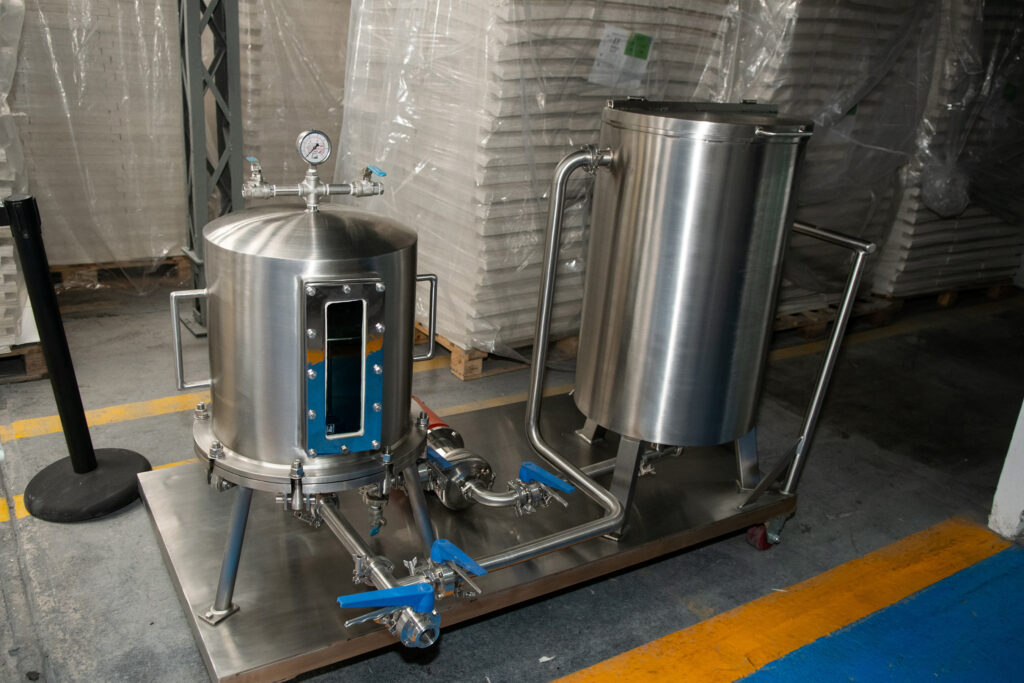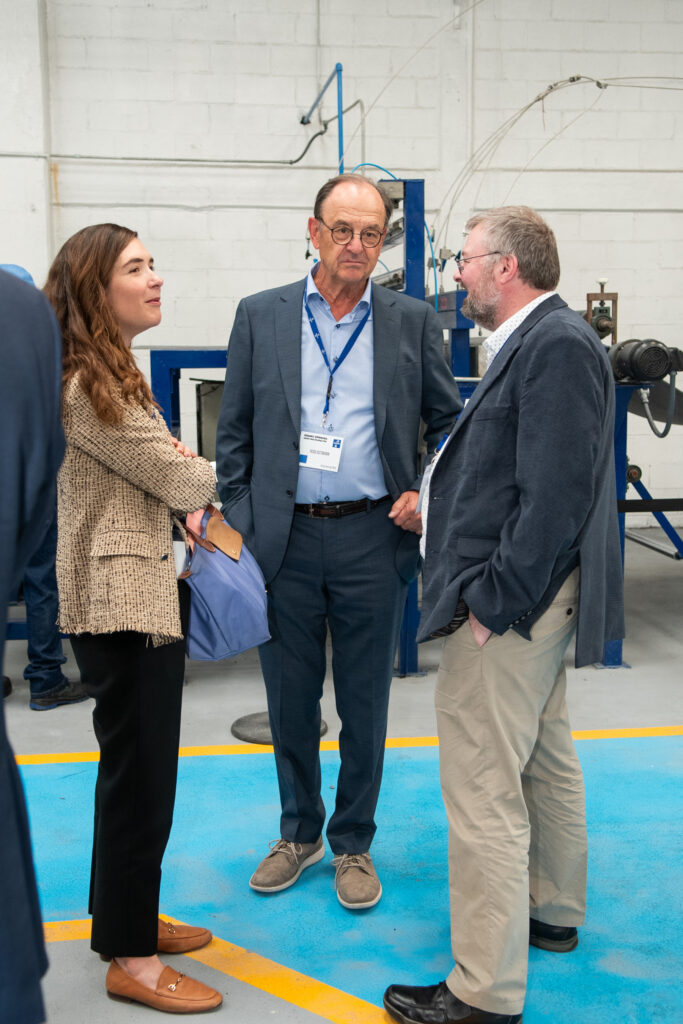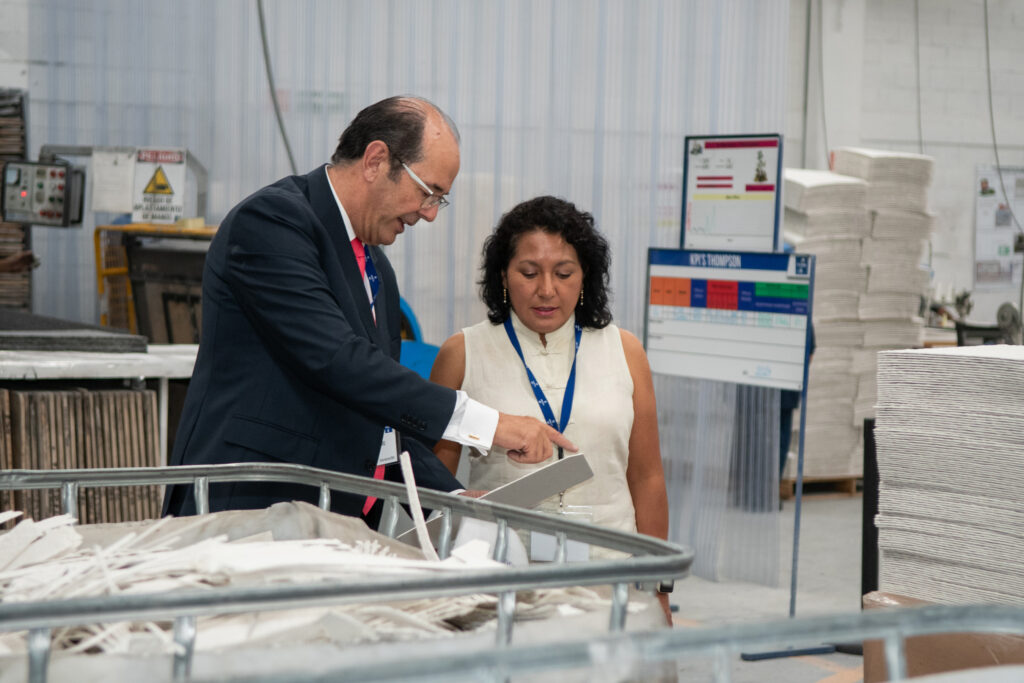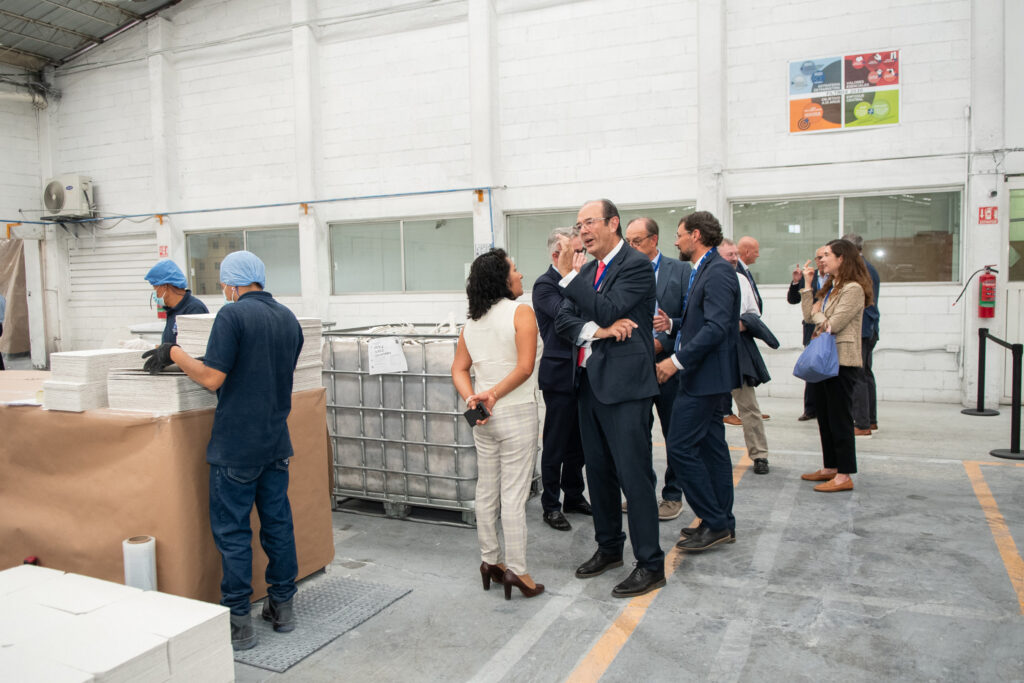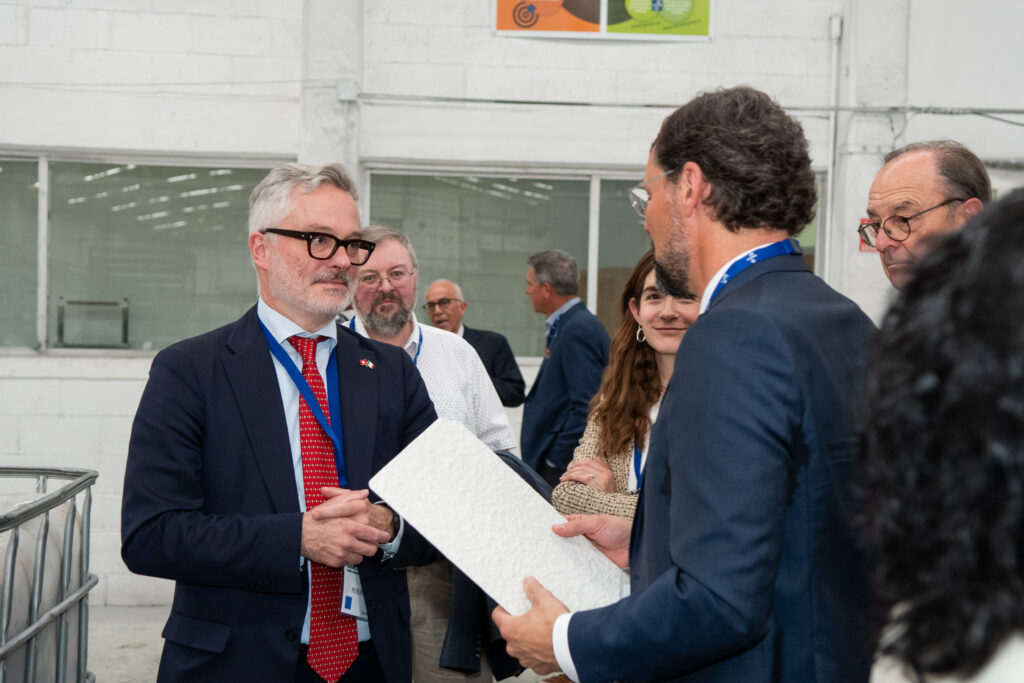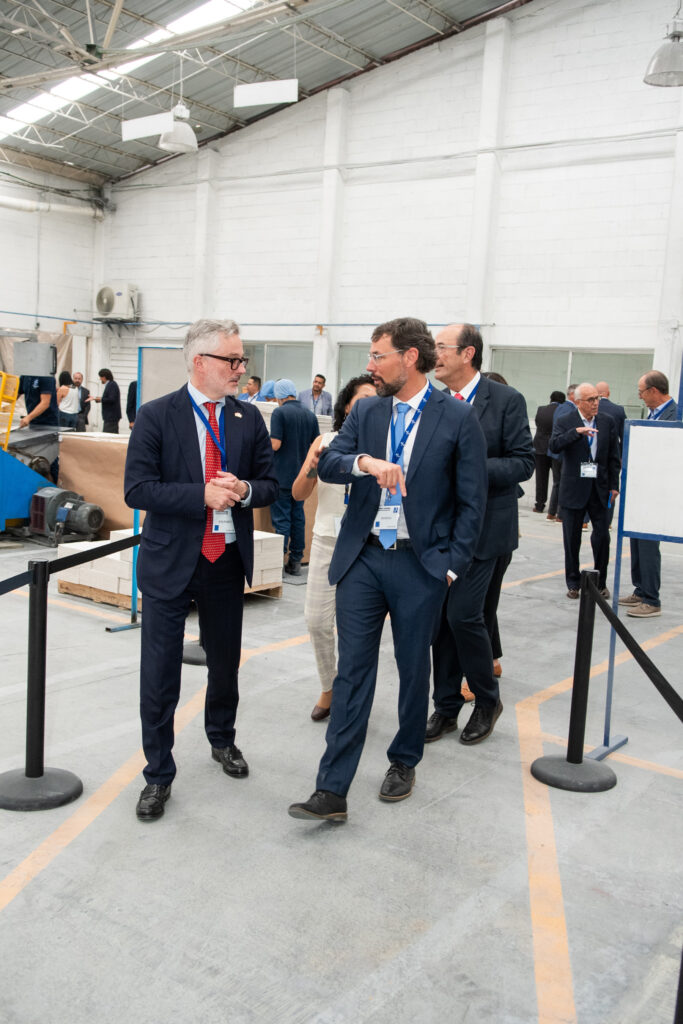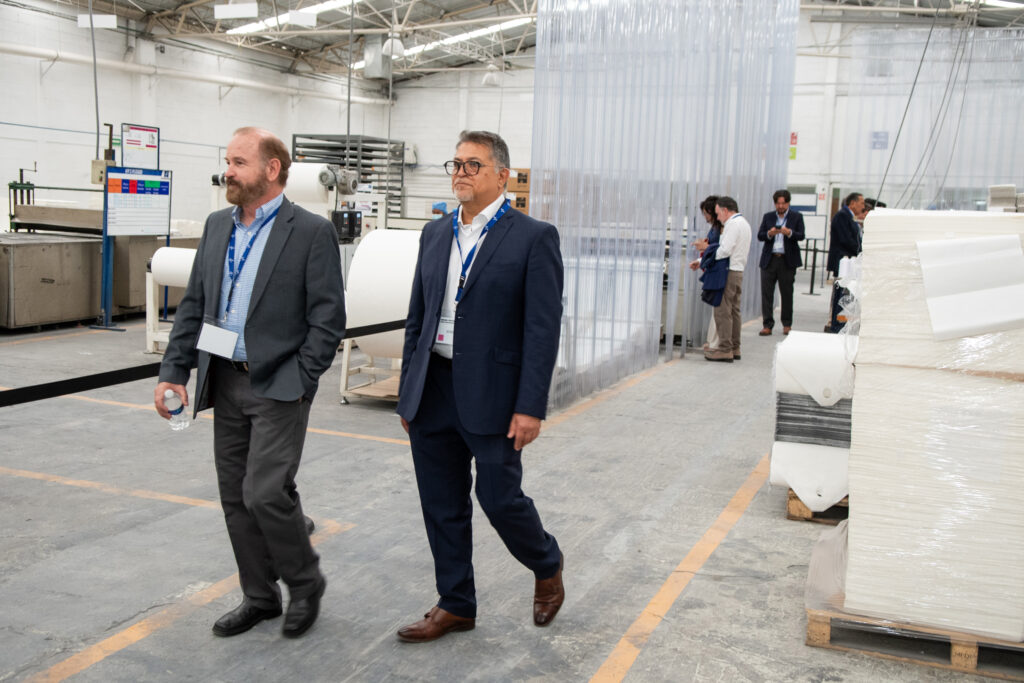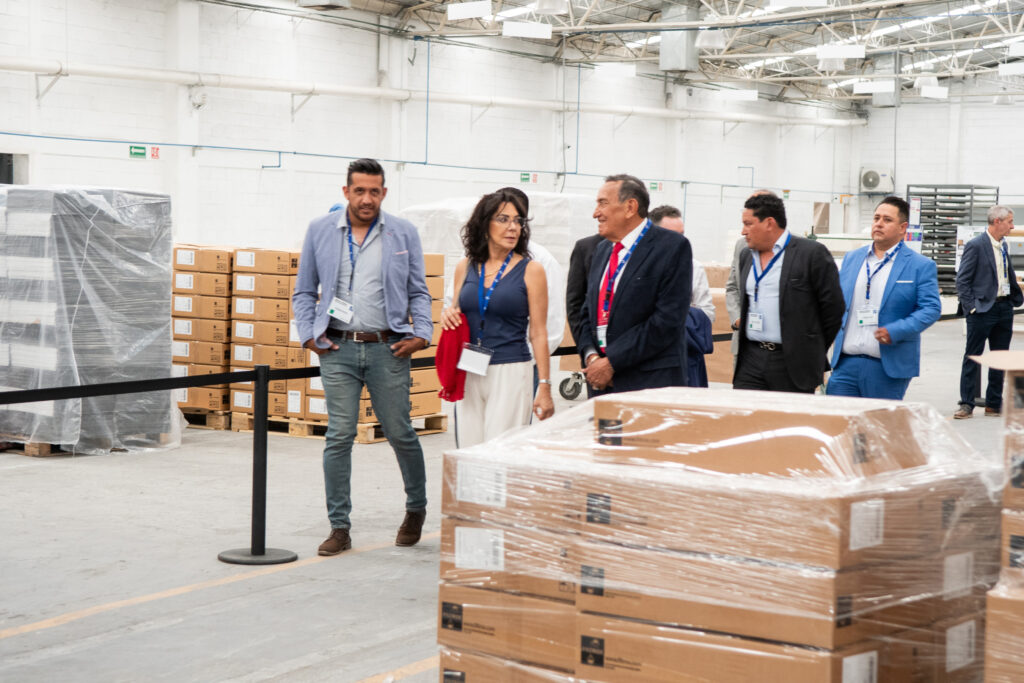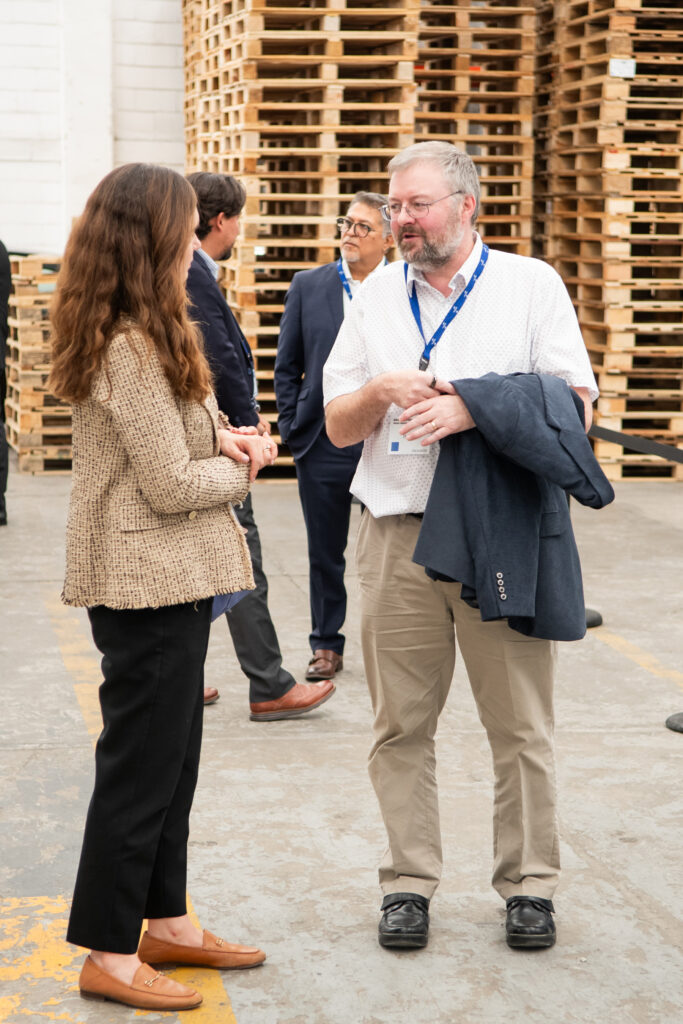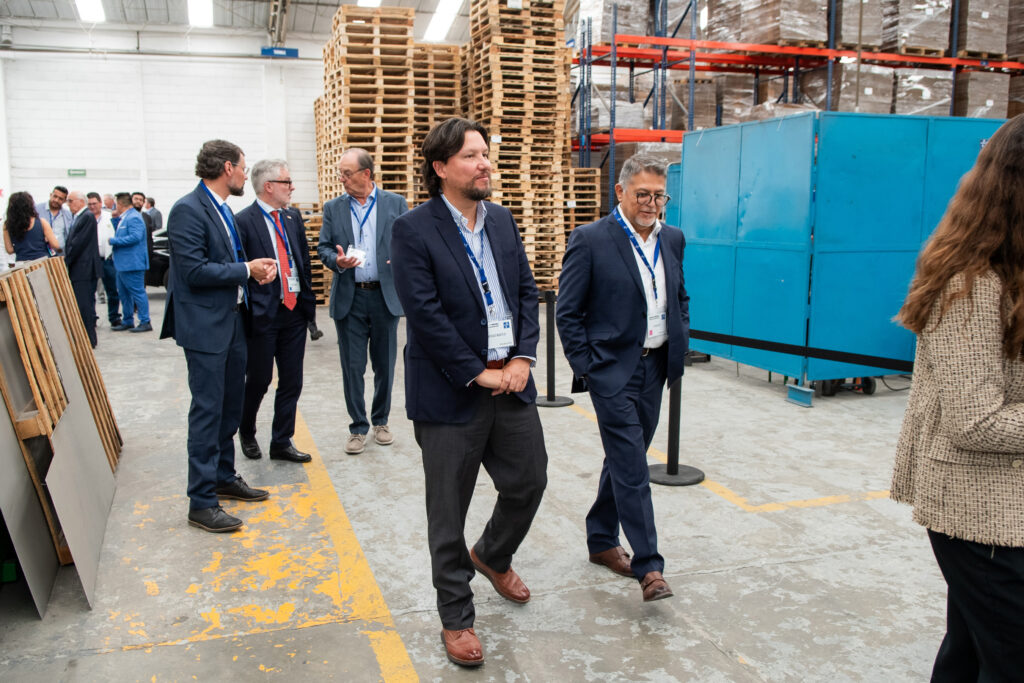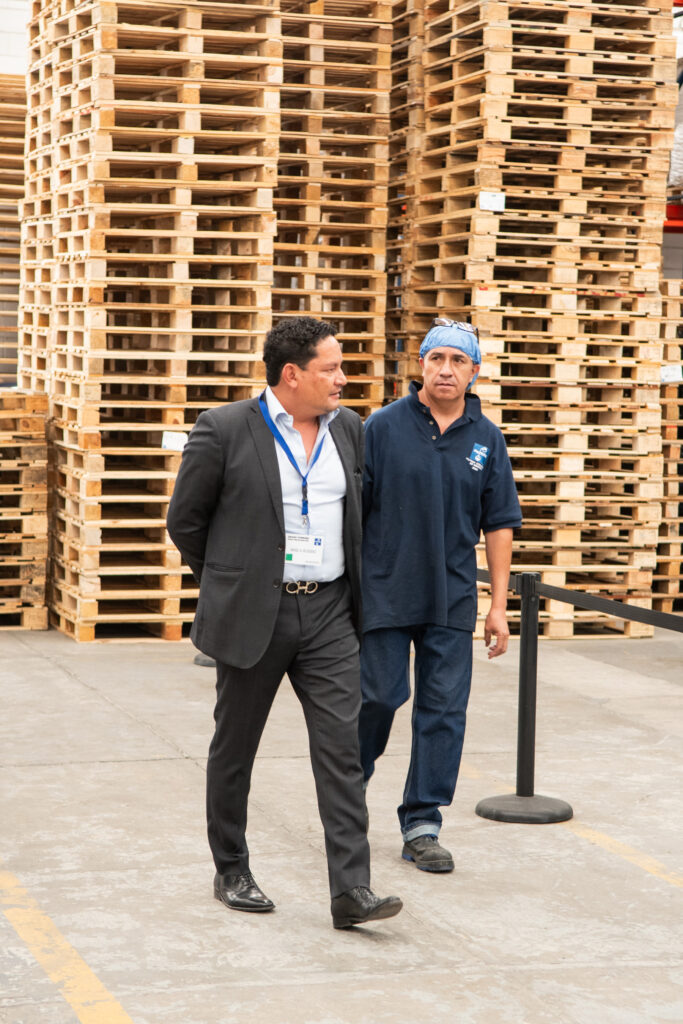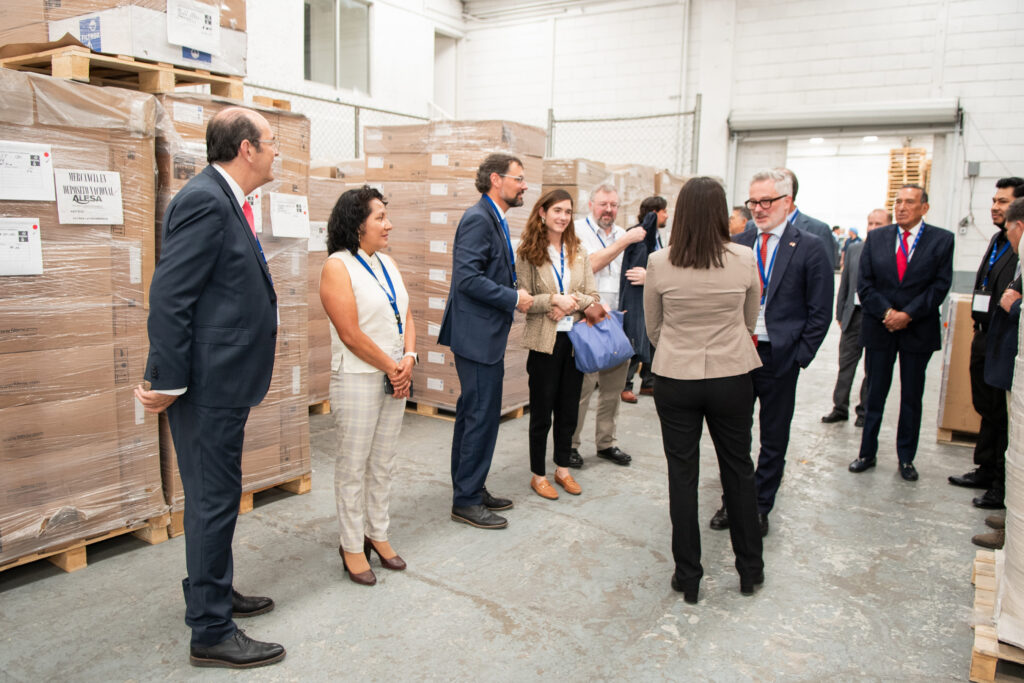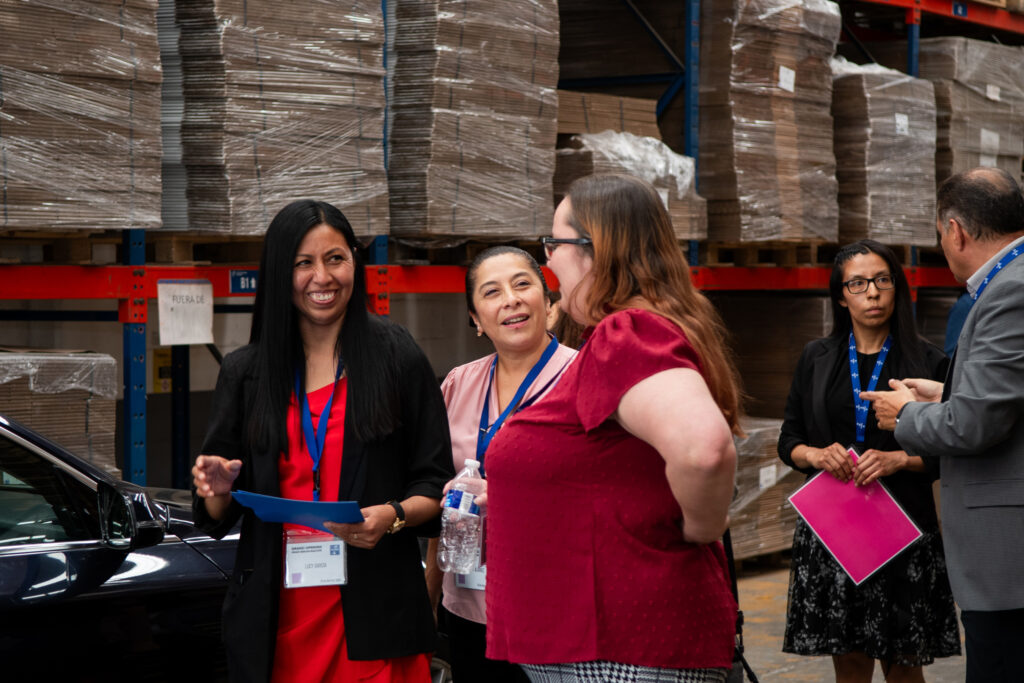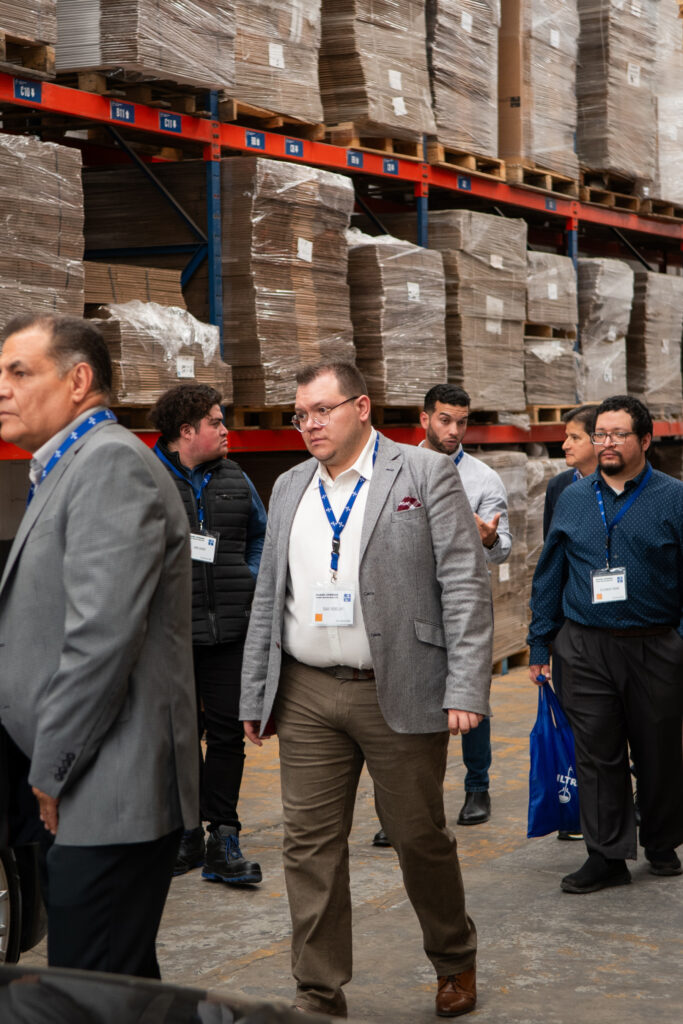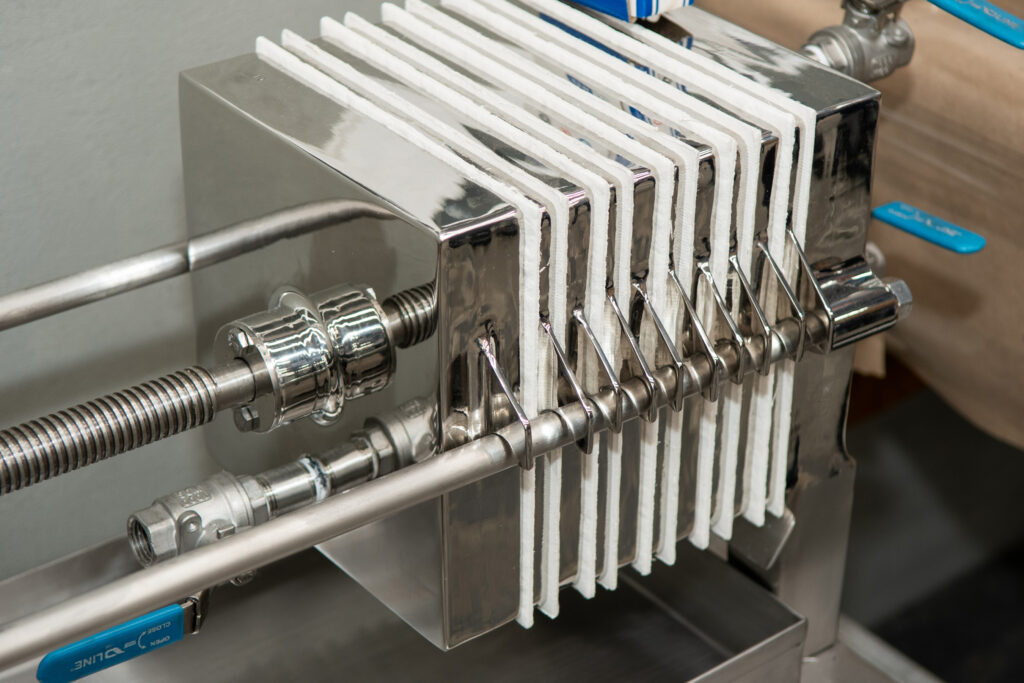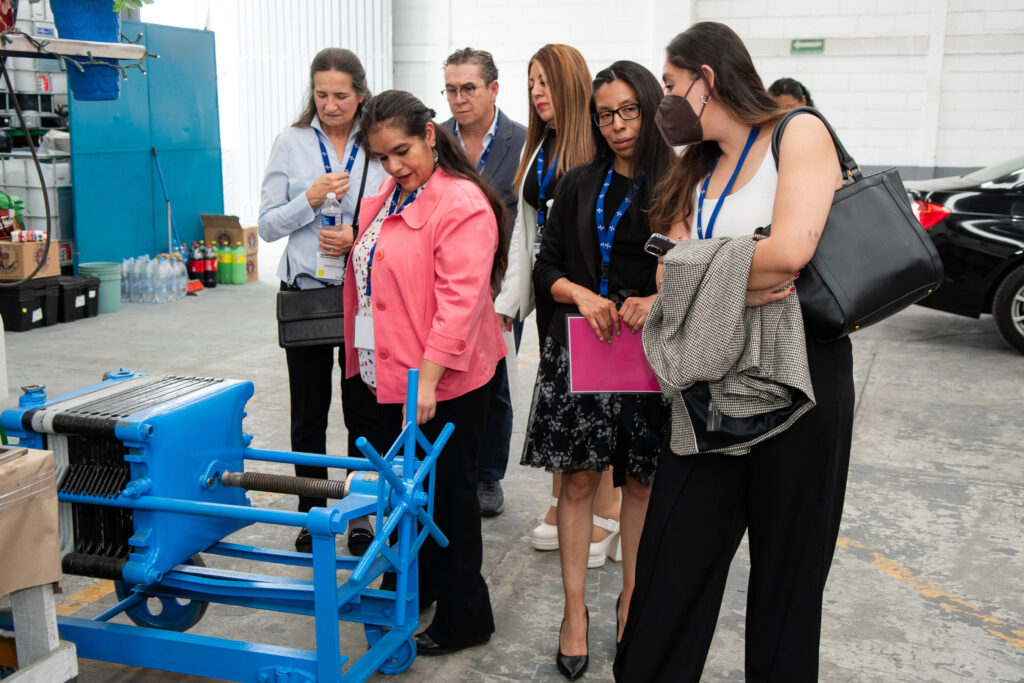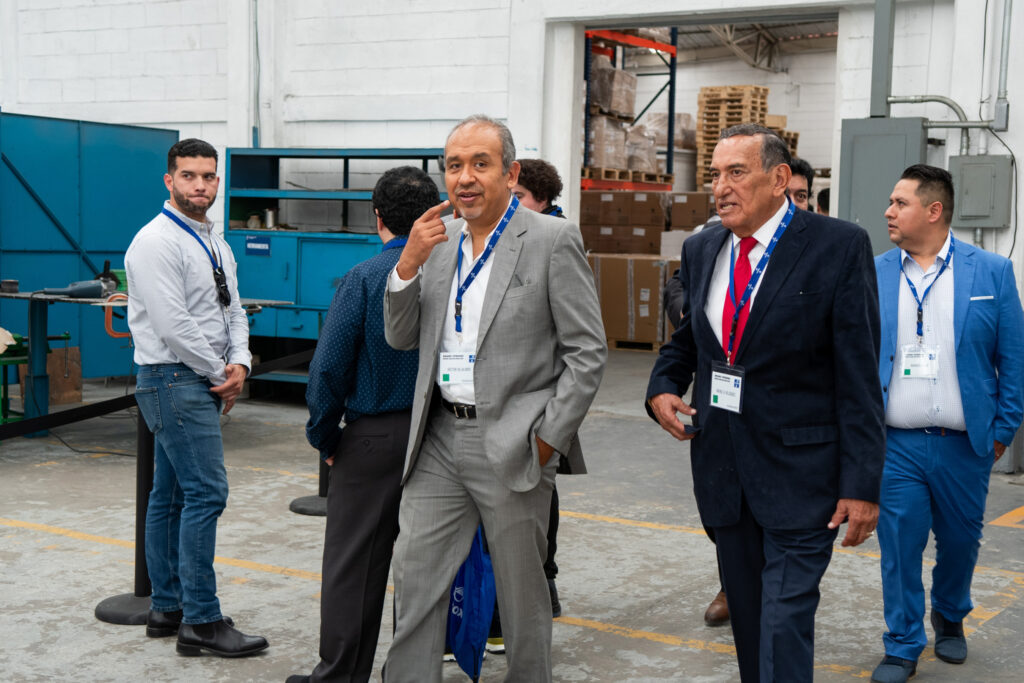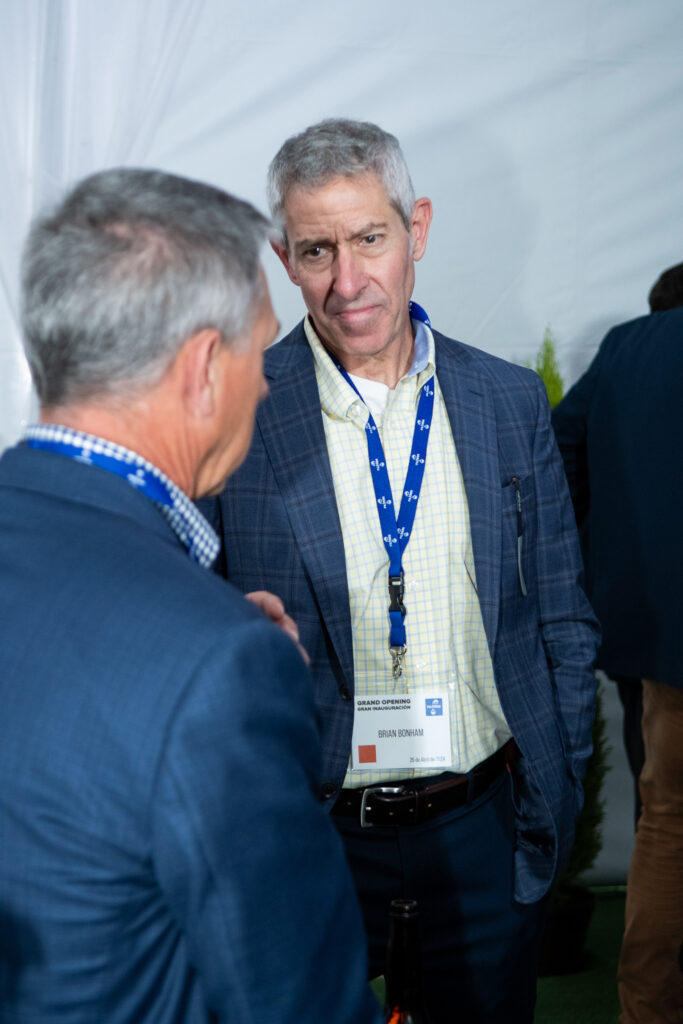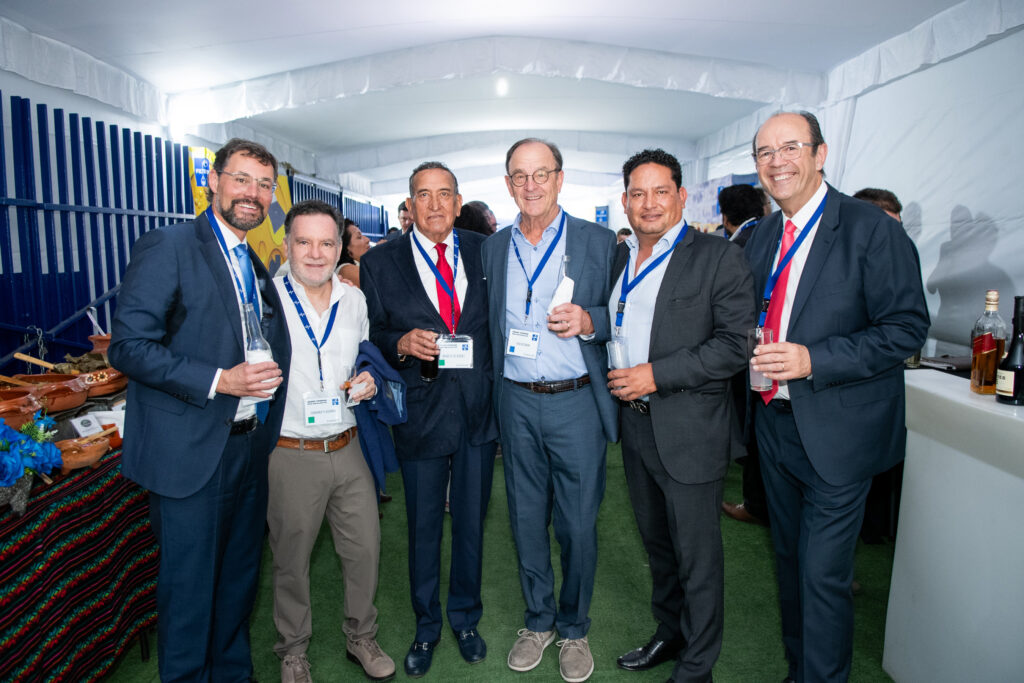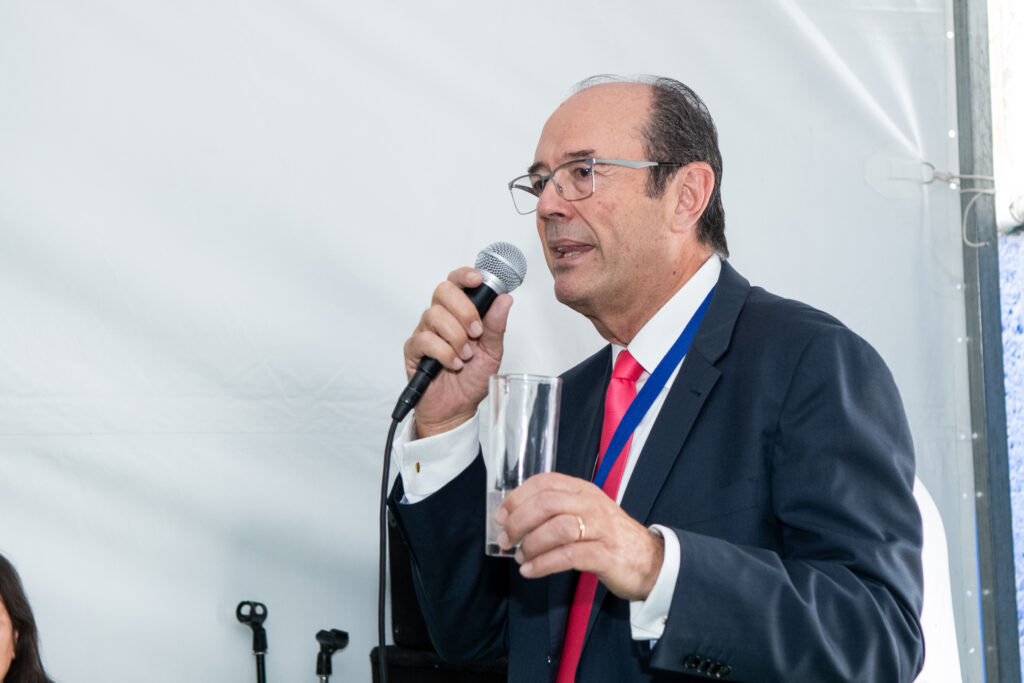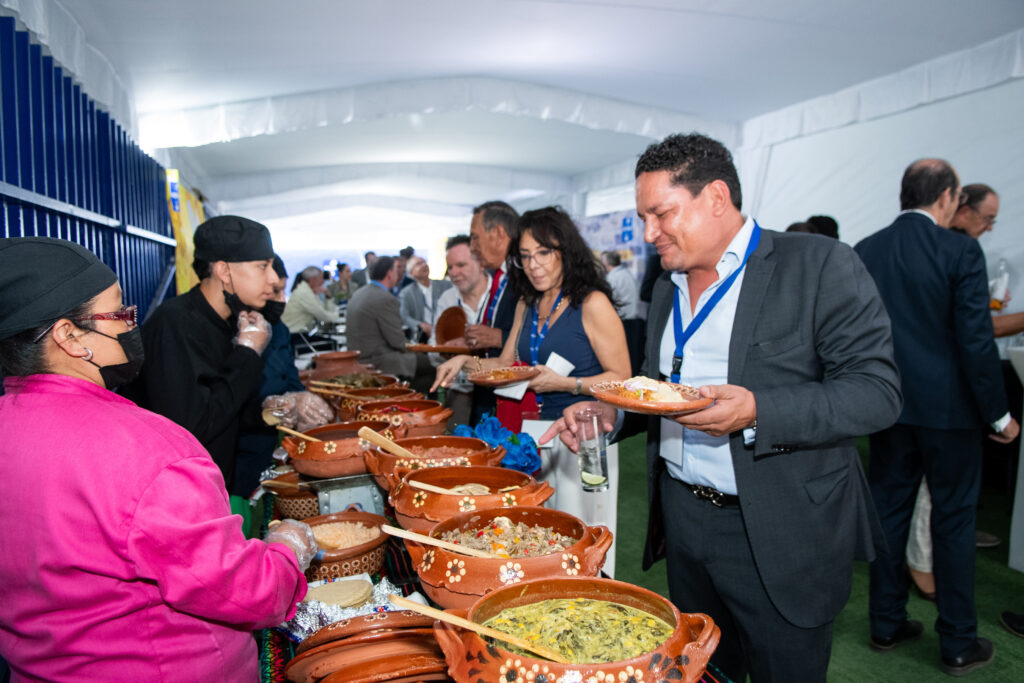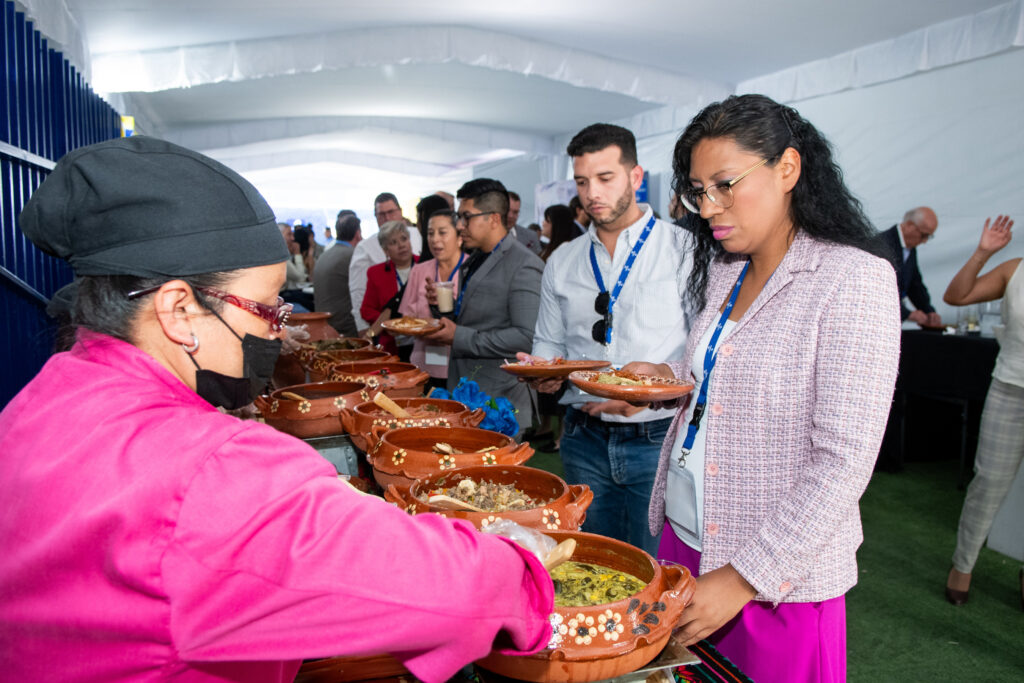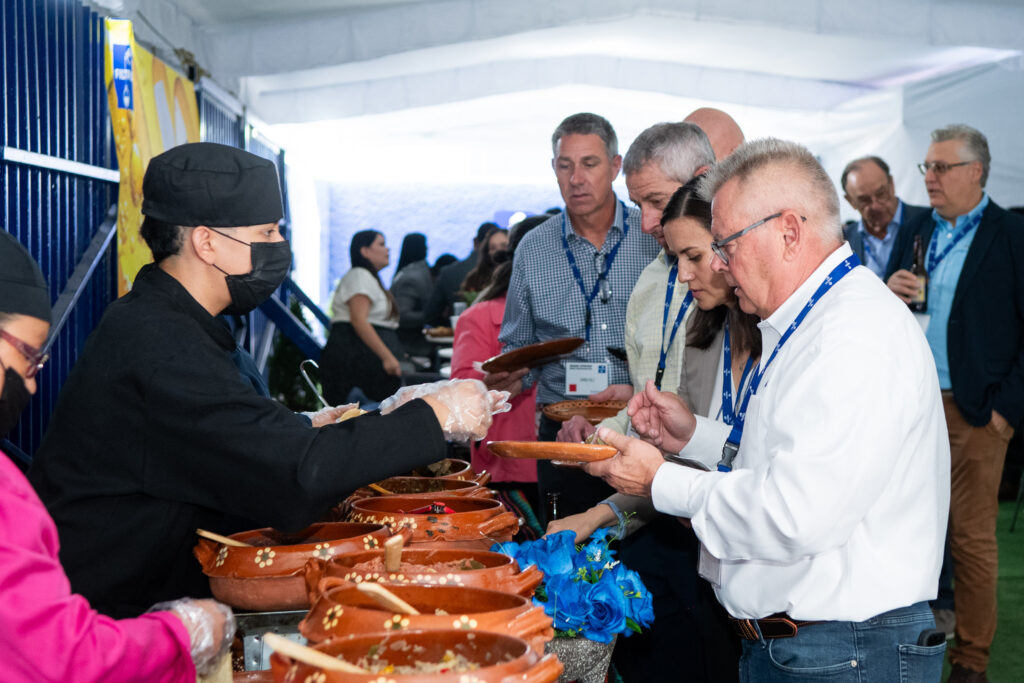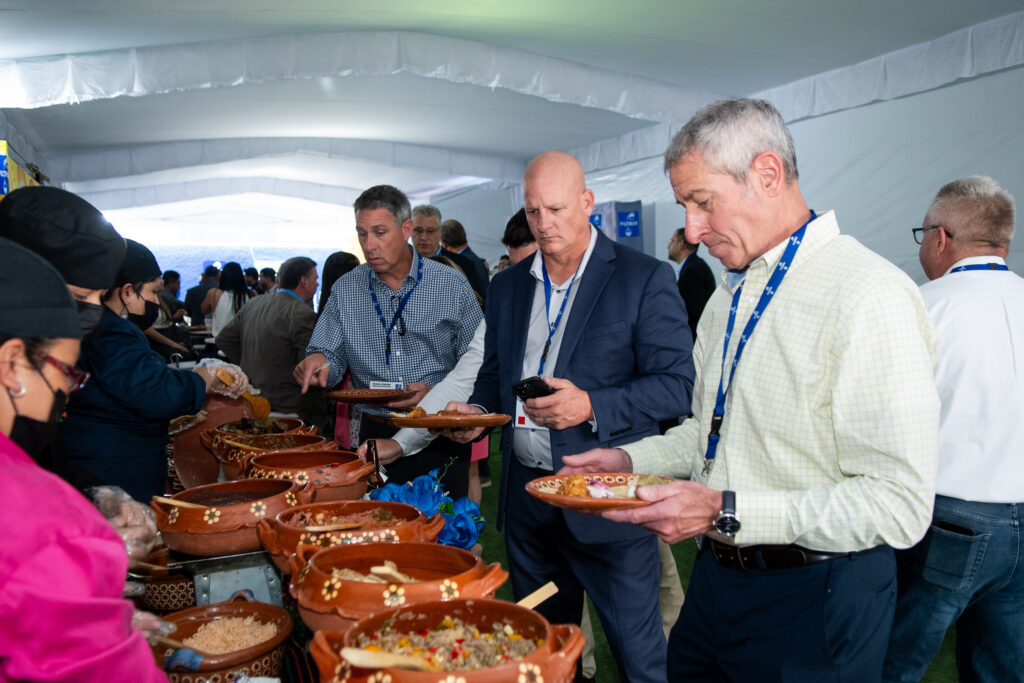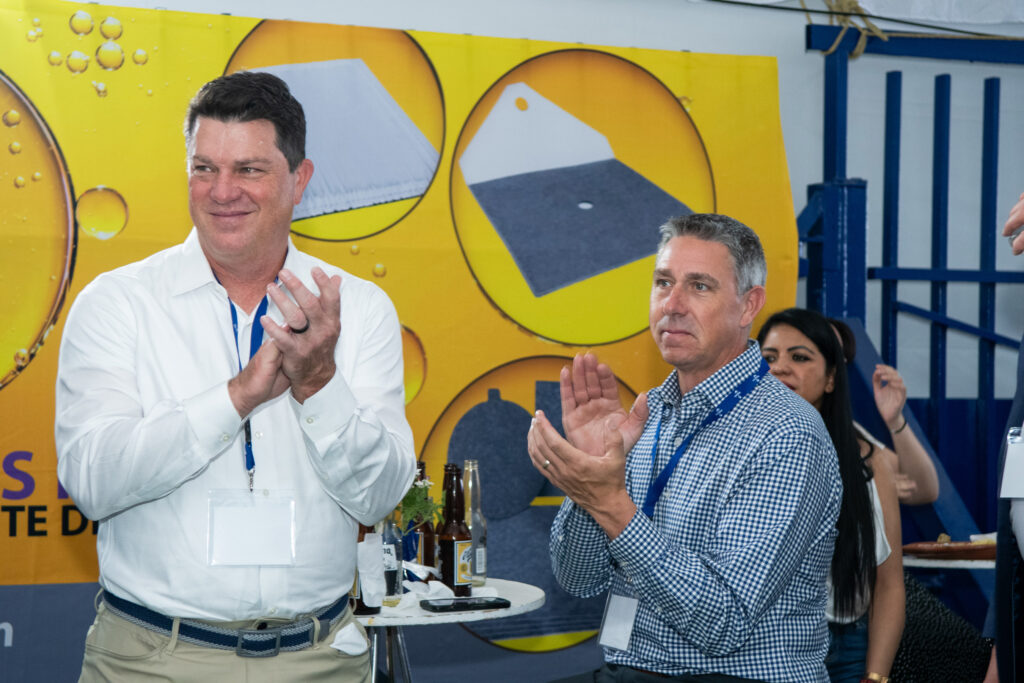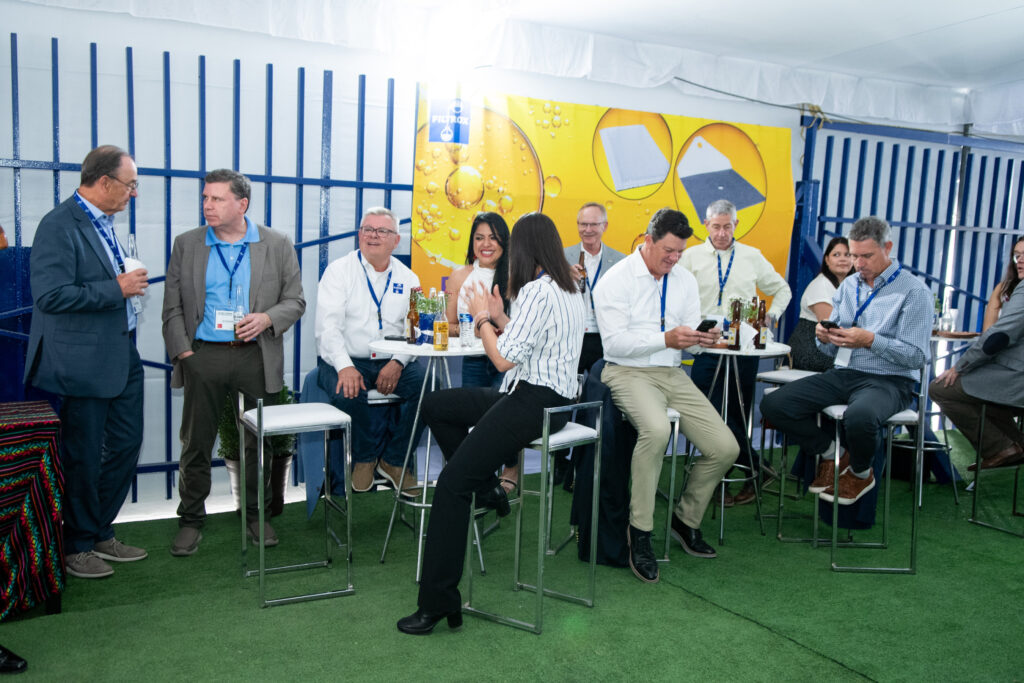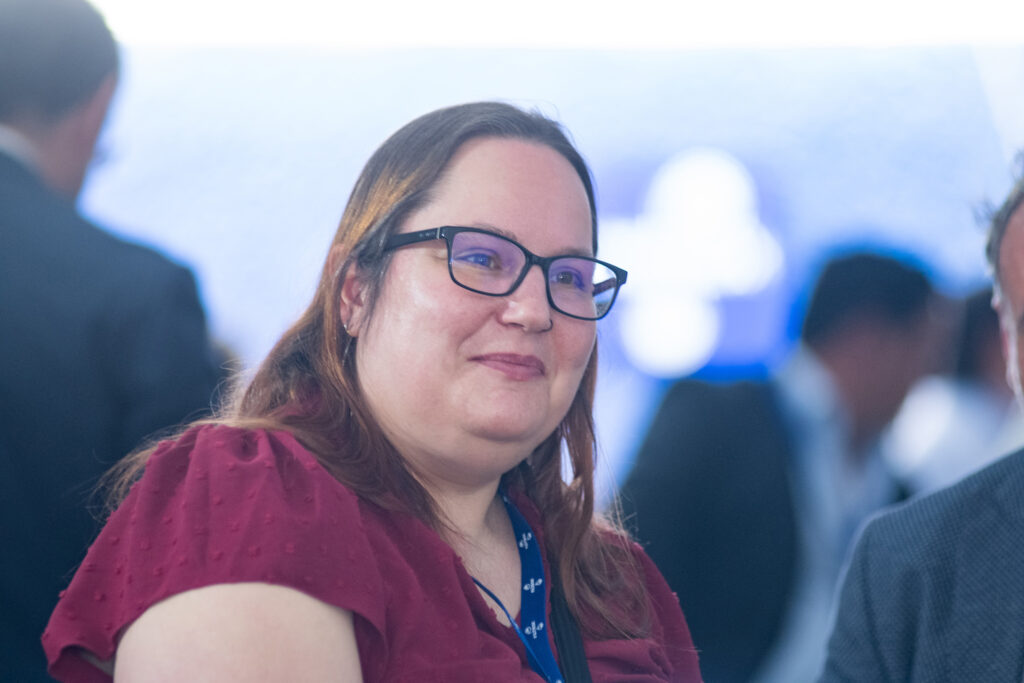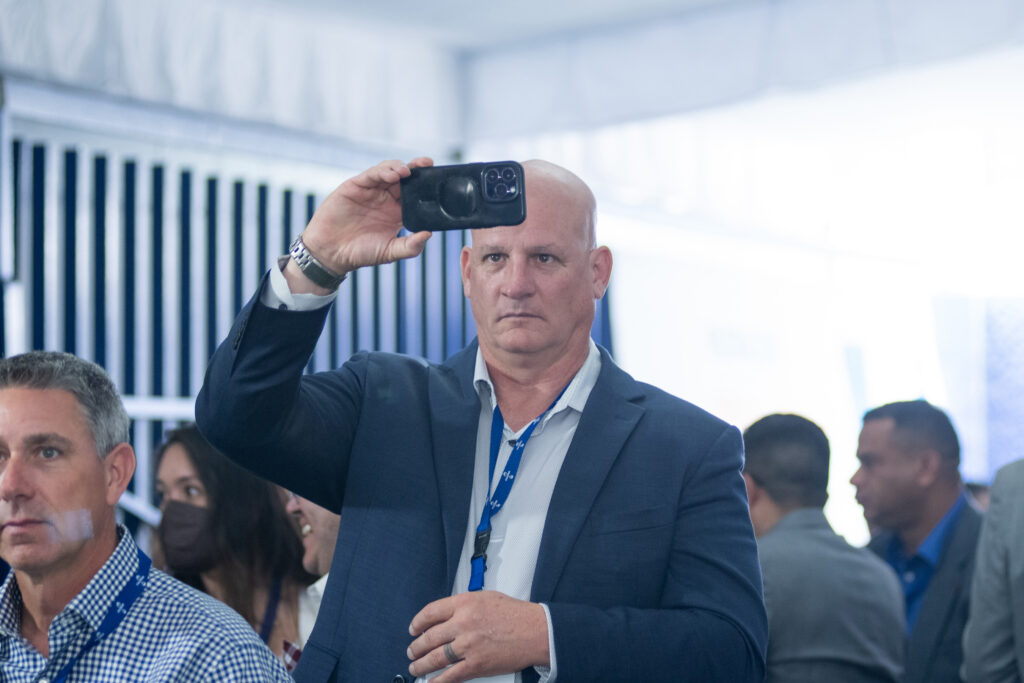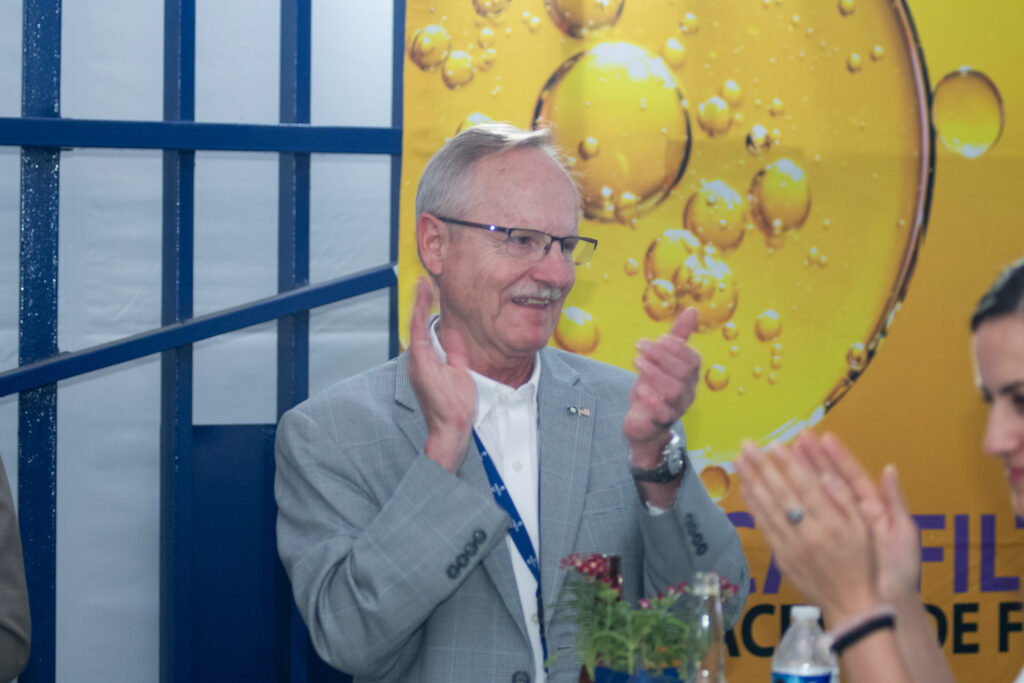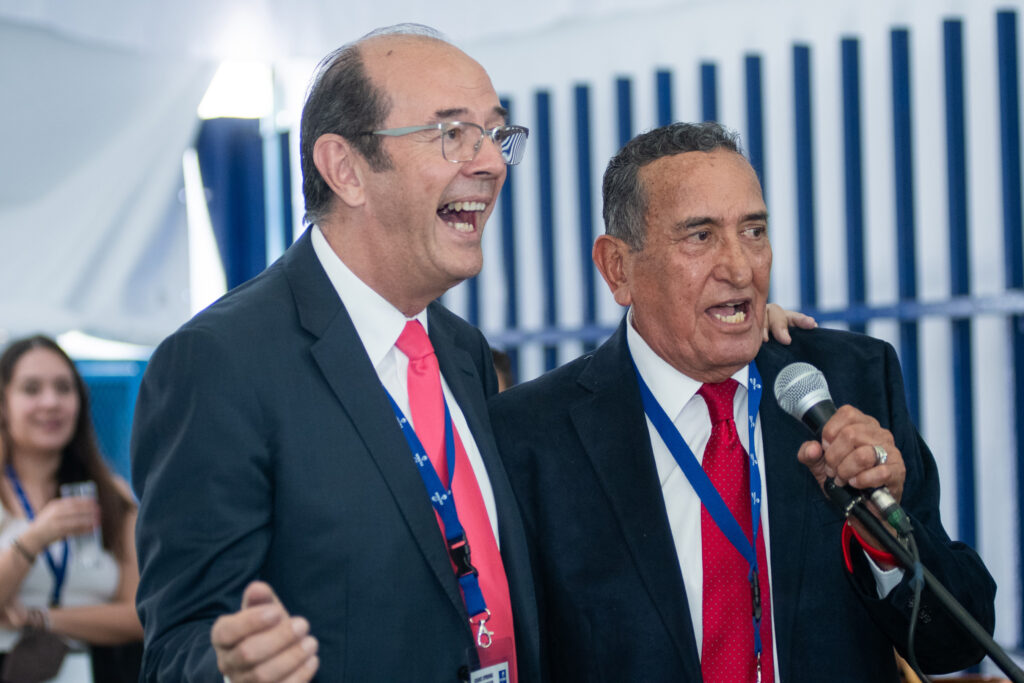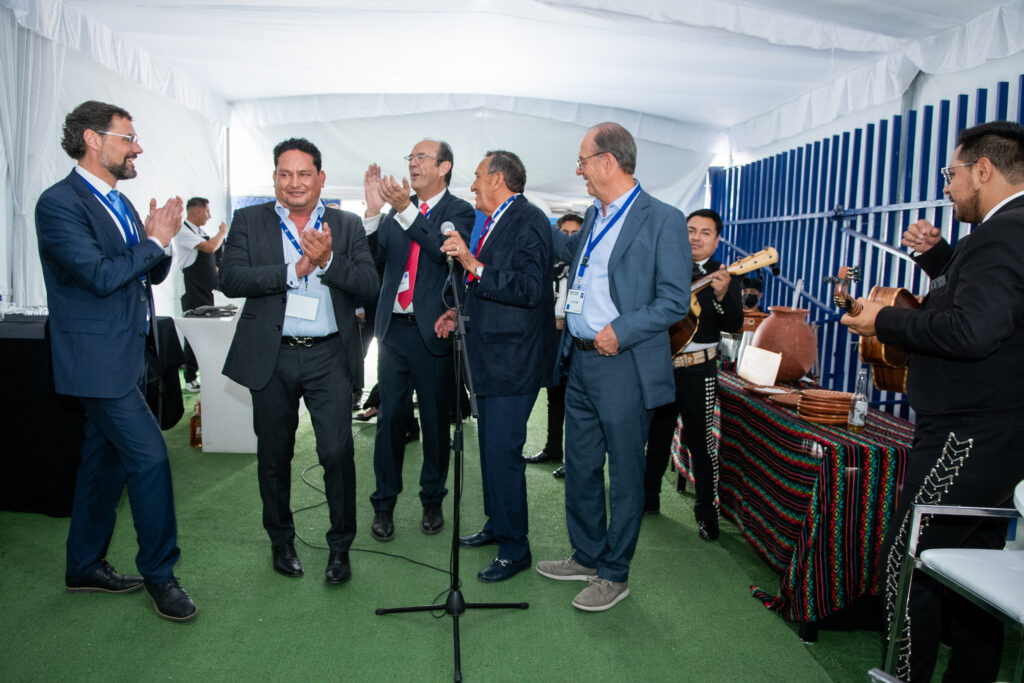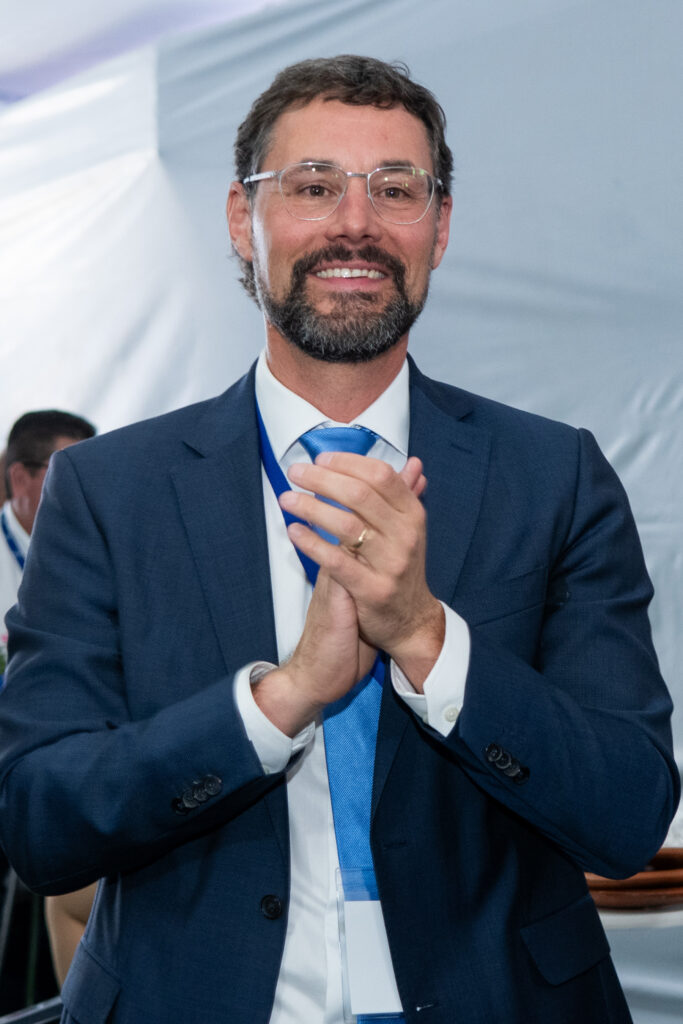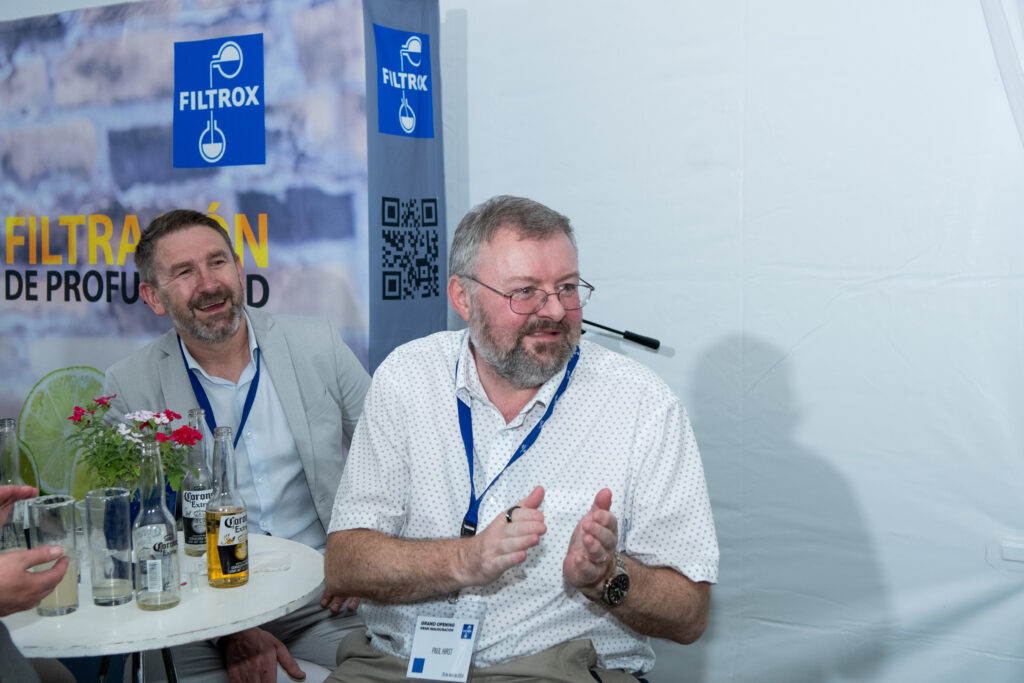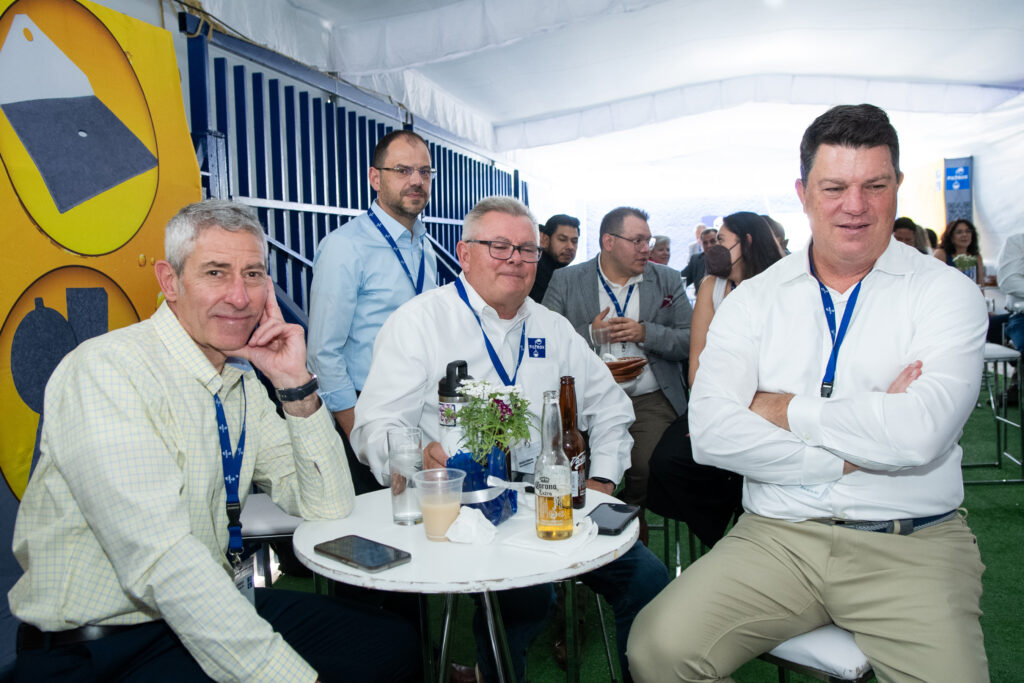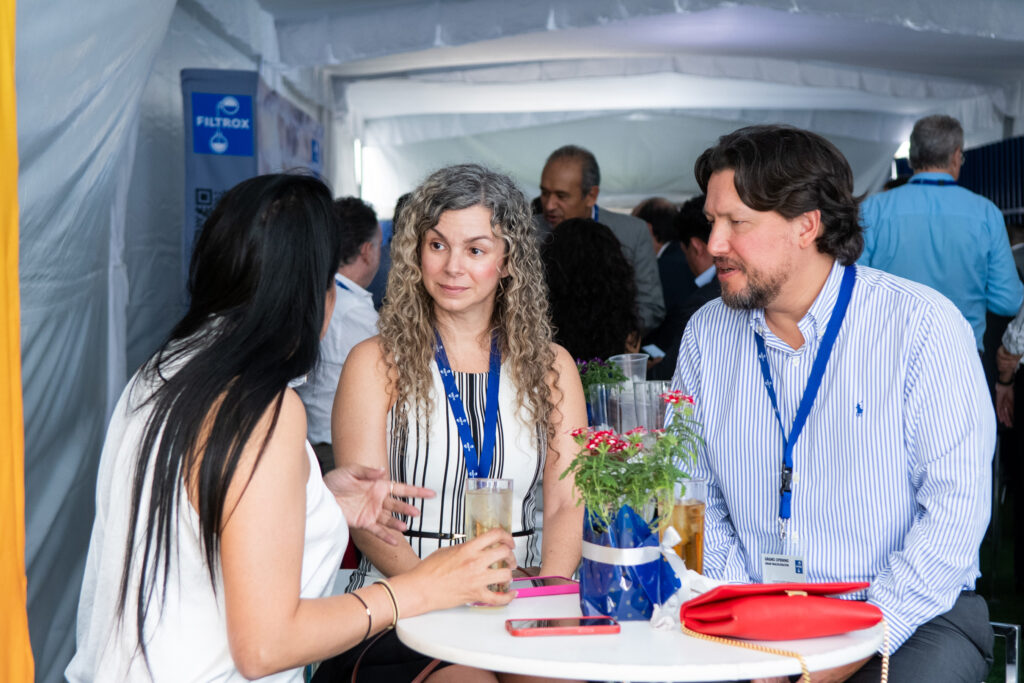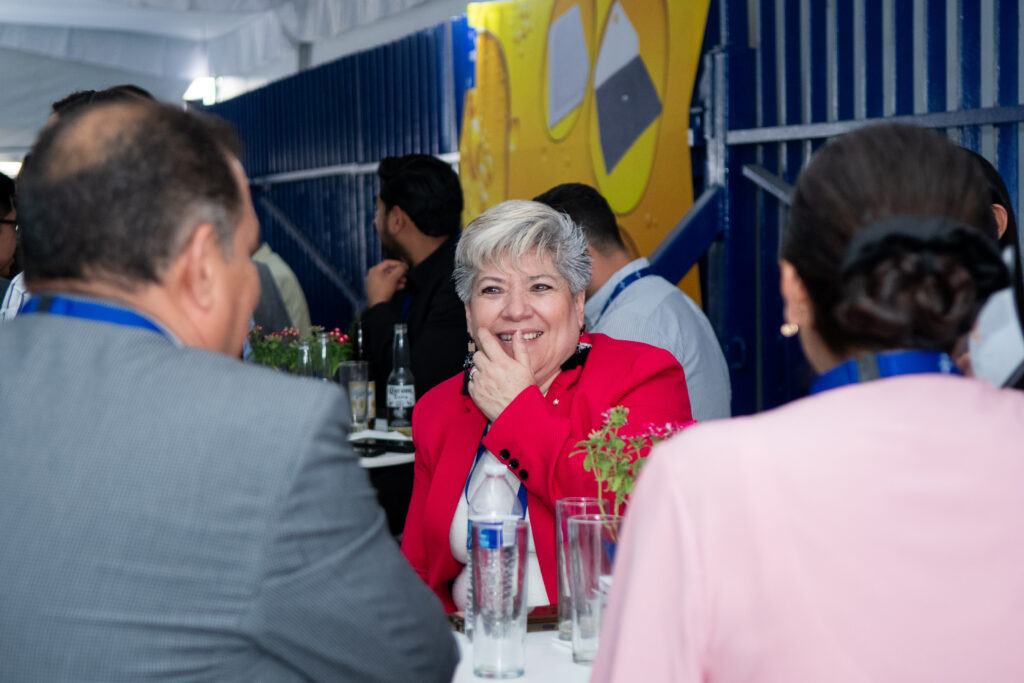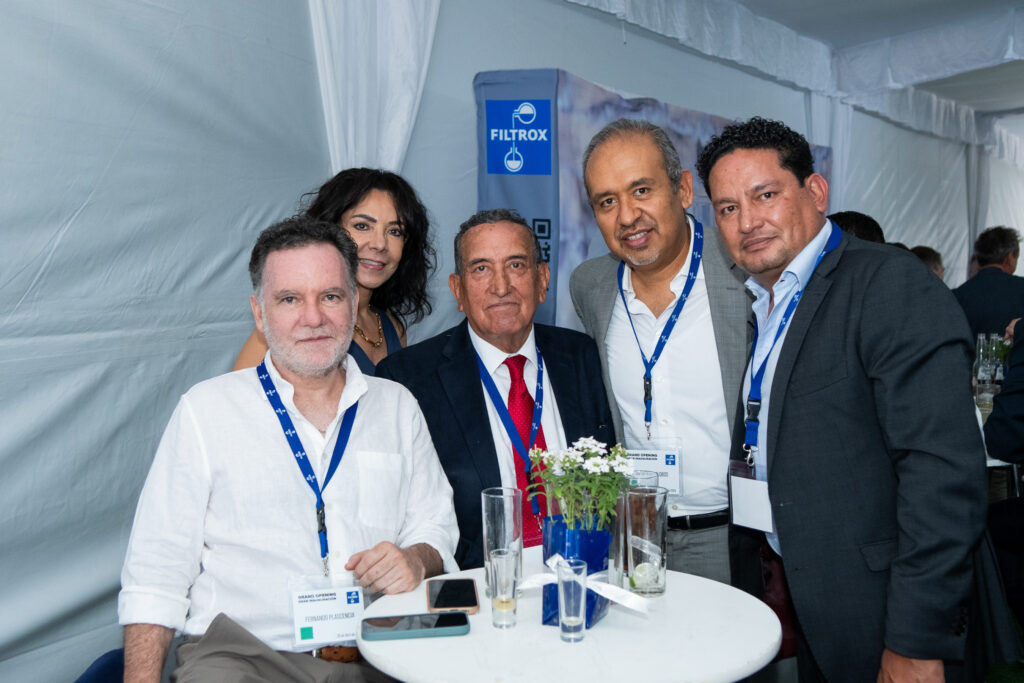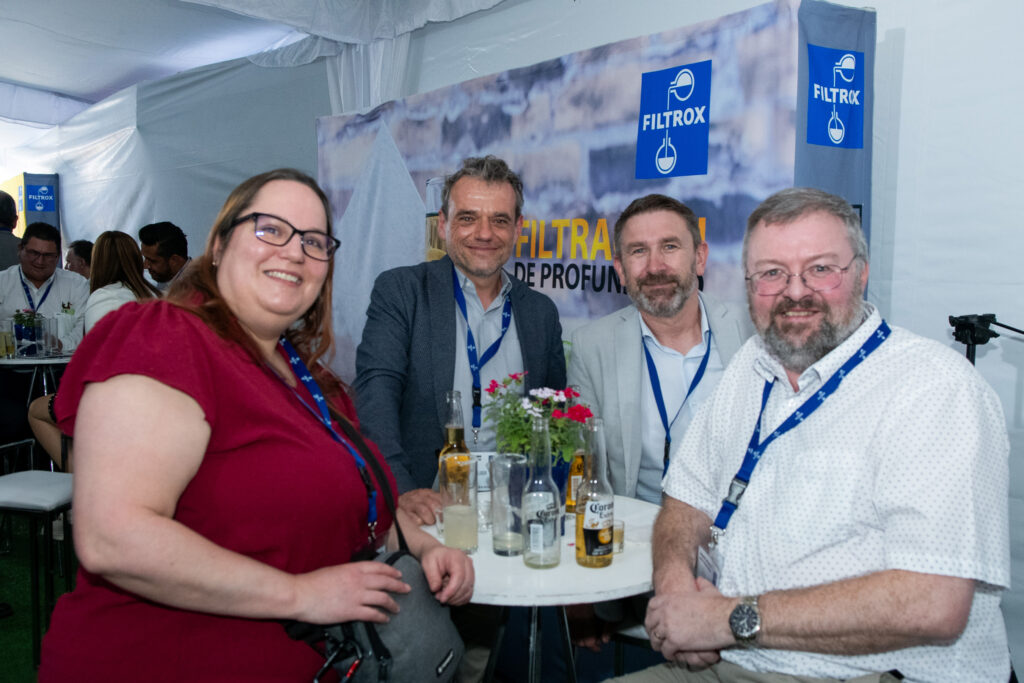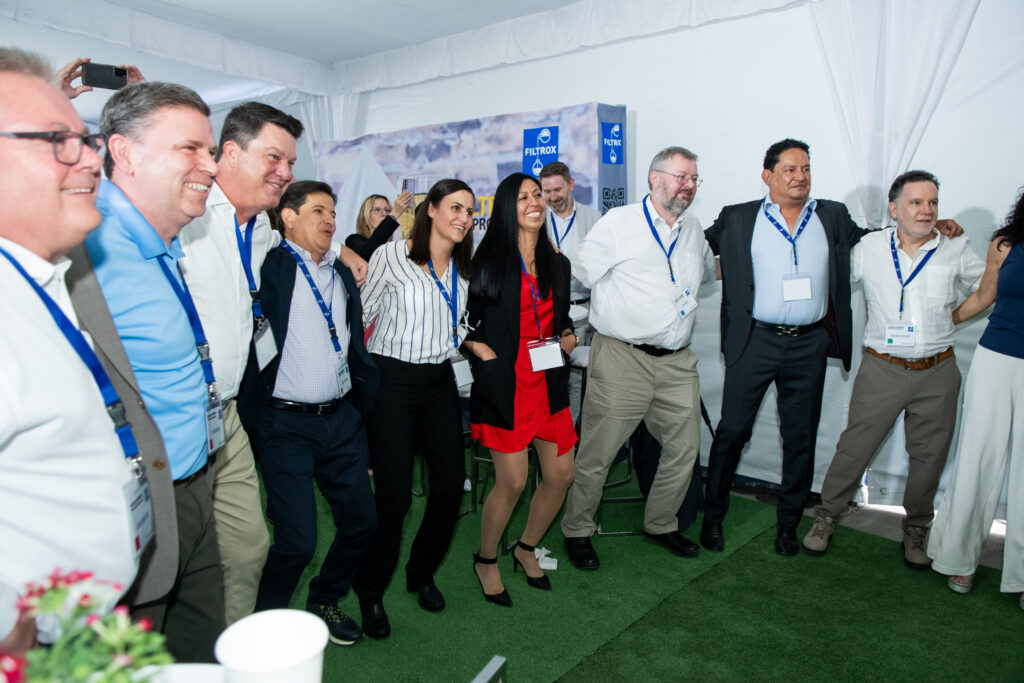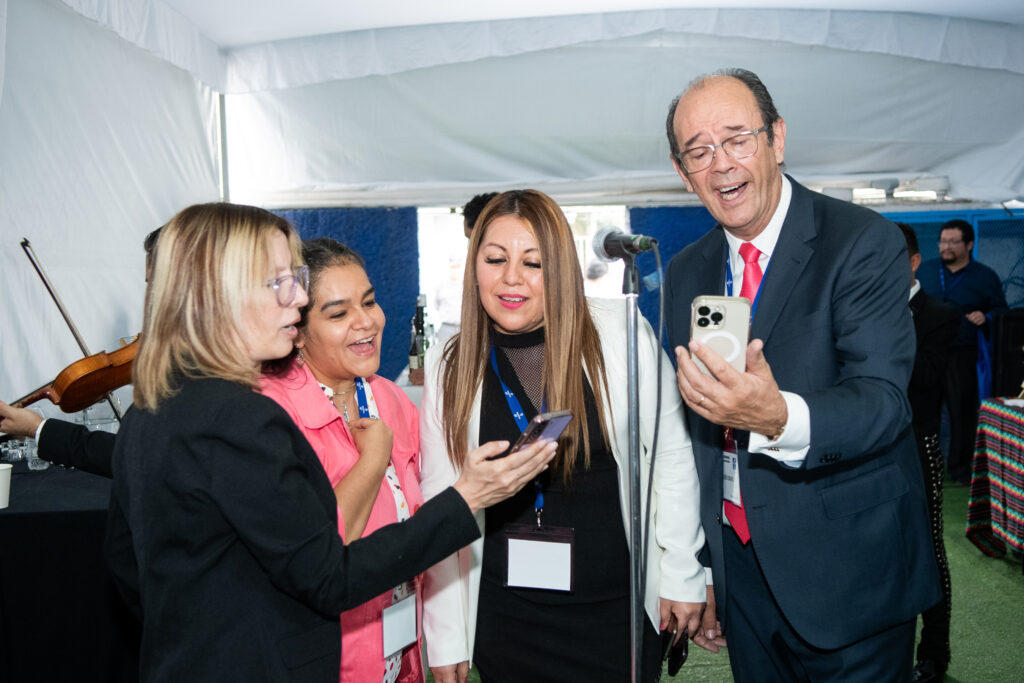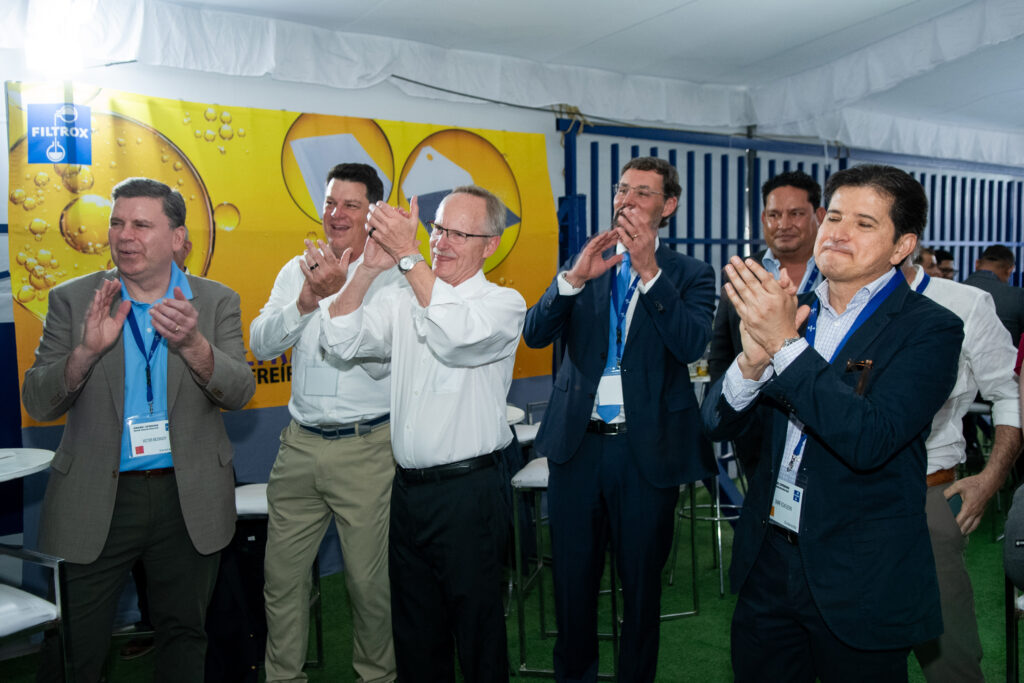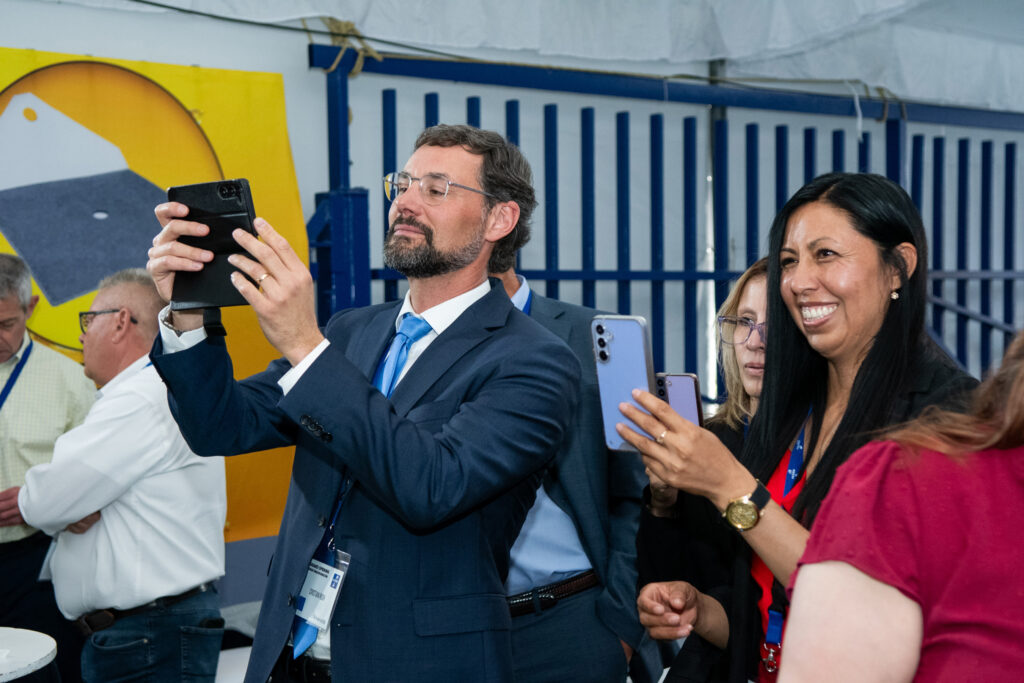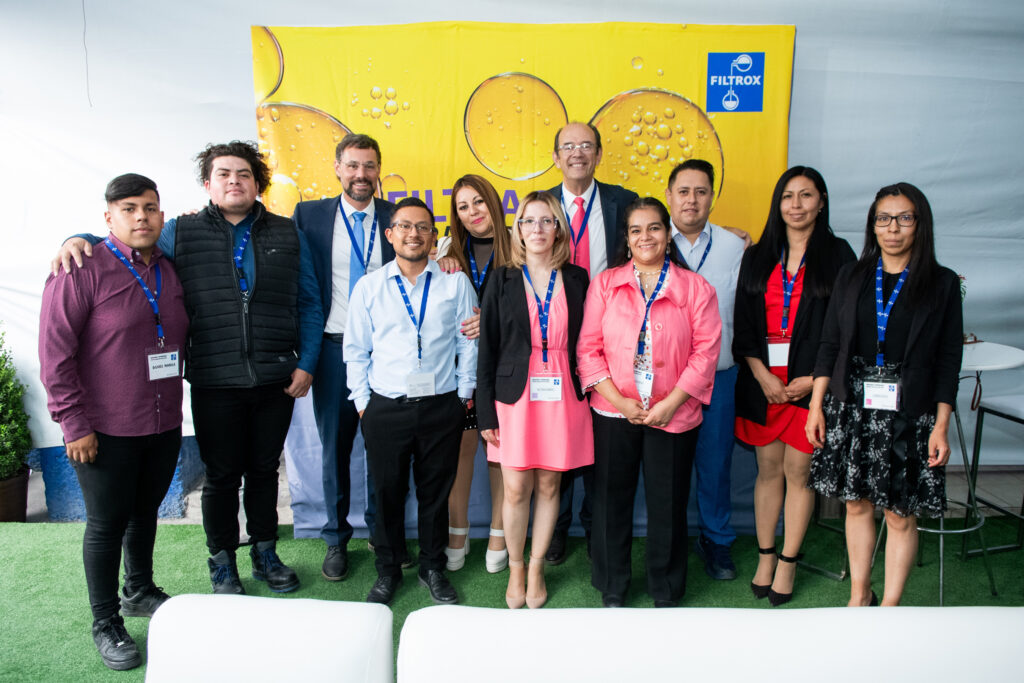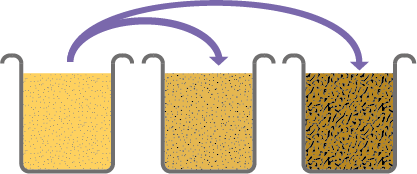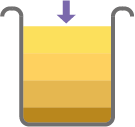We are proud to look back on the successful Grand Opening of our new and expanded production site in Barnoldswick (UK)! This milestone marks not only an investment in our site, but also in innovation, growth, and collaboration across borders.
A heartfelt thank you to our partners, colleagues, friends, and families from around the world who joined us and turned this celebration into an unforgettable moment.
We are excited about the opportunities ahead and look forward to shaping the future together!
All posts by Fosca Roman
REGISTRATION FORM
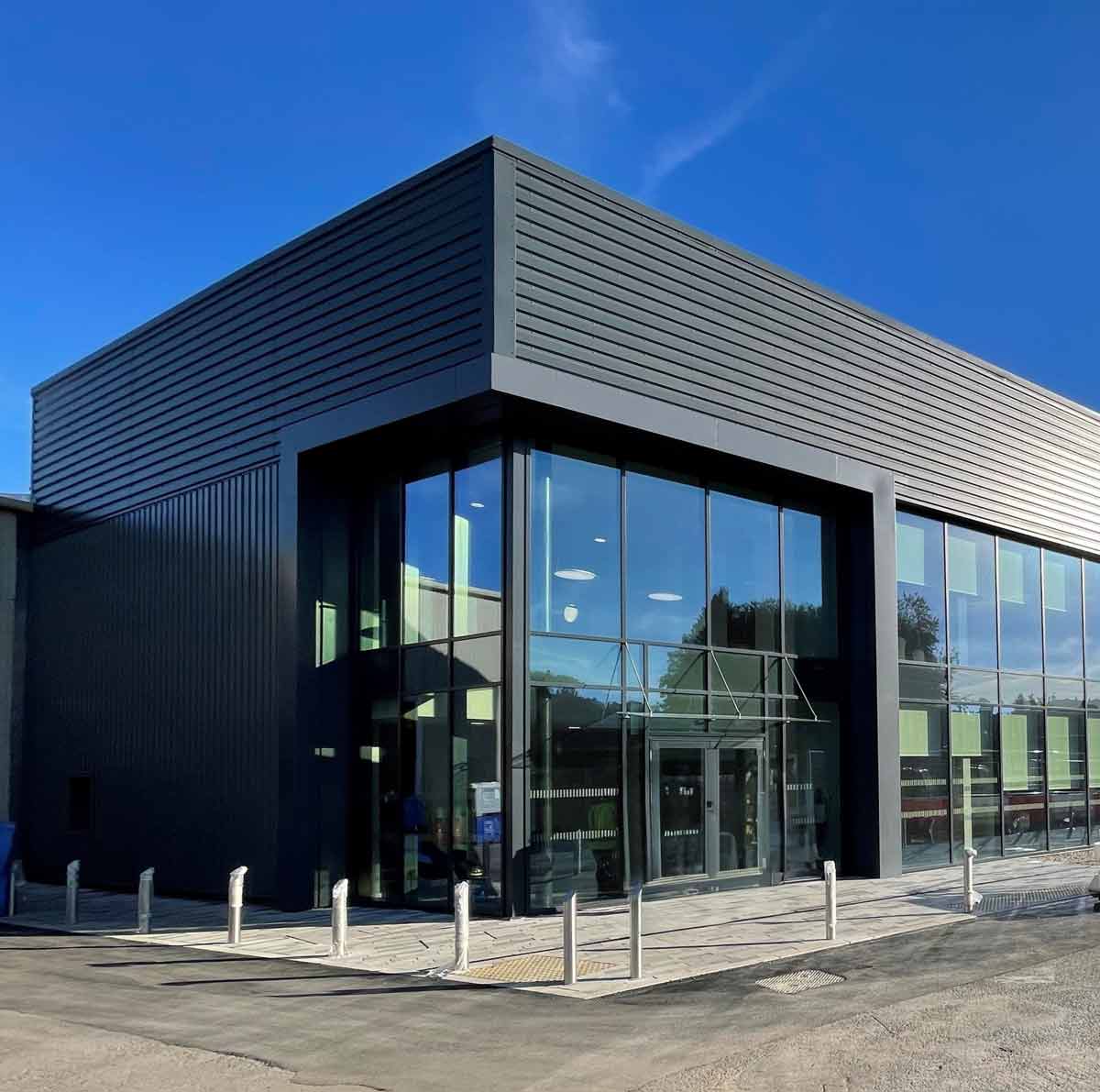
GRAND OPENING – BARNOLDSWICK
NEW AND EXPANDED FILTROX PLANT
SEPTEMBER 5, 2025
Registration deadline: June 20, 2025
REGISTRATION FORM

GRAND OPENING – BARNOLDSWICK
NEW AND EXPANDED FILTROX PLANT
SEPTEMBER 4/5, 2025
Registration deadline: June 20, 2025
PURADISC SU – SINGLE-USE FILTRATION SOLUTION
PURADISC® SU – Next-Generation Single-Use Filter Modules for Alluvial Filtration.
Innovative. Efficient. Scalable.
The new PURADISC® SU is designed to bring alluvial filtration to the next level, offering greater flexibility, efficiency, and process safety. With single-use technology, companies can reduce downtime, eliminate cleaning and cleaning validation requirements, and accelerate time to market – all while minimizing contamination risks.
Fully gamma-sterilized and ready to use, PURADISC® SU meets the highest regulatory standards in materials, production, and documentation. Its closed-system design ensures no environmental contact, making it particularly suitable for cell and gene therapy, biologics, and pharmaceutical applications. The time-consuming cleaning validation is no longer necessary when using the PURADISC® SU, as it is a closed and drip-free system.
FIND OUT MORE ⇒

ACTIVASORB Test-Kit
Choose from 6 different ACTIVASORB® filter sheets and carry out filtration tests on a laboratory scale. Achieve the results you need for seamless filtration process development with ease and simplicity. The ACTIVASORB Test-Kit contains:
- 6 different carbon sheet types
- Filter paper
- 1 reusable filter capsule
- 1 capsule holder
- detailed instructions
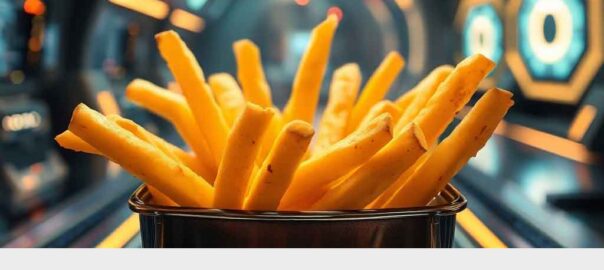
Revolutionizing Fast Food Frying Operations
In the highly competitive QSR-Industry, maintaining high-quality food standards while optimizing operational efficiency is crucial. A multinational fast food concept recently re-evaluated its frying operations to improve efficiency, food quality, and establish better methods for maintaining frying oil quality. A key part of this initiative involved evaluating different oil filtration technologies. The results revealed significant advantages of using the SuperSorb® CarbonPad over traditional methods.
Recently our FILTROX Team conducted a field test with a major QSR operator. Read here about the challenges we faced, the objectives, and finally about the resulting operatinal benefits and time savings.
The Challenge
The fast food chain aimed to enhance its frying operations by:
- Extending the service life of frying oil
- Improving food quality
- Avoiding filter media replacement because of blinding
To achieve these goals, the company compared its current filtration product, a filter paper with an activated silica-based loose filter powderagainst the SuperSorb® Carbon Pad.
The Protocol and Objectives
The study was designed to determine which filtration medium best slows down frying oil degradation, thus extending its service life and improving product quality. The test protocol included:
- Cleaning each fryer using the company’s new boil-out procedure
- Evaluating fryers individually without oil rotation
- Daily oil sampling and testing Total Polar Materials (TPM)
- Monitoring sensory properties of food products
- Assessing filtering time, operating costs, and employee acceptance of each filtration method
Success Criteria
The success of each filtration method was measured by:
- Extended useful fry-oil life over current methods
- Reduced frying oil usage
- Filtering time efficiency
- Actual cost reduction
RESULTS
Over a four-week period, the study revealed that the SuperSorb® CarbonPad significantly outperformed the other filtration methods. Key findings include:
Extended Oil Life
- SuperSorb® Carbon Pad: Average of 7 days
- Filter Paper + Activated Silica-Based Powder: Average of 4 days
Faster Filtering Time
SuperSorb® required only 15 minutes for all three fryers, 30 minutes less than the other filter pad with powder.
Safety and Handling
SuperSorb® uses no powder, eliminating handling and safety issues.
Effective Filtration
SuperSorb® with its embedded adsorbents, such as activated carbon, removes other chemical frying oil contaminants, filters down to 0.5 microns, compared to 10 microns for other filter pads.
Enhanced Product Quality
Improved food quality was consistently observed with SuperSorb®-filtered oil.
Cost Efficiency
SuperSorb® had a lower daily cost, compared to the filter paper with powder. Since the filter paper and powder combination blinded during they day, they had to replace paper and powder more than once a day. Only one SuperSorb® Carbon Pad was needed for the same amount of frying, saving fiter media costs and reduced labor costs.
Employee and Operational Benefits
One of the most significant advantages noted was the ease and speed of using the SuperSorb® Carbon Pad. Employees found the filtration and frying oil filter pad placement faster and easier, increasing the likelihood of proper and consistent use. This user-friendliness is crucial in a fast-paced restaurant environment, where efficient operations are essential.
Conclusion
The SuperSorb® CarbonPad has proven to be a superior filtration technology for fast food frying operations. Its ability to extend oil life, improve food quality, reduce costs, and simplify the filtration process makes it an invaluable tool for fast food restaurants aiming to enhance their frying operations. By adopting SuperSorb®, QSR operators can achieve better operational efficiency and deliver higher quality products to their customers.
Contact Us Today! See the difference for yourself with a free sample of SuperSorb® Carbon Pads. Experience firsthand the superior filtration and oil quality improvement that our pads offer.
Sustainability Report 2023
We are pleased to present our latest sustainability report 2023, which outlines our commitment to responsible business practices and our efforts to minimize our impact on the environment.
This report provides a comprehensive overview of our sustainability efforts throughout the year, highlighting our progress, achievements, and ongoing commitment to environmental responsibility. We thank you for your interest in our sustainability management and hope this report will make for
interesting reading for you.
Find out more on our Sustainability Page ->

Grand Opening Ceremony in Mexico
Last week marked again a milestone in FILTROX history as we unveiled our new production line at our facility in Tlalnepantla, Mexico! It was an honor to host guests from the U.S., Mexico, Peru, Colombia, Guatemala, the Dominican Republic, and Brazil, including esteemed officials, suppliers, partners, and distributors. His Excellency Piero Piffaretti, the Swiss Ambassador to Mexico, joined José Maria Padilla of the State of Mexico and Carmen Ugalde of Tlalnepantla City for the ribbon-cutting ceremony.
A huge thank you to the organizing committee for their stellar preparation, and to the entire FILTROX Team in Mexico for their outstanding hospitality! This achievement is a testament to the power of teamwork.
Grand Opening Celebration
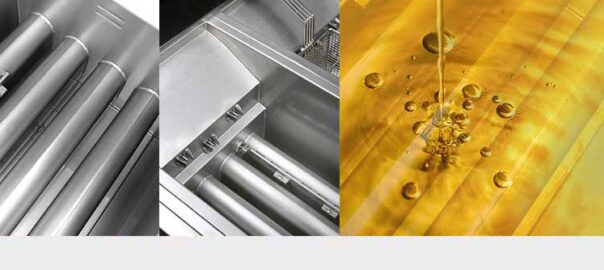
Keep your Fryers Clean
Cleaning deep fryers is essential for operators, that rely on their fryer. The best way to clean your fryer is by boiling it out.
What Does It Mean to Boil Out a Deep Fryer?
Boiling out a deep fryer is the process of removing old, degraded oil, adding water and cleaning solution, and then boiling the water to thoroughly clean the interior of the fryer and remove any oil and frying debris.
Why Should I Boil Out My Deep Fryer?
One of the main reasons operators should boil out their deep fryer is because it protects the taste of their food. Old food and dirt in your deep fryer can affect the oil, which affects the flavor of the food fried.
Boiling out your deep fryer also helps frying oil to last longer. If operators don’t boil out your fryer, there may be proteins, polar contaminants, and other materials that can affect frying oil immediately after it’s added, which causes oil to deteriorate faster. By boiling out the deep fryer, you ensure frying oil to last longer and save money on replacement costs.
If operators get into the habit of regularly boiling out their deep fryer, they will be able to use fewer chemicals, because it will prevent dirt from building up.
Step-by-Step Instructions
for boiling out a deep fryer
Drain all the oil from the fryer and safely, discard it via an oil caddy and an approved oil discharge container.
Use a fryer cleaning rod to clean remaining debris out of the drain line if needed.
Rinse the fryer with hot water to remove excess undrained fat.
Fill the fryer with cool water within at least 8-10 cm (3-4″) of the top. Then, add your deep fat fryer cleaner. Check the instructions on the bottle to find the specific amount you need to use. If you clean a pressure fryer, please DO NOT CLOSE THE LID!
Boil slowly as per cleaning-aid instructions.
Allow the fryer to drain slowly. When the water has drained, use a suitable fryer brush to clean the sides, top, and heating elements of the fryer.
Rinse thoroughly to remove all residue (any soaps left into the vat will quicker degrade the new oil).
Add new oil.
Note: refer to the operations manual of the fryer for safety and fryer specific information! Always wear PPE (personal protective equipment)!
Boiling out deep fryer at regular intervals can help improve the taste quality of fried food, cut down on oil replacement costs, and improve the life of your fryer. It’s a simple process that involves removing the oil, adding water, and cleaning solution, boiling until stuck-on grease and dirt come off, and finally adding in fresh oil.

Frying oil cascading versus cradle to grave
Extending the frying oil shelf life whilst maintaining product food safety and quality is one of the goals of food service operators. Filtering the frying oil regularly is by far the most important recommendation to achieve it.
Besides filtering, there are 2 other procedures restaurants follow to try to extend oil life, named frying oil cascading (rotation) or “cradle to grave”.
The oil degrades at different rates in the fryers vats when frying different types of food. When operators use cascading, oil is moved from a Vat with lower debris, lighter oil color (less “hostile” frying oil environment) to Vats with higher debris and darker oil color (more aggressive circumstances).
From experience, the frying oil life is maintained better when the “cradle to grave” operation is followed. There are some technical explanations that could support the preference for the “cradle to grave” approach.
Below are the advantages of it:
- No risk of frying oil contaminants being transferred from one frying vat to another.
- Less risk of allergens and off flavors cross contamination among products.
- No work involved in transferring the fryer oil from one vat to another.
- Easier to control frying oil service shelf life via frying oil quality parameters.
By working with the cradle to grave practice, the frying oil is allowed to run its normal degradation course and be discarded when the end point frying oil quality parameter is reached, thus maintaining a longer fry-life.
Therefore, it is always a good practice to maintain cradle to grave approach in restaurant fryer operations to obtain longer oil fry-life and avoid product food safety and quality issues.
NEW LIBRASORB® MX – Treatment specially for Reds
LIBRASORB® MX
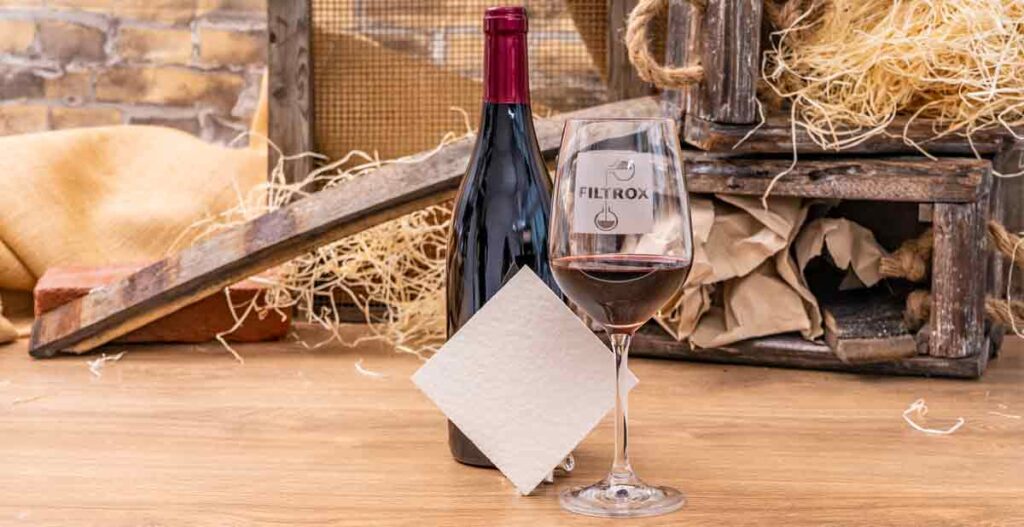
The new filter media for selective removal of unwanted moldy and brett off-flavors. Unlock the true essence of your Red.
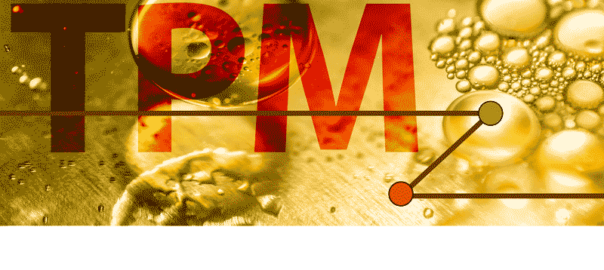
Frying Oil Quality Legislation
The quality of fried food is highly linked to the conditions of frying oil. Although there is not one specific worldwide regulation for frying oil quality, several countries have adopted guidelines or created regulations for the matter. Most of them are based on studies done regarding frying oil stability during cooking and possible deleterious effects in human health.
Nowadays, Total Polar Compounds (TPC) or Total Polar Materials (TPM) is the most common frying oil parameter. These are the most reliable to determine the oil quality, according to the German Society for Fats Science (DGF). The TPM value provides information on the quantitative proportion of polar and non-polar compounds in cooking oil. In Europe, determining the TPM value has become the standard reference protocol. For assessing the fats and oils quality in deep-frying conditions in foodservice, it is one of the best quality indicators. As a result, several countries have set the limits of 24 to 27% TPM for degraded frying oil. In countries such as the USA and Australia, where TPM is not a legal limit value, the parameter is becoming increasingly used by foodservice operators as an internal benchmark.
Some countries use acid value (AV) or free fatty acids (FFA) as quality standard. According to American Oil Chemists’ Society Official Methods and Recommended Practices, FFA is obtained dividing AV by the factor 1.99.
Below are some countries with guidelines or regulations in place to determine frying oil quality for Foodservice.
| Country | Parameter | Limit (%) |
|---|---|---|
| Austria | TPM | ≤ 27 |
| Belgium | TPM | ≤ 25 |
| Brazil | TPM | ≤ 25 |
| Chile | TPM | ≤ 25 |
| China | TPM | ≤ 27 |
| Costa Rica | TPM | ≤ 25 |
| Czech Republic | TPM | ≤ 25 |
| Finland | TPM | ≤ 25 |
| France | TPM | ≤ 25 |
| Germany | TPM | ≤ 24 |
| Hungary | TPM | ≤ 30 |
| India | TPM | ≤ 25 |
| Italy | TPM | ≤ 25 |
| Japan | Acid value | ≤ 3 |
| Panama | TPM | < 25 |
| Poland | TPM | ≤ 25 |
| Portugal | TPM | ≤ 25 |
| South Korea | Acid value | ≤ 3 |
| Spain | TPM | < 25 |
| Switzerland | TPM | ≤ 27 |
| Thailand | TPM | ≤ 25 |
| The Netherlands | TPM | ≤ 27 |
| Turkey | TPM | ≤ 25 |
Filtering the frying oil frequently and having a consistent procedure to discard it according to quality parameters is the best way to improve oil life and keep fried food quality.
If you want to learn more about this and other frying oil technical topics, please contact FILTROX.
EcoVadis awarded Bronze Medal
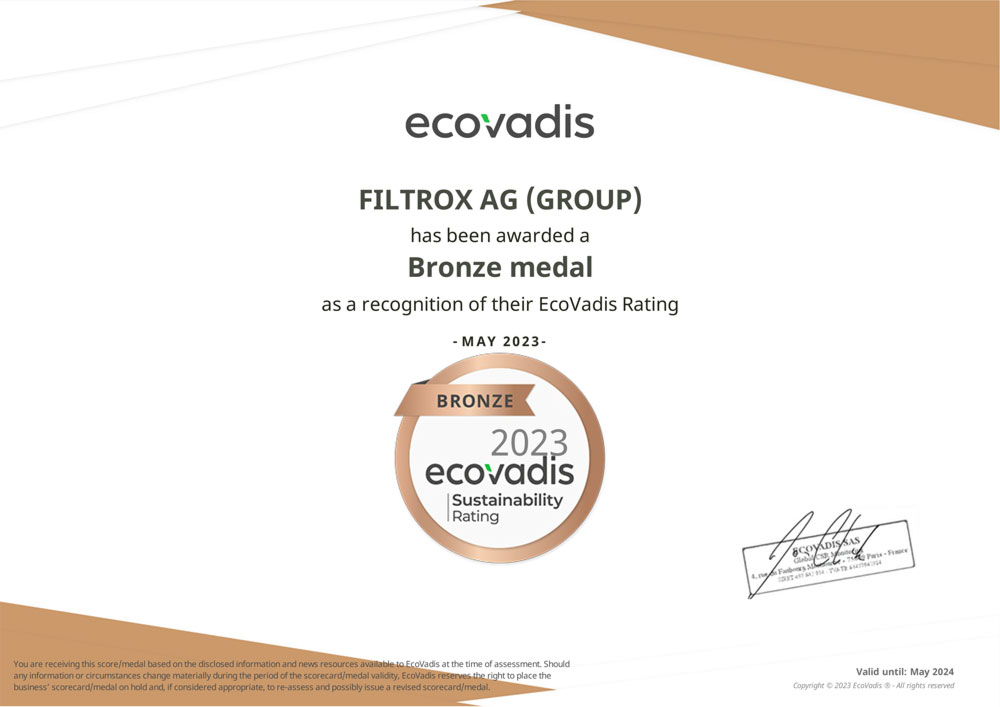
We have been awarded a Bronze medal as a recognition of EcoVadis Rating. This is a significant achievement that reflects our commitment to sustainability and responsible business practices.
EcoVadis is a global sustainability rating platform that evaluates companies on a range of environmental, social, and ethical criteria. Their comprehensive assessment process looks at our policies, practices, and performance across a variety of areas, including environmental impact, labor and human rights, and business ethics.
Sustainability Report 2022
We are proud to present our first sustainability report, which outlines our commitment to responsible business practices and our efforts to minimize our impact on the environment.
A large part of the work consisted of creating the measurable basis for a sustainable future in which facts and figures were collected and analyzed. Then we have initiated and implemented a number of activities and measures.
We believe that transparency and accountability are essential to achieving our sustainability goals, and we are committed to reporting on our progress regularly. We will continue to work towards reducing our environmental impact and promoting social responsibility, and we look forward to sharing our progress with our stakeholders in future reports.
Find out more on our Sustainability Page ->
Scale-up Test Kit
Finding the right depth filter is not easy and often time-consuming. The FILTROX Scale-up Test Kit supports you in finding the best depth filter solution for your application in a simple and efficient way, whether depth filtration or alluvial filtration.
With the included material, you can start with 20 mL experiments and scale-up the results to your desired batch size.
Application Note: Clarification of 3 Herb Extract
This application note is about the clarification of a 3 herb extract for cosmetic products using depth filtration. In collaboration with WELEDA in Arlesheim, Switzerland
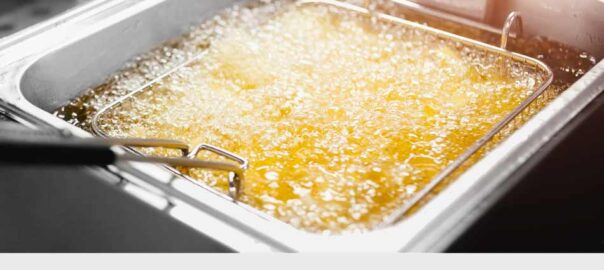
Frying Oil Degradation Process
Frying oil degradation is a very complex process. It involves several chemical and physical reactions between the frying medium and the product. During frying, physical changes occur, such as heat being transferred from the heating elements to the frying oil and consequently from the oil to the food. Heat causes water in the food to evaporate and reacts with the frying medium.
In addition, there are several chemical reactions occurring among food, frying medium and air. These interactions, influenced by the frying oil, food types as well as frying conditions and oxygen availability are interrelated and produce a complex mixture of substances. The chemical reactions frying oil undergoes are oxidation, hydrolysis and polymerization.
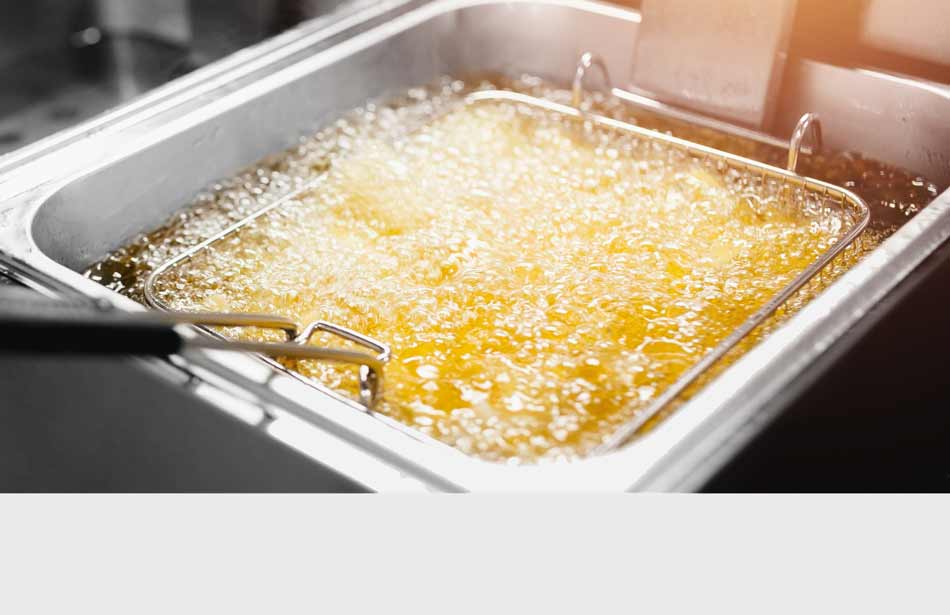
Oxidation
The oxidation is the interactions of the frying oil with oxygen, either coming from air or from the product. Oxidation by-products are hydroperoxides, ketones, dimers, among others. These compounds evolve to other volatile and non-volatile components, like alcohols and aldehydes.

Hydrolysis
Hydrolysis is the chemical reaction between water and the frying oil, producing, among other components, free fatty acids. Free fatty acids can increase the hydrolysis process by interactions with steam released by the product during the frying process.

Polymerization
Polymerization results in the formation of very large molecules (high molecular weight) in the frying oil. Polymers increase frying oil viscosity and cause foaming. In extreme cases it forms a yellow lacquer on the frying heating elements and vat wall. It impairs a bitter taste and higher frying oil absorption in the fried product.
.
Oxidation, hydrolysis and polymerization by-products are considered polar substances, which can be measured as total polar materials or components (TPM or TPC). TPM/TPC is the best parameter to evaluate frying oil quality in Foodservice.
Please read more about Frying Oil Degradation in our Article “Restaurant Frying Oil Quality Parameters”.
If you want to learn more about this and other frying oil technical topics, please contact FILTROX.

Frying Oil Filtration Methods
Frying is a popular method of cooking because it is quick, easy and usually results in delicious food.
During the frying process cooking oil is being exposed to heat and all kinds of contaminants (breading, batter, crumbs, marinades, ice particles from frozen food etc.) reducing its lifetime. To extend frying oil service life filtration is the most important step. It helps to control consistency of food and keeps operational costs down.
These are the common methods applied to frying oil.
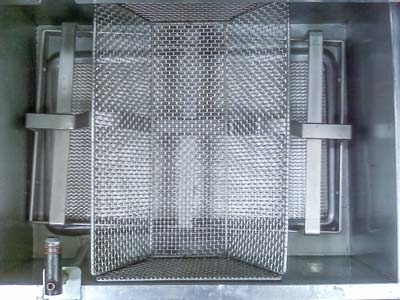
Passive Filtration
Surface filtration / Passive filtration removes particulate from the oil through sieving. This is the method commonly referred to simply as “filtration”. Examples of passive systems are filter paper, bag filters and steel screens (mechanical removal of solids). This is anything from 2 mm to 4 mm screens down to typically 50 microns. These systems remove only the insoluble particulates of certain sizes.
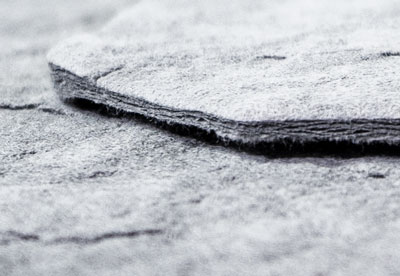
Depth Filtration
Depth filters consist of a relatively thick layer of porous materials containing irregular and tortuous channels. Particles are entrapped within this matrix. Depth filters have greater porosity than passive filters and are not “blinded” (reducing or shutting off pores, thereby shutting off flow through the filter) as easily as passive filters. The increased depth of the filter media allows multiple stages of filtration.
- arger solids are held on the surface of the pad.
- Smaller solids are trapped within the structure. The structure has a very high number of internal pores, it holds a high degree of solids.
- The internal structure gets thighter the further you travel through the pad ensuring even the finest solids are trapeed.
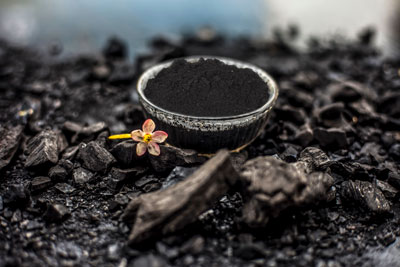
Active Filtration or Treatment
These filters include active materials such as adsorbent powders and activated carbon. Besides the before described surface and depth filtration. Filters with active powders (e. g. filter pads) remove and reduce metallic ions, soaps, color, odor, off flavors and even finer particulates suspended in the oil. The removal of these contaminants, help to extend the service-life of frying oil.
.
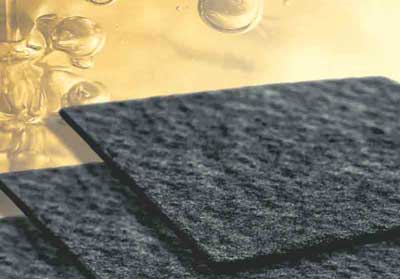
Efficient and Effective Combinations
The combination of depth and active filtration are the most efficient frying oil filtration media. They combine a fine filtration with treatment of the oil and do not only remove small particles, but also suspended contaminants. The combination of depth filtration and treatment results in the highest frying oil service-life and costs savings.
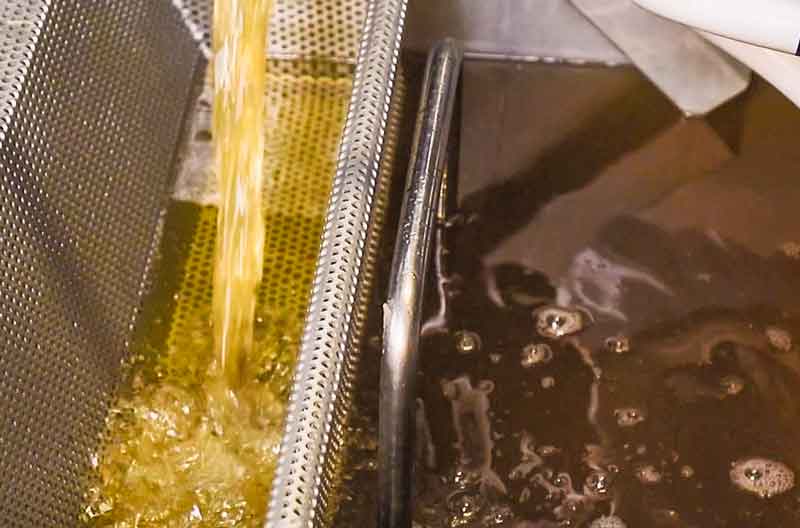
Important Note
For successful frying-oil-management, it is important to filter regularly. Filter frying oil twice a day should be the minimum to succeed in slowing down the oil-degradation process.
If you want to learn more about this and other frying oil technical topics, please contact FILTROX or find out more on our frying oil filtration page

Frying Oil Best Practice
Frying oil is widely used in the food service.
Monitoring and managing Frying Oil is important to guarantee consistent high food quality. Furthermore, Frying Oil has an impact on the operation costs, especially since the prices of Frying Oil have increased significantly.
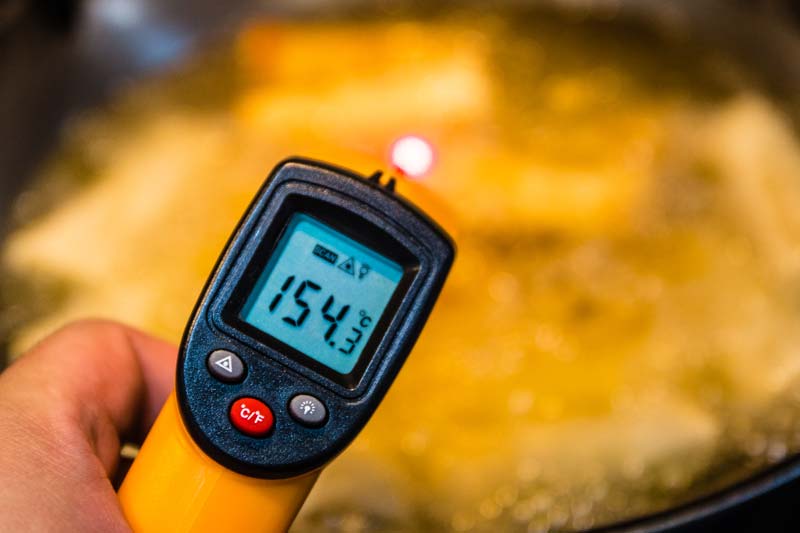
1. Temperature
The set-point temperature preferably lies within a range of 160 – 175 °C (320 °F – 347 °F). Higher temperatures do not mean shorter cooking times but lead to an acceleration of frying oil deterioration (and acrylamide formation within starch containing foods).
The temperature control should be examined regularly using an external thermometer for accuracy and the temperatures should be documented in the context of a HACCP concept.
Do not overfill fry baskets, to avoid a strong temperature decrease during the start of the frying process. Modern fryer with electronic or computer control have an appropriate temperature control system which reacts fast on any temperature changes. Fryer with mechanical temperature controls may cause substantial temperature differences which can lead to a faster fat degradation.
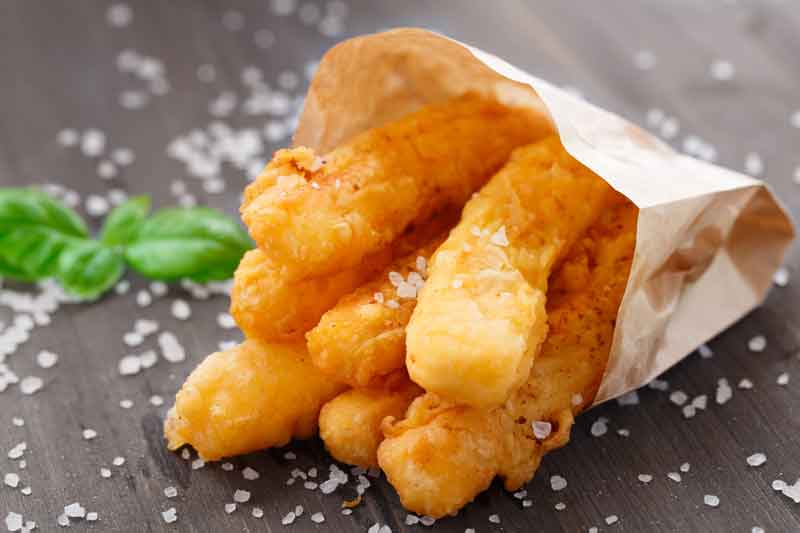
2. Avoid salts and spices before frying
Especially salt promotes the migration of water from the inside to the surface of the food and the formation of toxic substances. Never add salt or spices over the VAT before or after the food has been cooked.
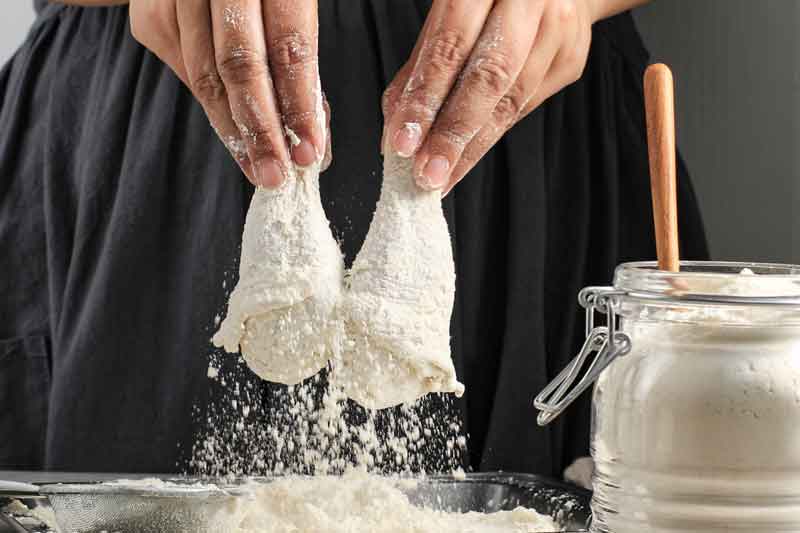
3. Shake off crumbs
Before inserting breaded foods, e. g., nuggets, chicken-fingers, schnitzel, loose crumbs should be shaken from the foods. Small parts char easily in the fryer and accelerate frying oil degradation. Especially when food is freshly breaded this is very important!
.
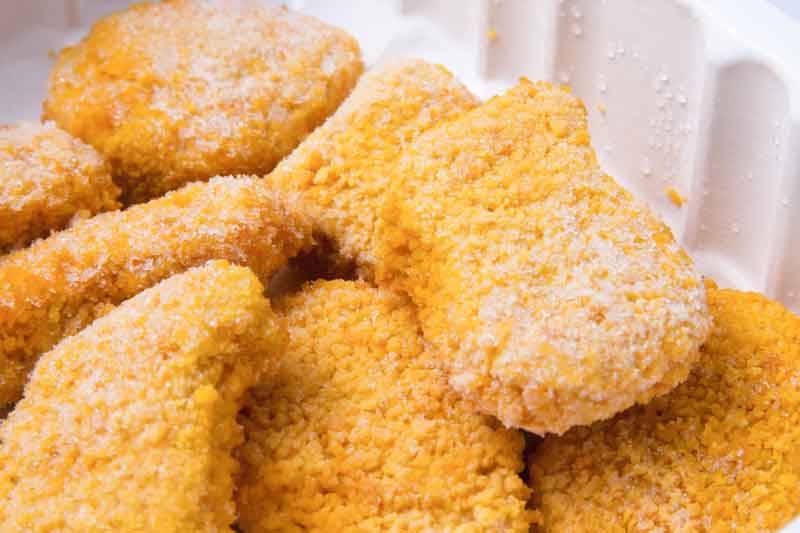
4. Frozen foods
Do not load fry baskets over the fryer. Ice crystals and crumbs will accelerate the oil degradation process.
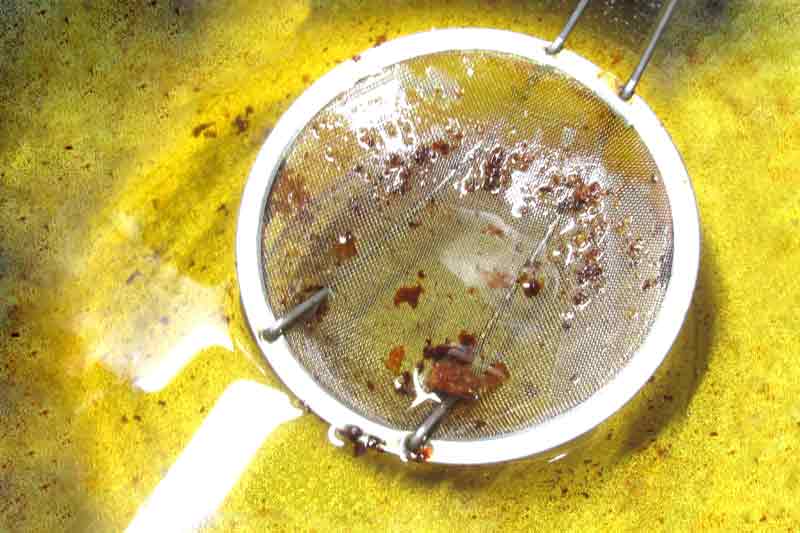
5. Skim oil frequently
Maintain fryer vat free of floating debris by skimming the oil periodically. Burnt food pieces will speed up frying oil degradation.
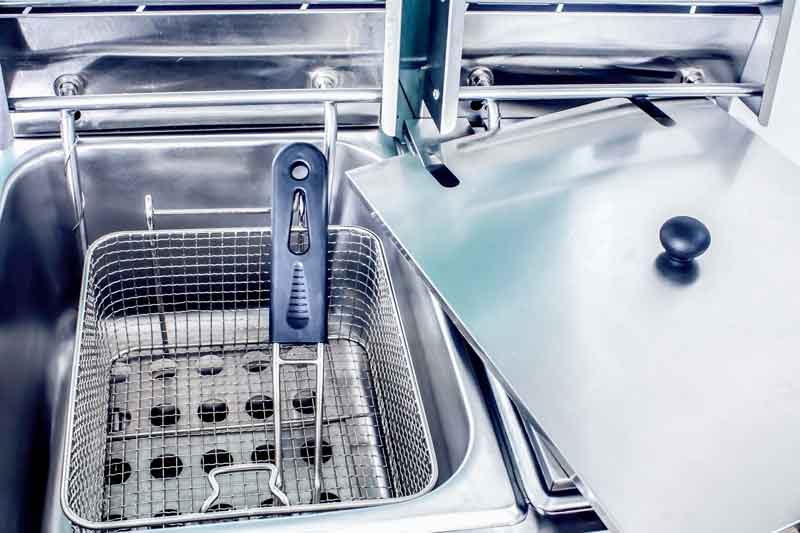
6. Cover VAT
Covering of the fryer not in use: to protect the fat against oxygen, light, dust and other contaminants, the VAT must be covered. This prevents additional deterioration of Frying Oil by oxidation and photooxidation.

7. Filtration
Frequent filtering is the single most important thing you can do to extend the life of your frying oil. Regular filtration (min. twice a day) ensures frying oil contaminants removal which speed up oil degradation. If fresh breaded products are fried a higher frying oil filtration frequency is strongly recommended!
Increasingly, built-in filtration systems are used which clean frying oil. Active and passive filter cannot regenerate the deep-frying medium but help to slow down the frying oil degradation and extend its service-life.
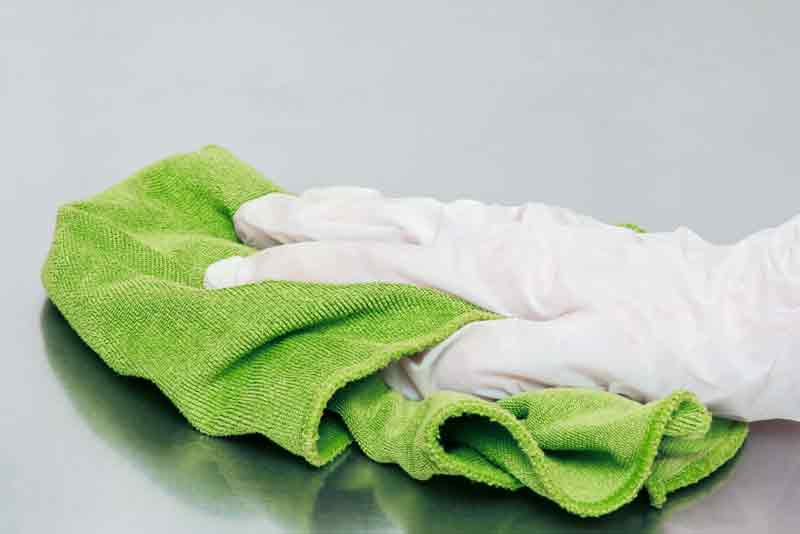
8. Cleaning
After the oil degradation point has been reached (see our article “Frying Oil Quality Parameters”). Fryer is to be emptied and cleaned. Fat must be removed to avoid oxidation. Gummed deposits on the heating tubes reduce the heat transfer and should be removed. Any fat rests will promote faster fat deterioration of fresh frying oil and quality losses when the deep-frying is operating again. Important: thoroughly rinse the VAT after cleaning to ensure remaining soaps to be flushed out of the fryer.
If you want to learn more about this and other frying oil technical topics, please contact FILTROX or find out more on our frying oil filtration page
